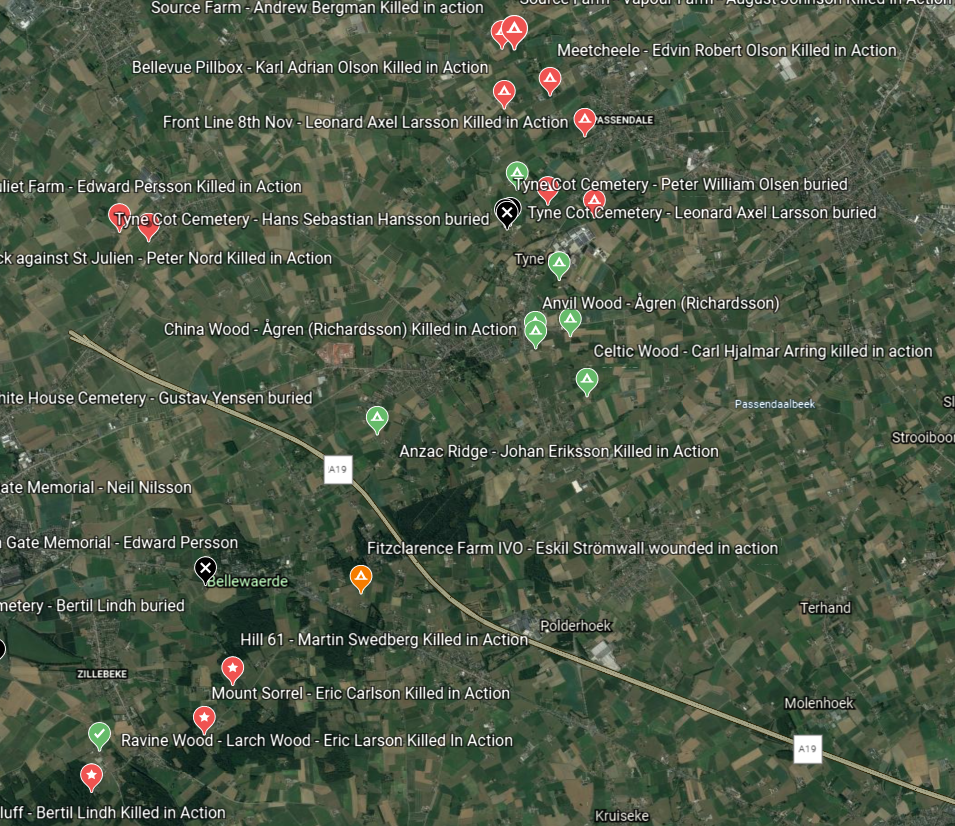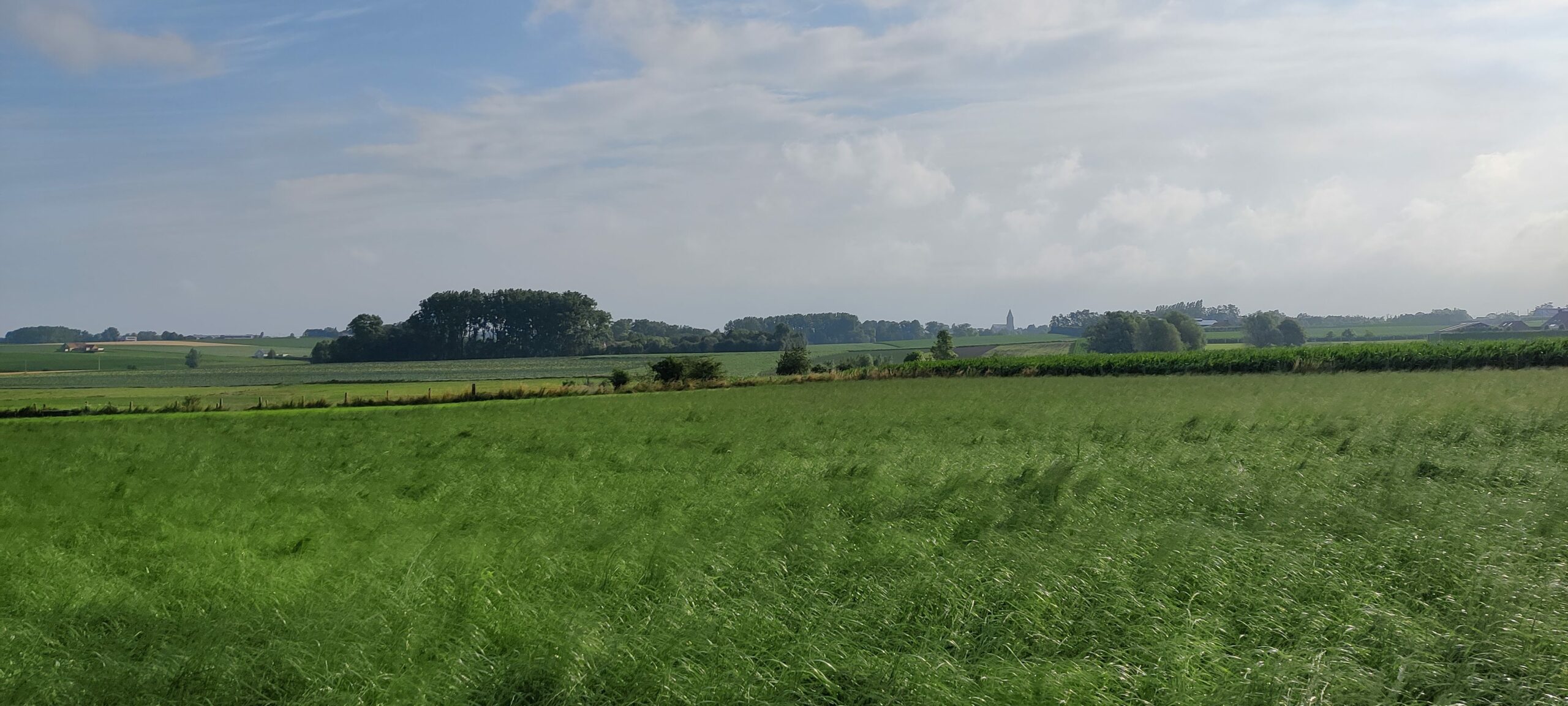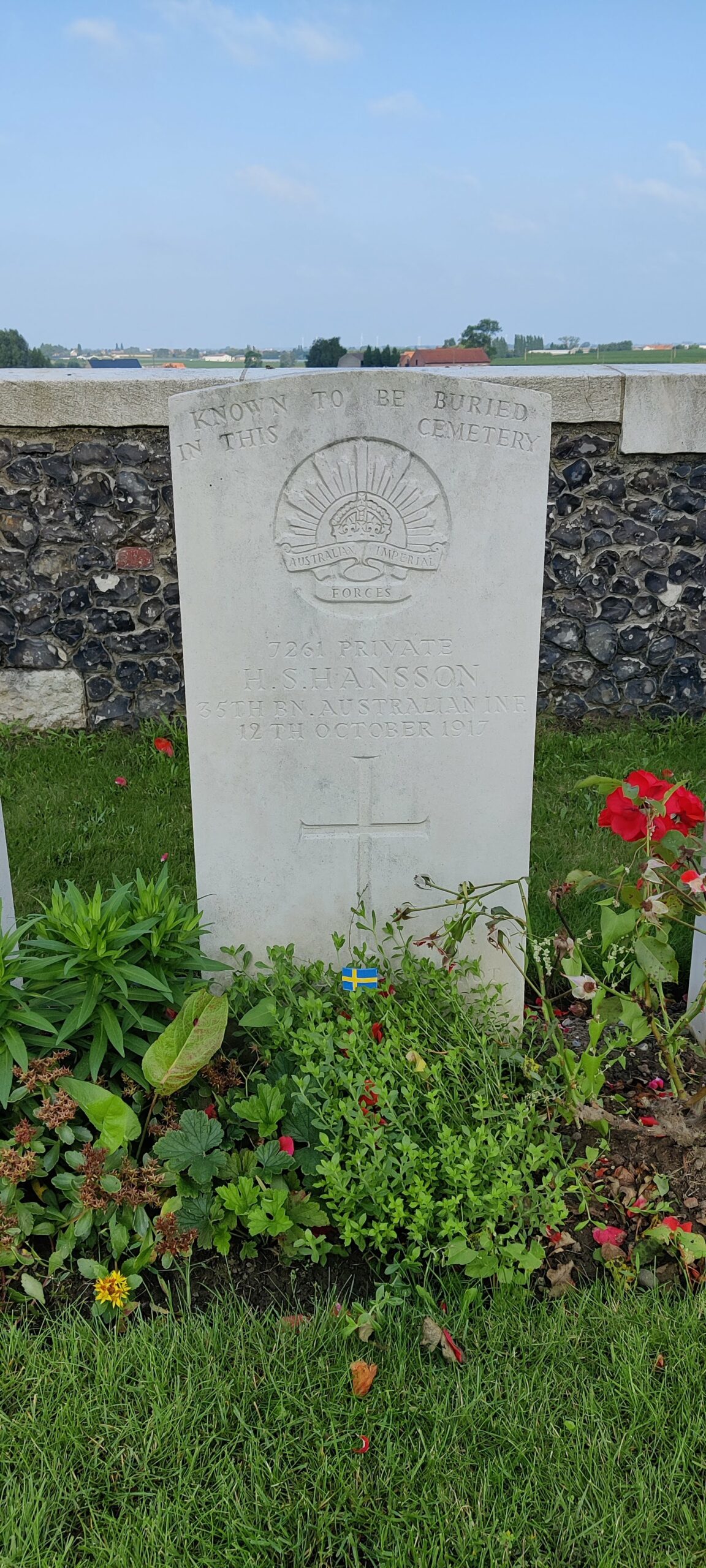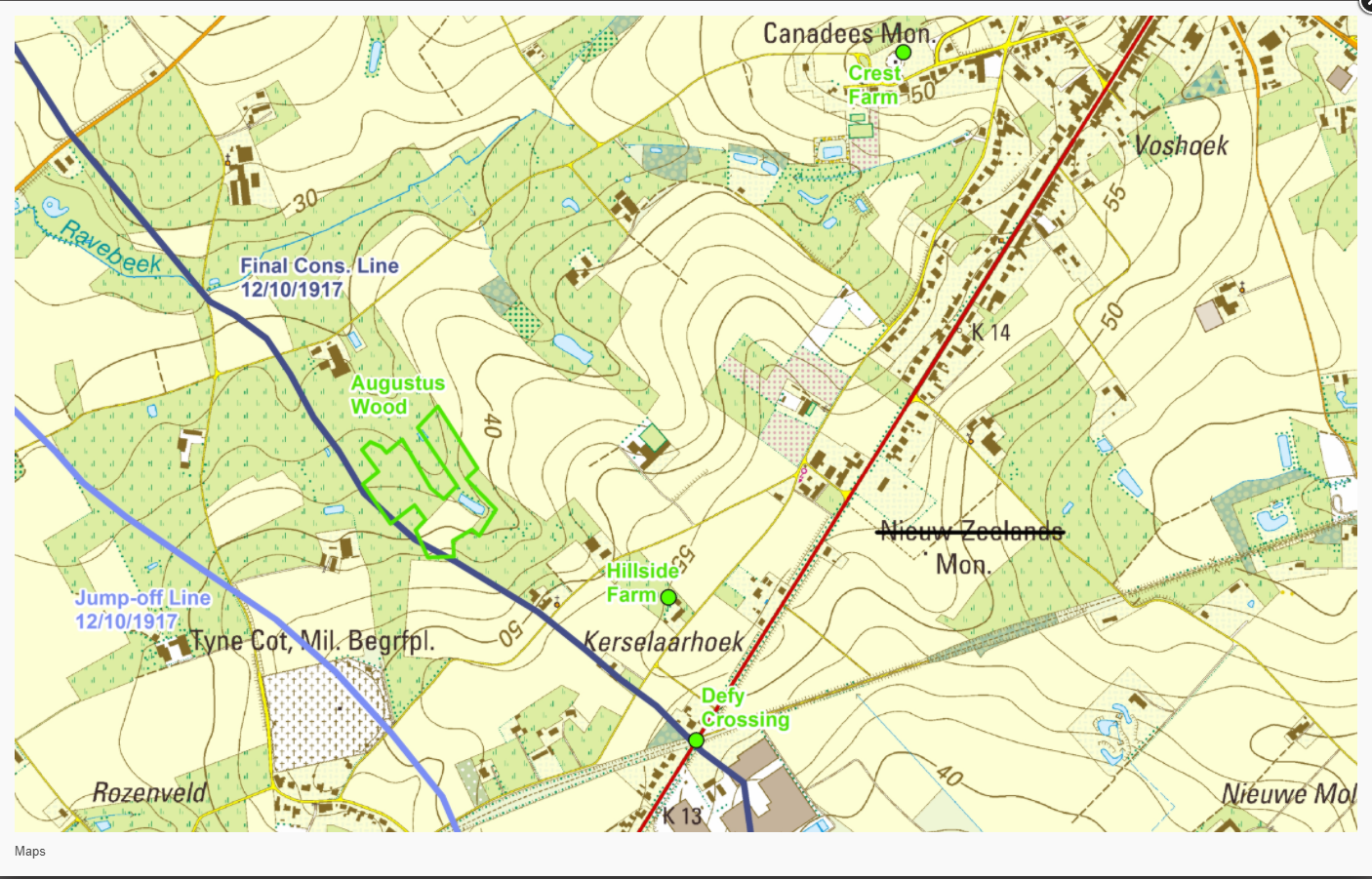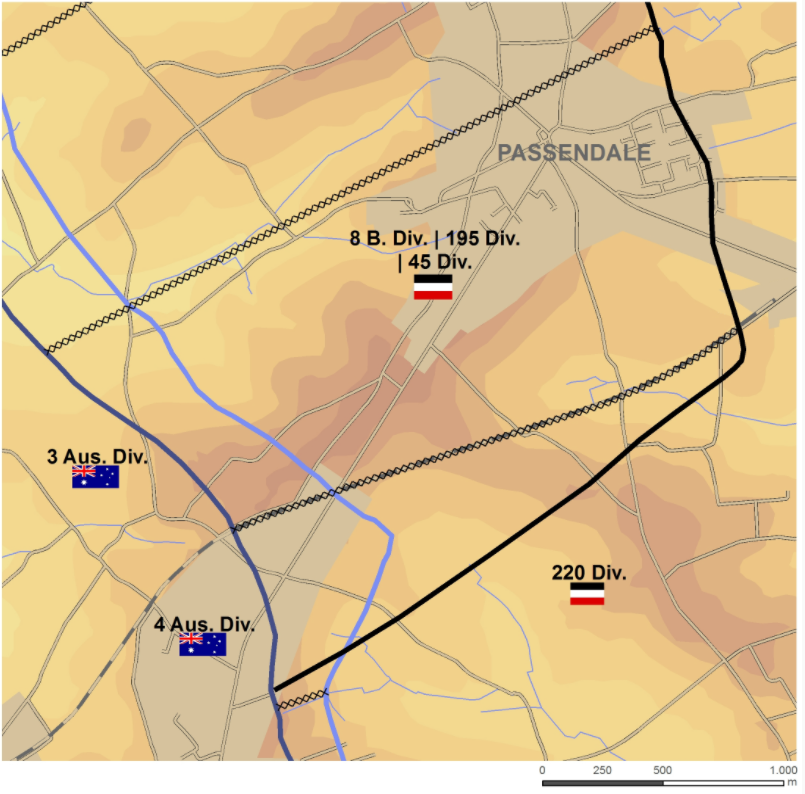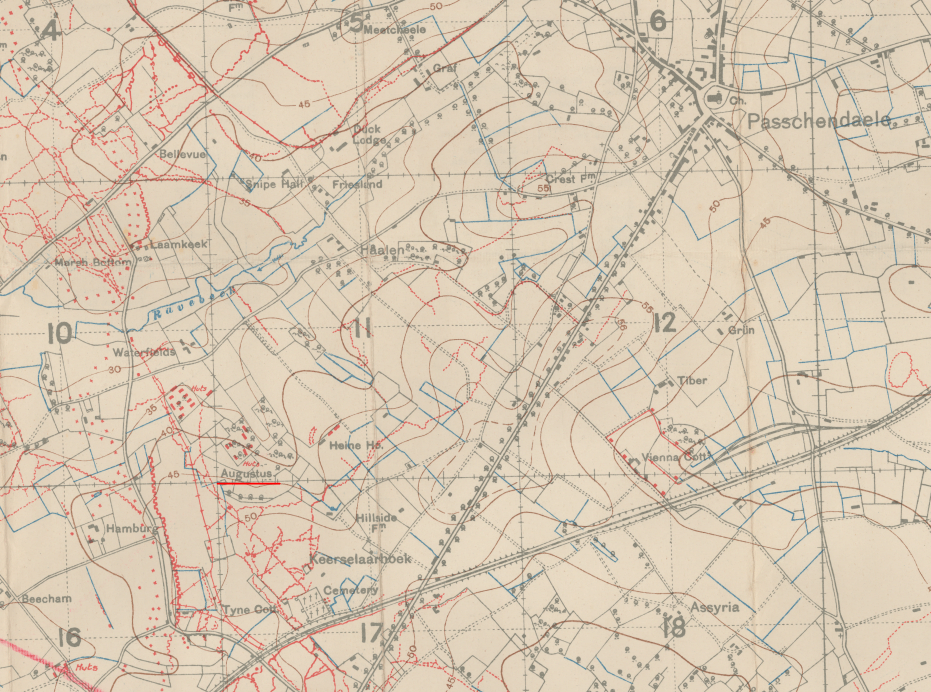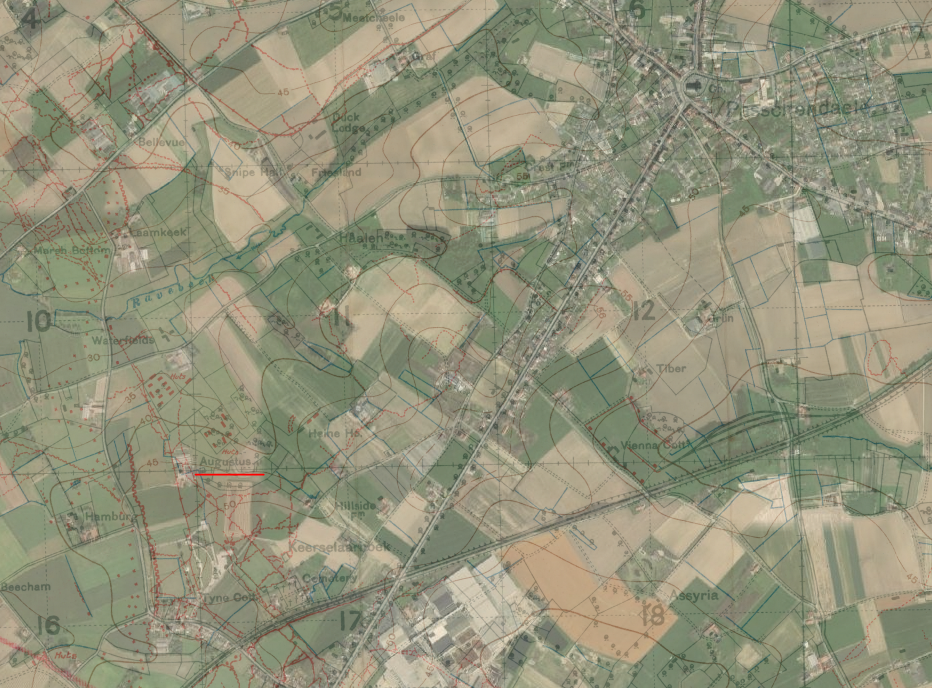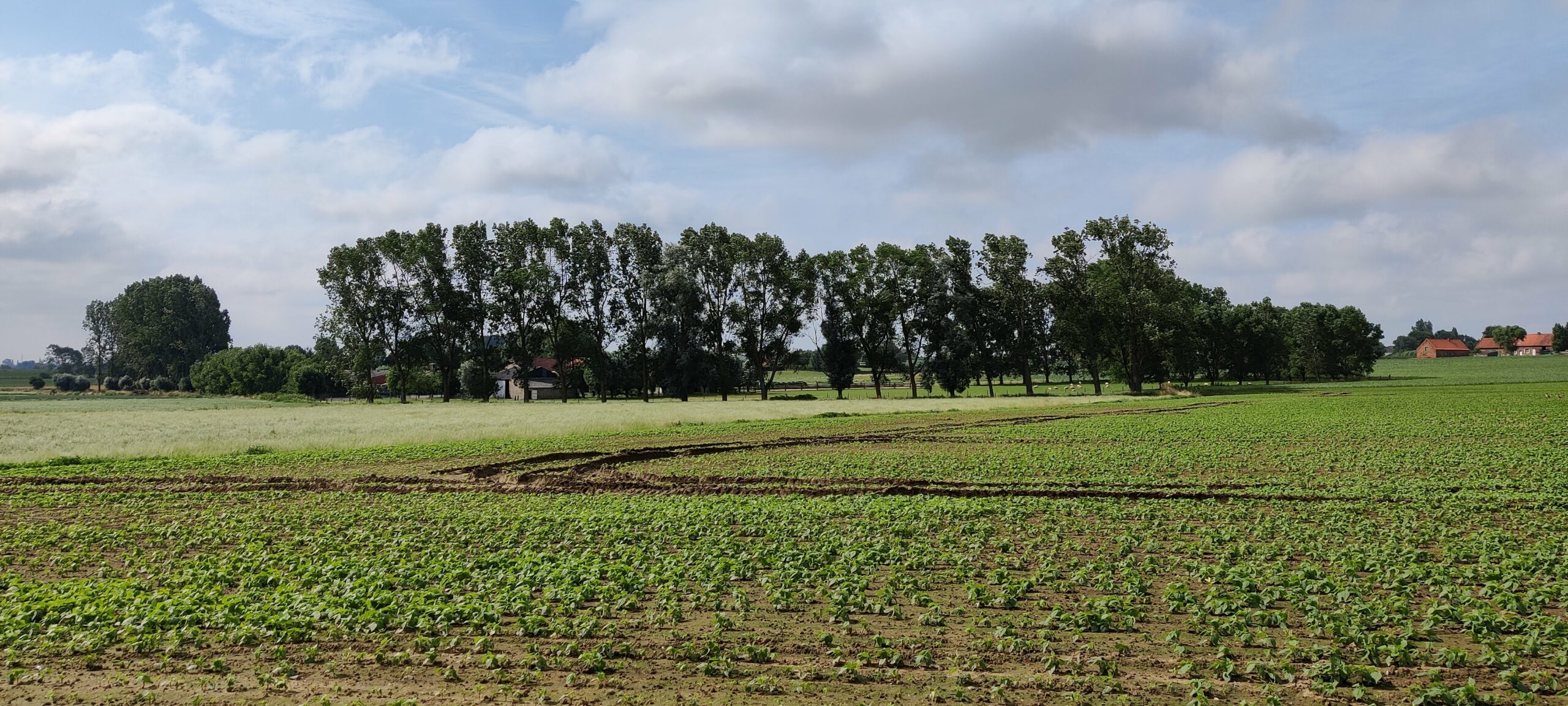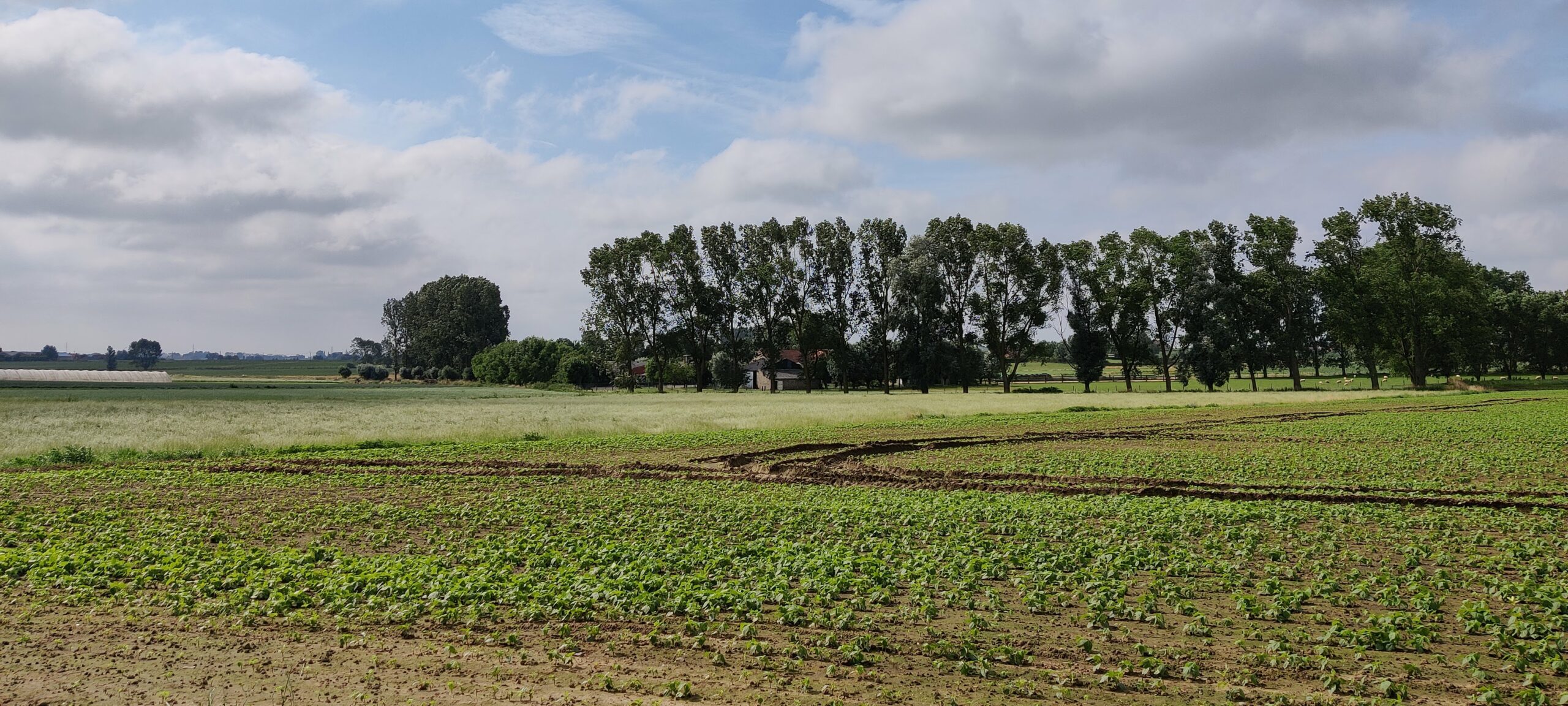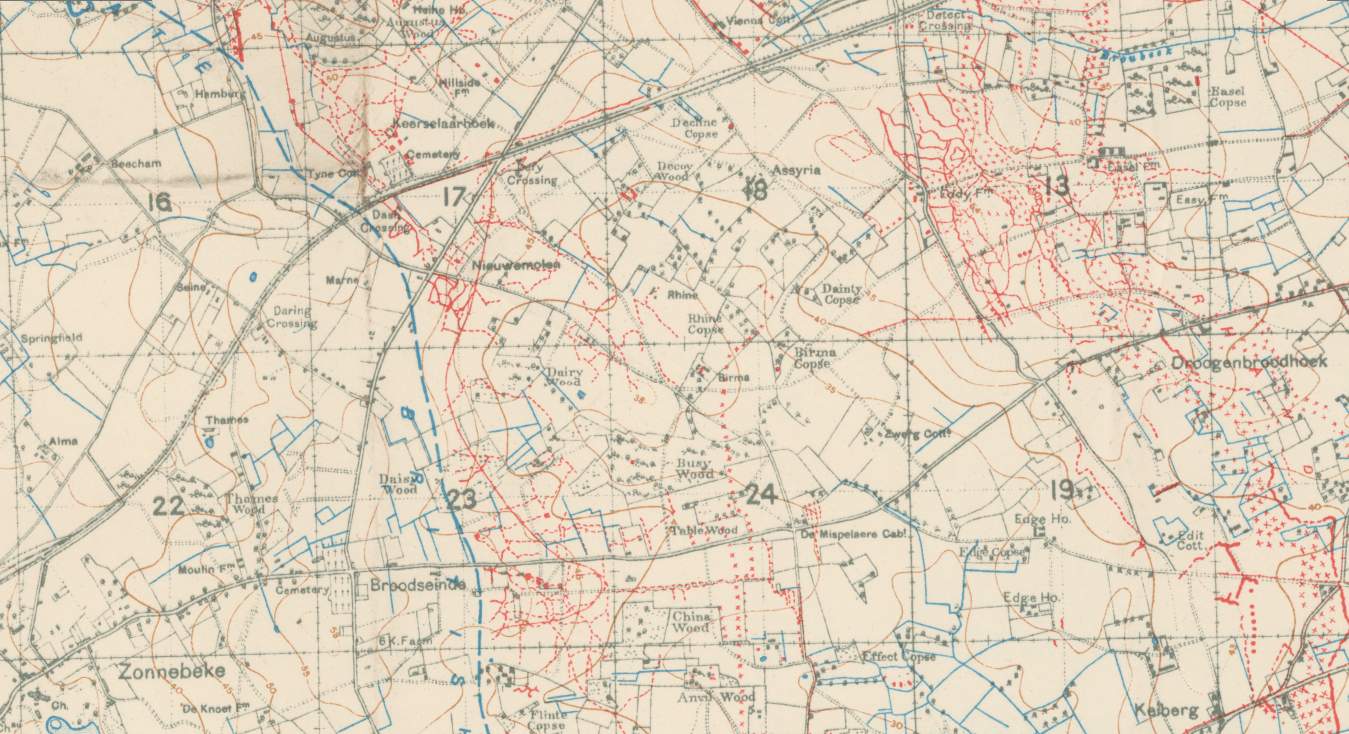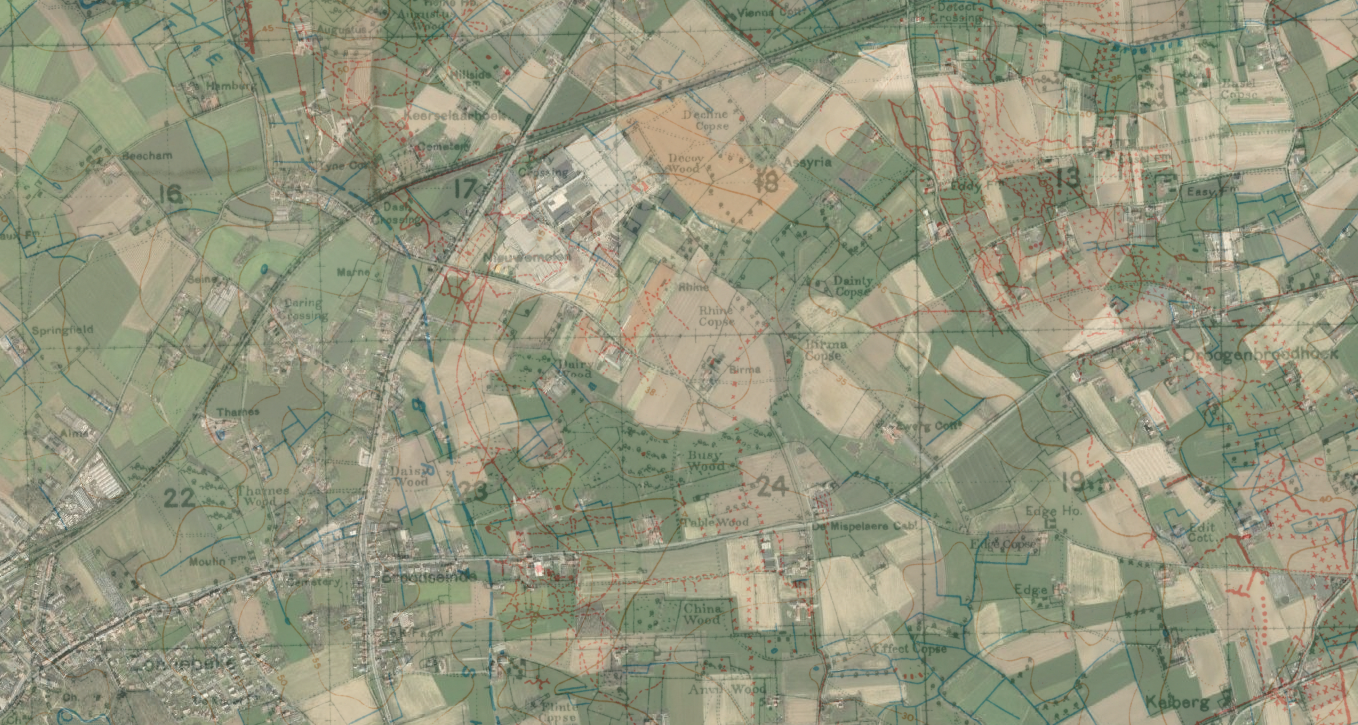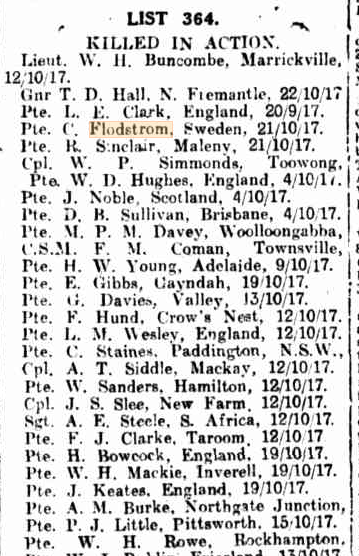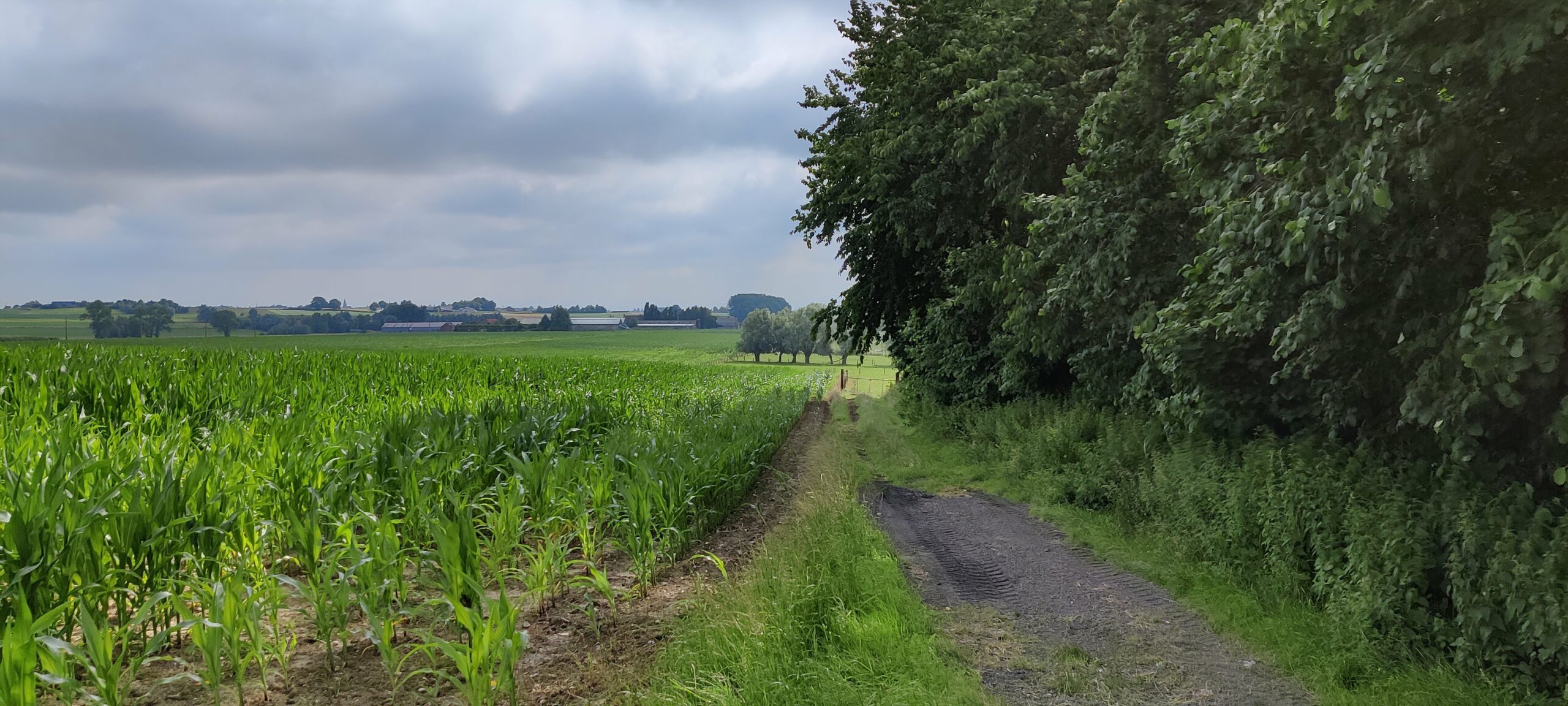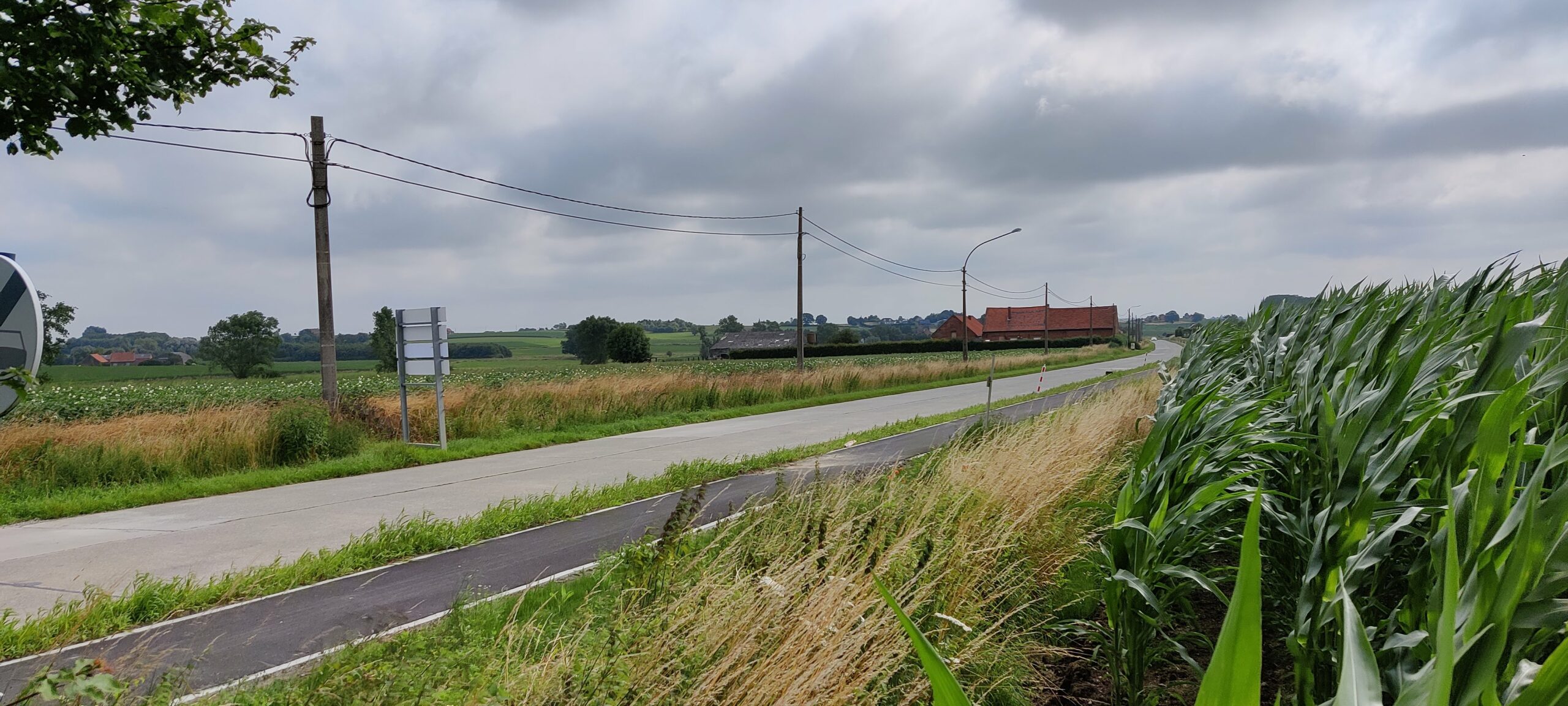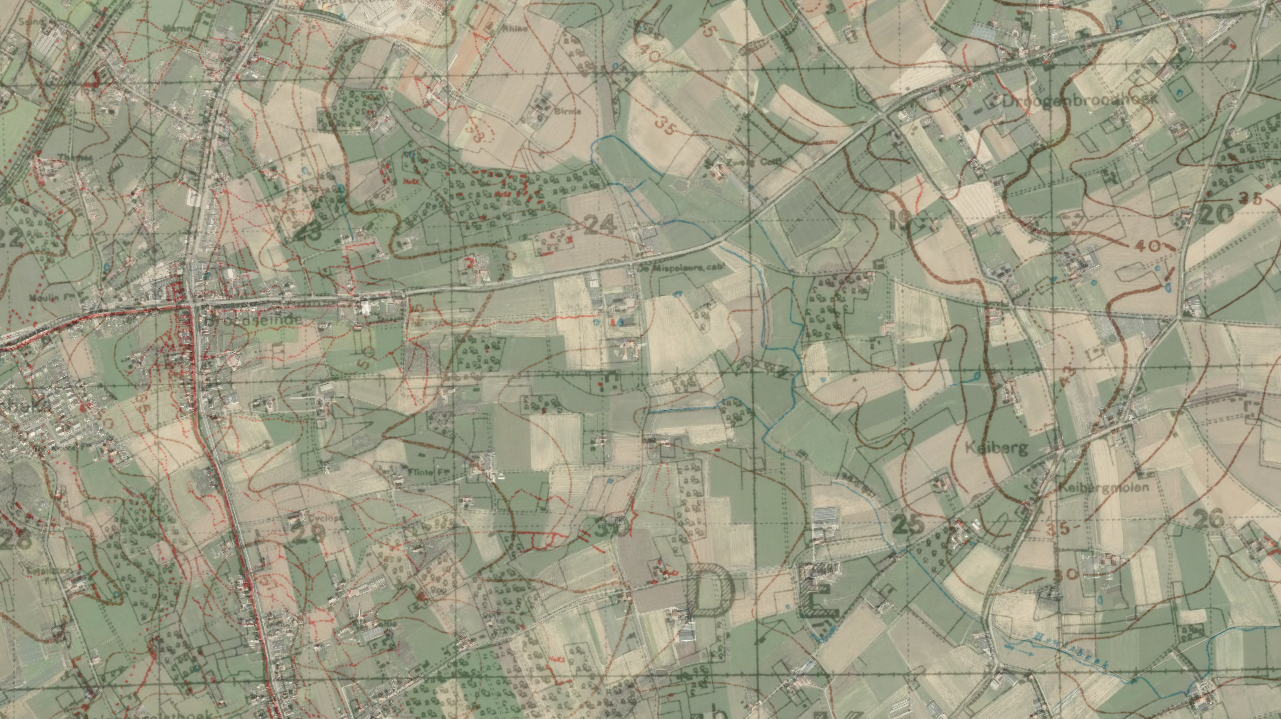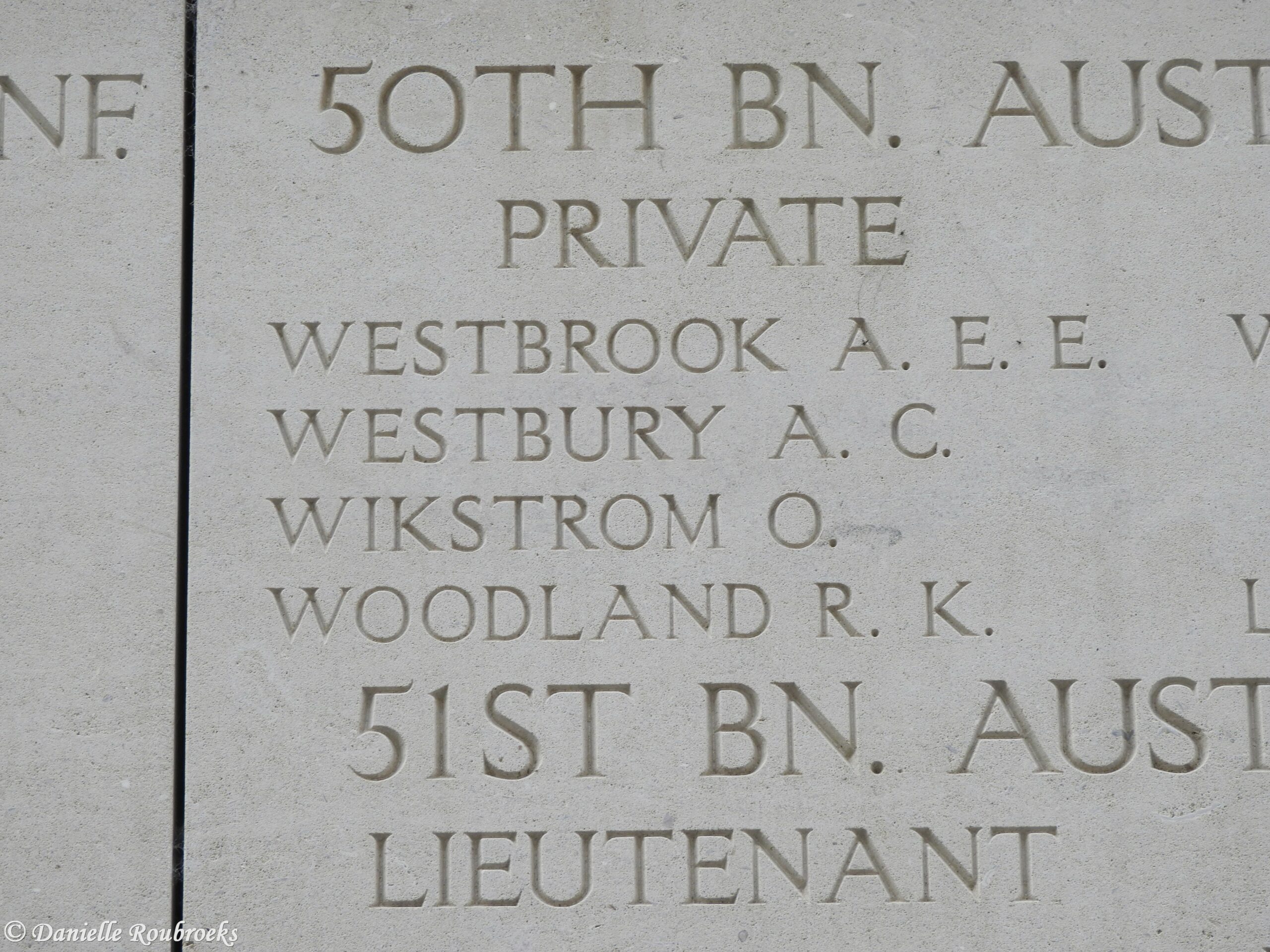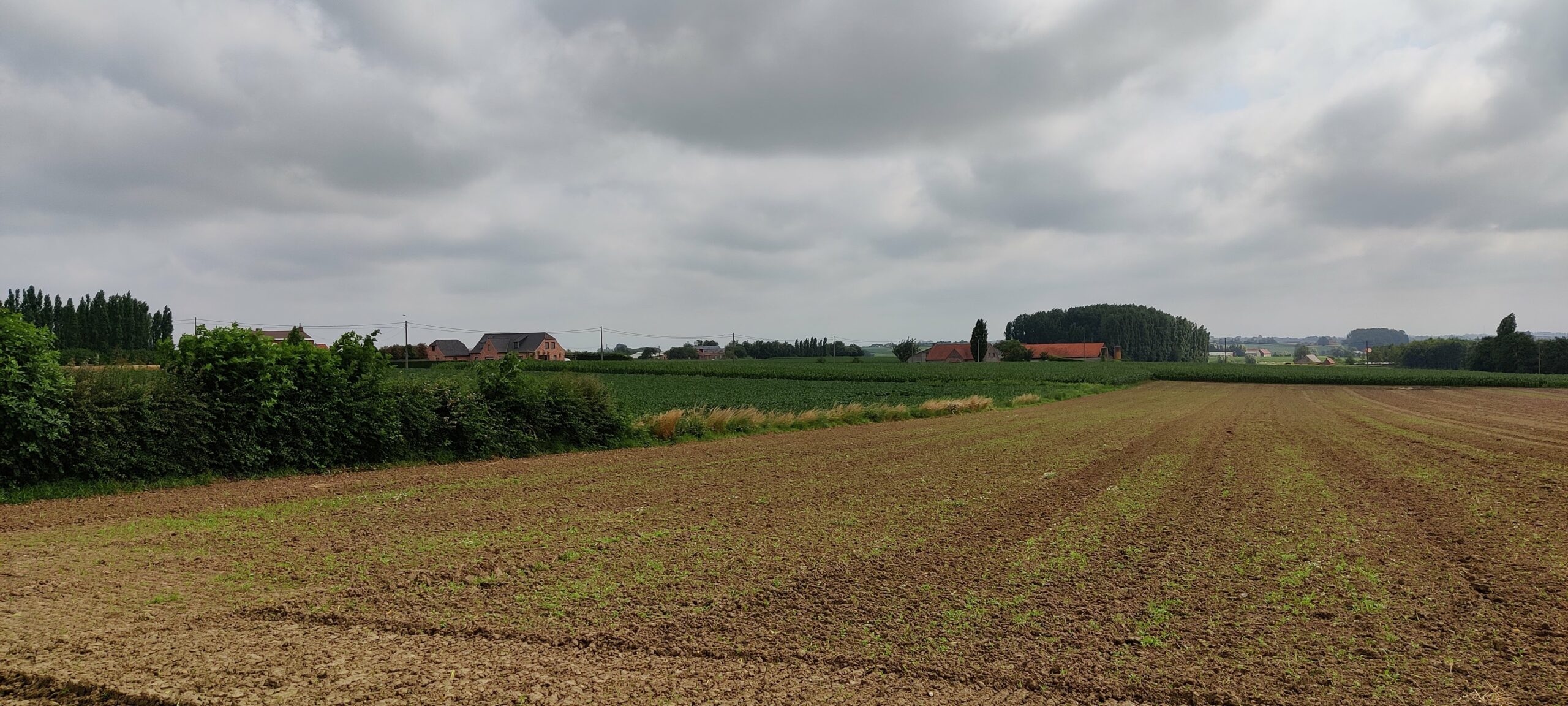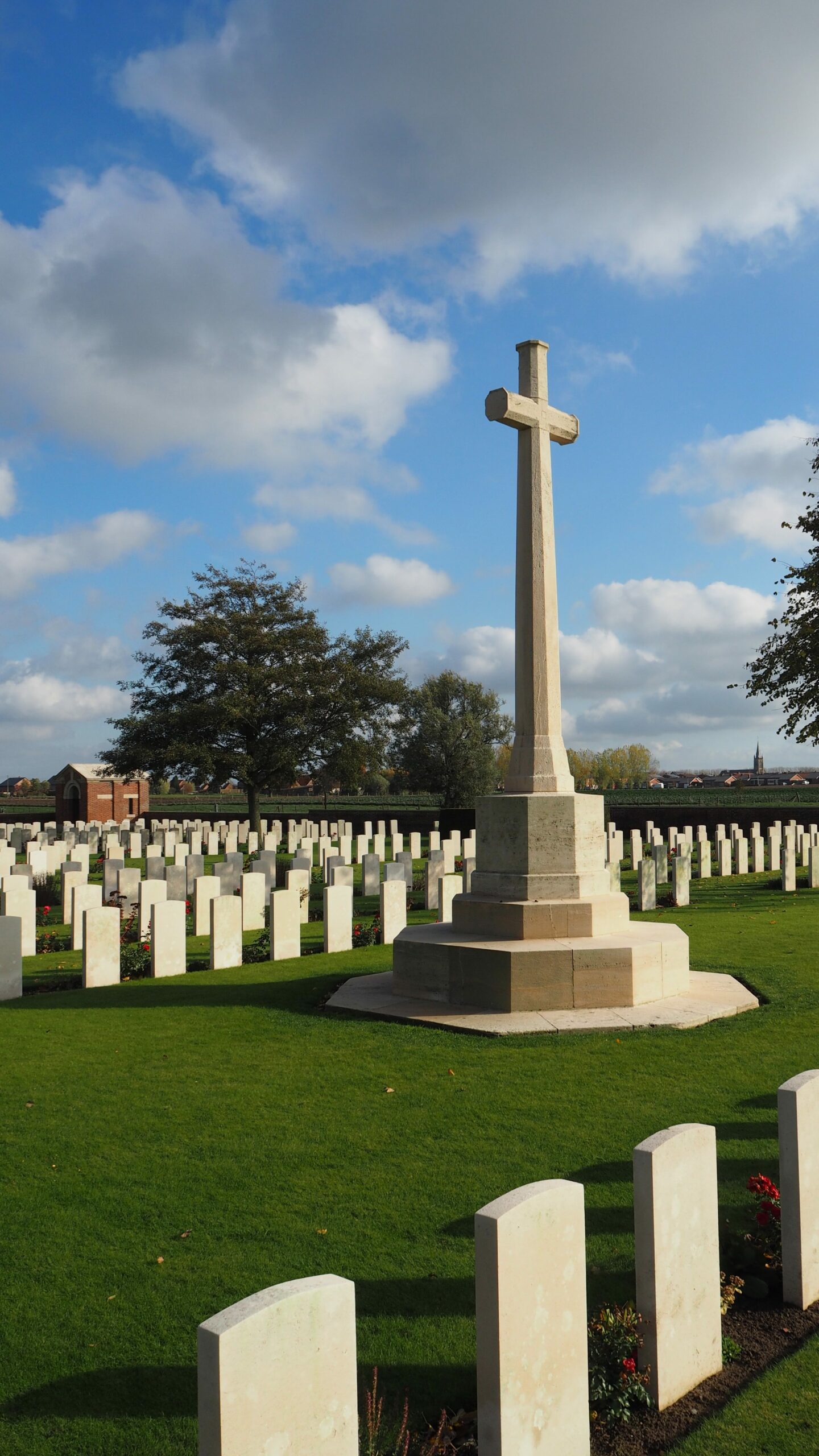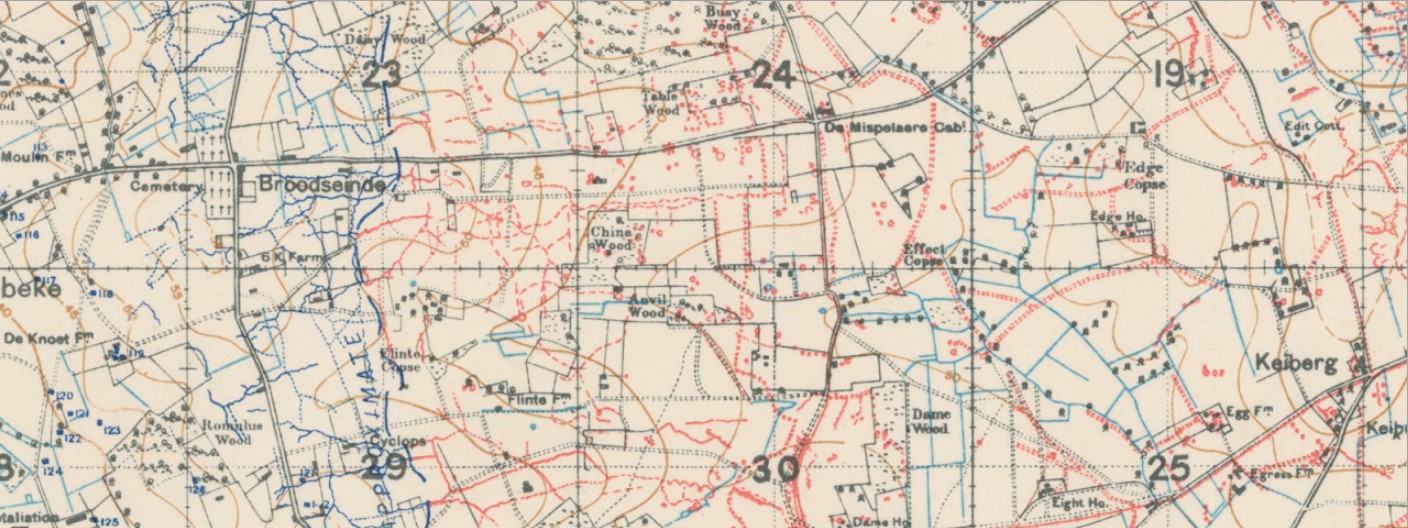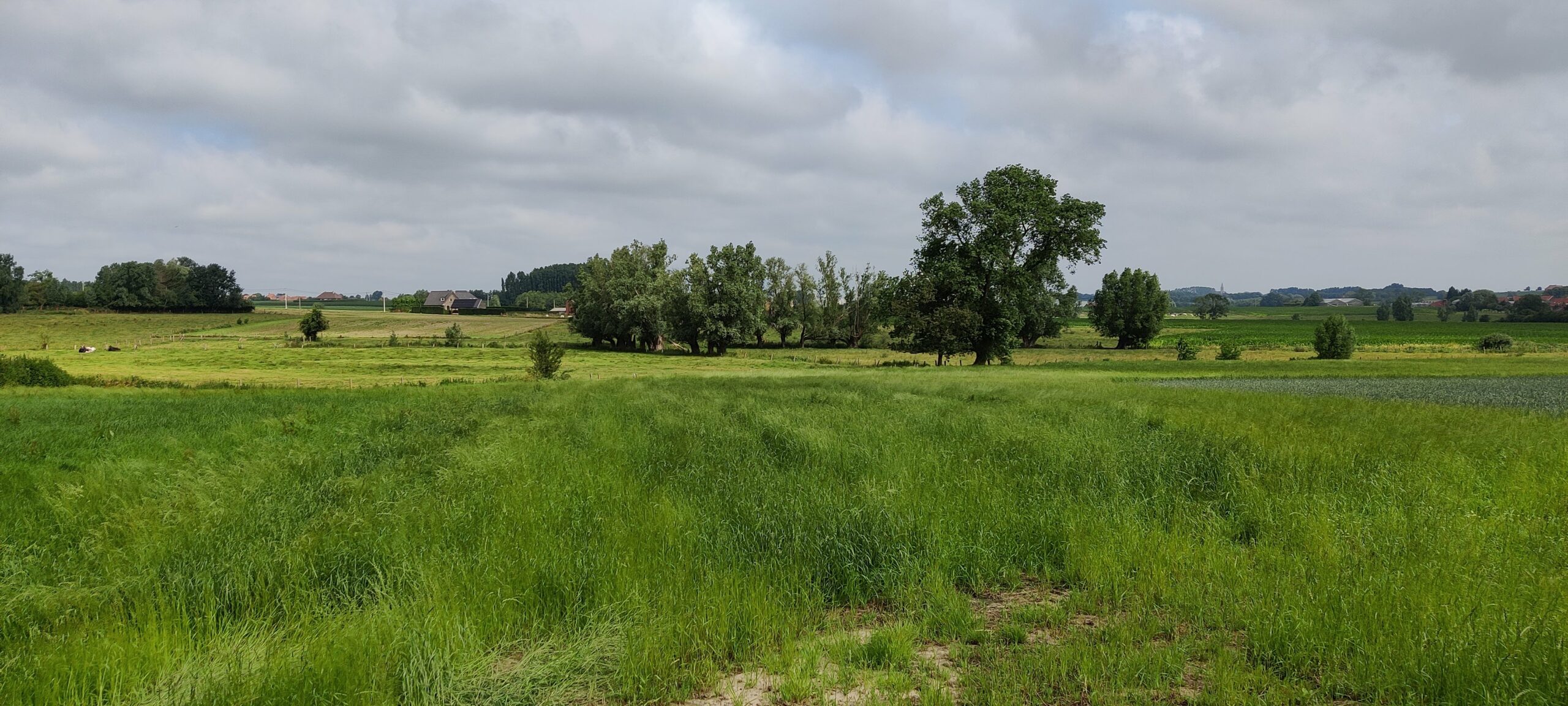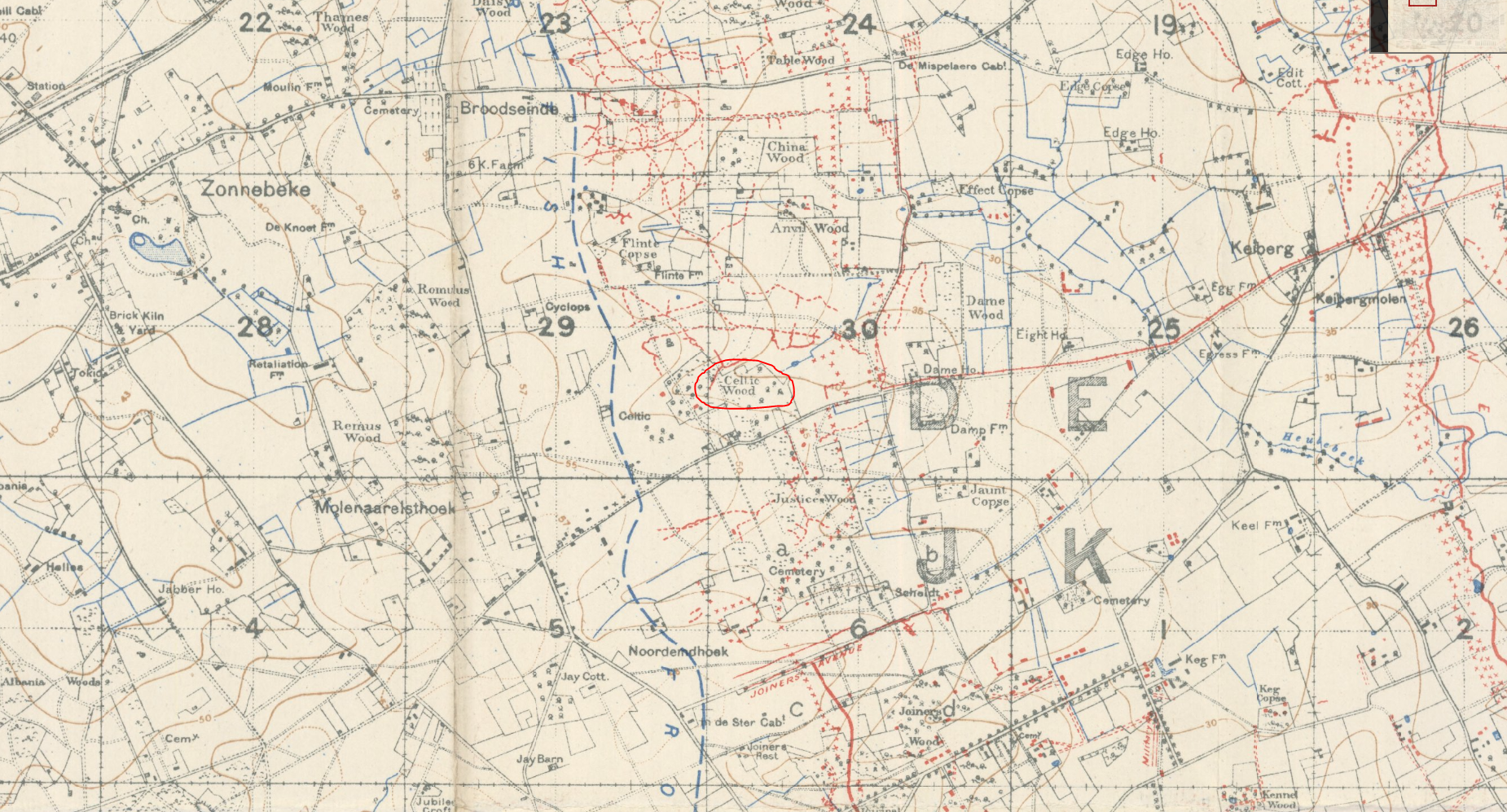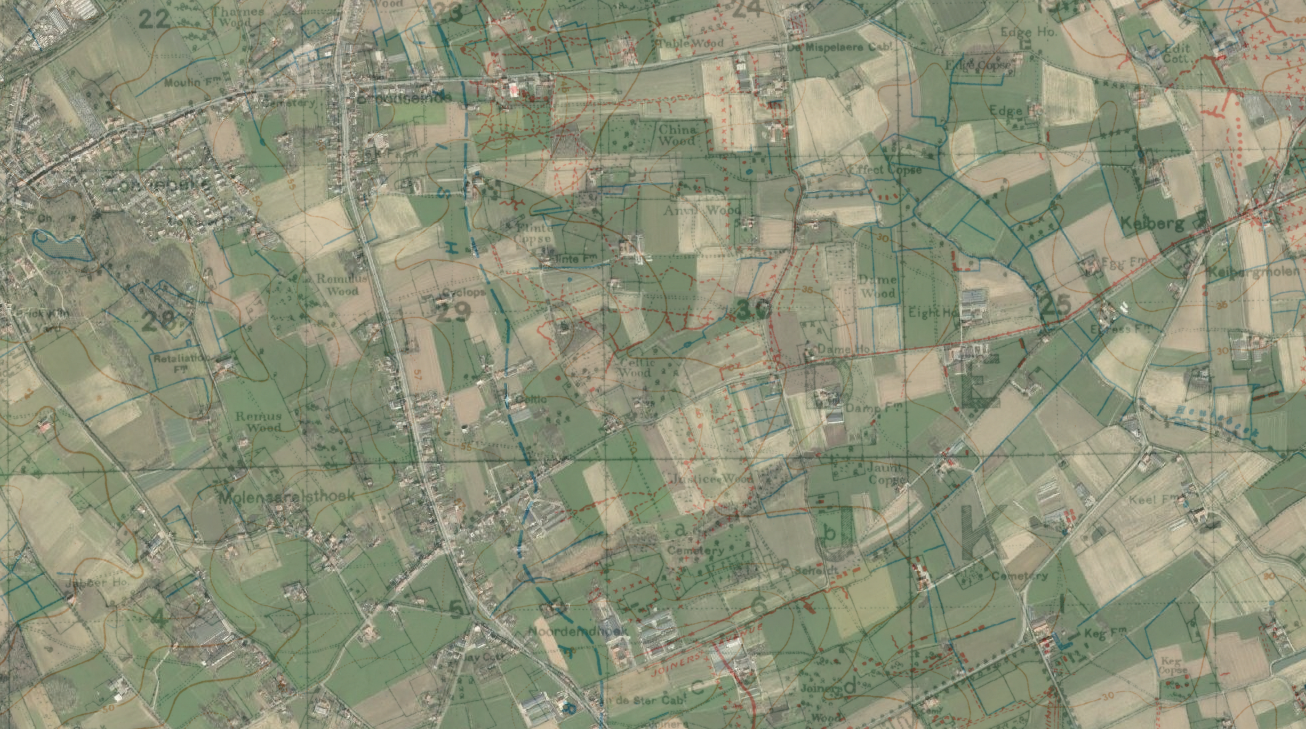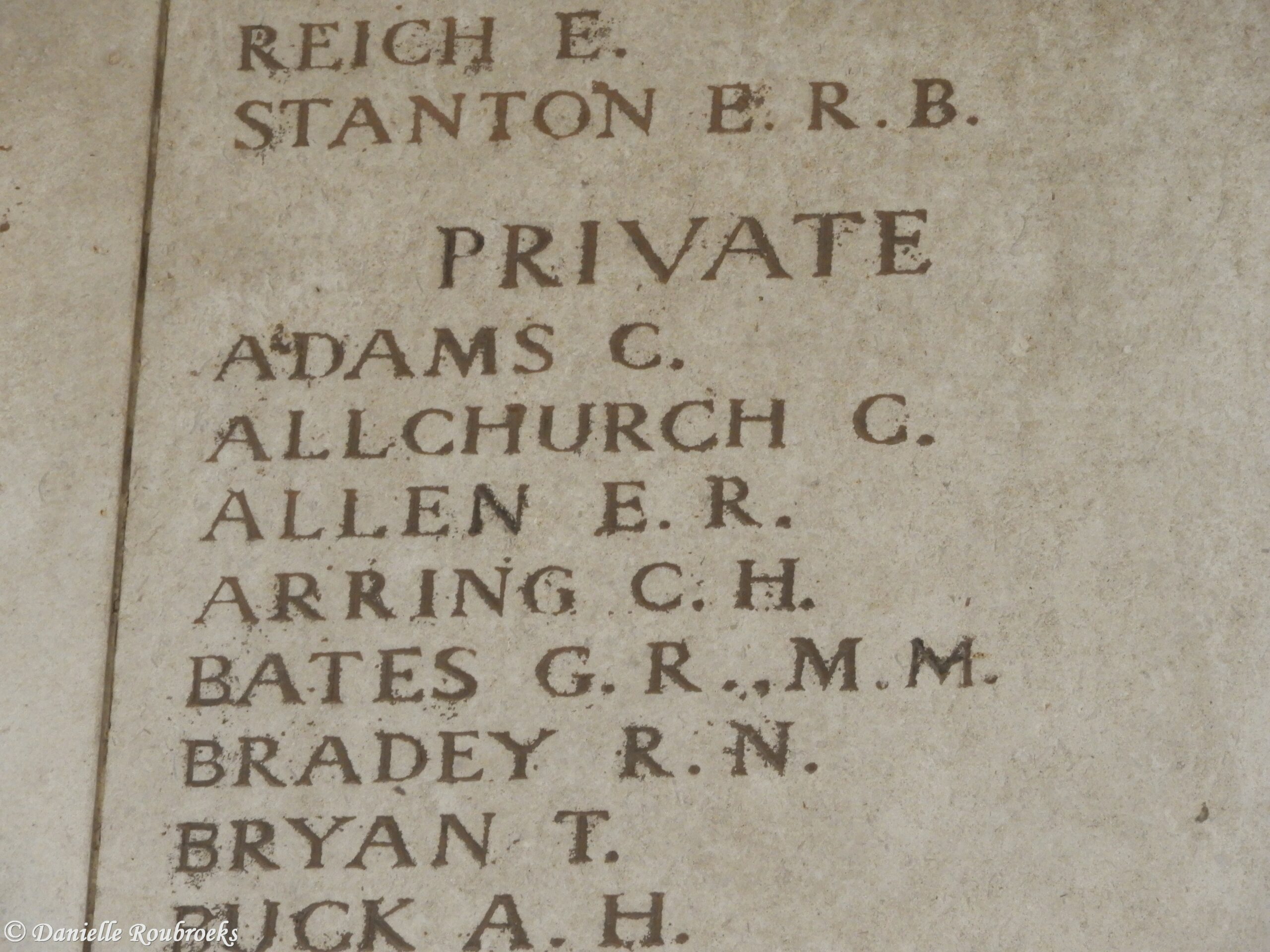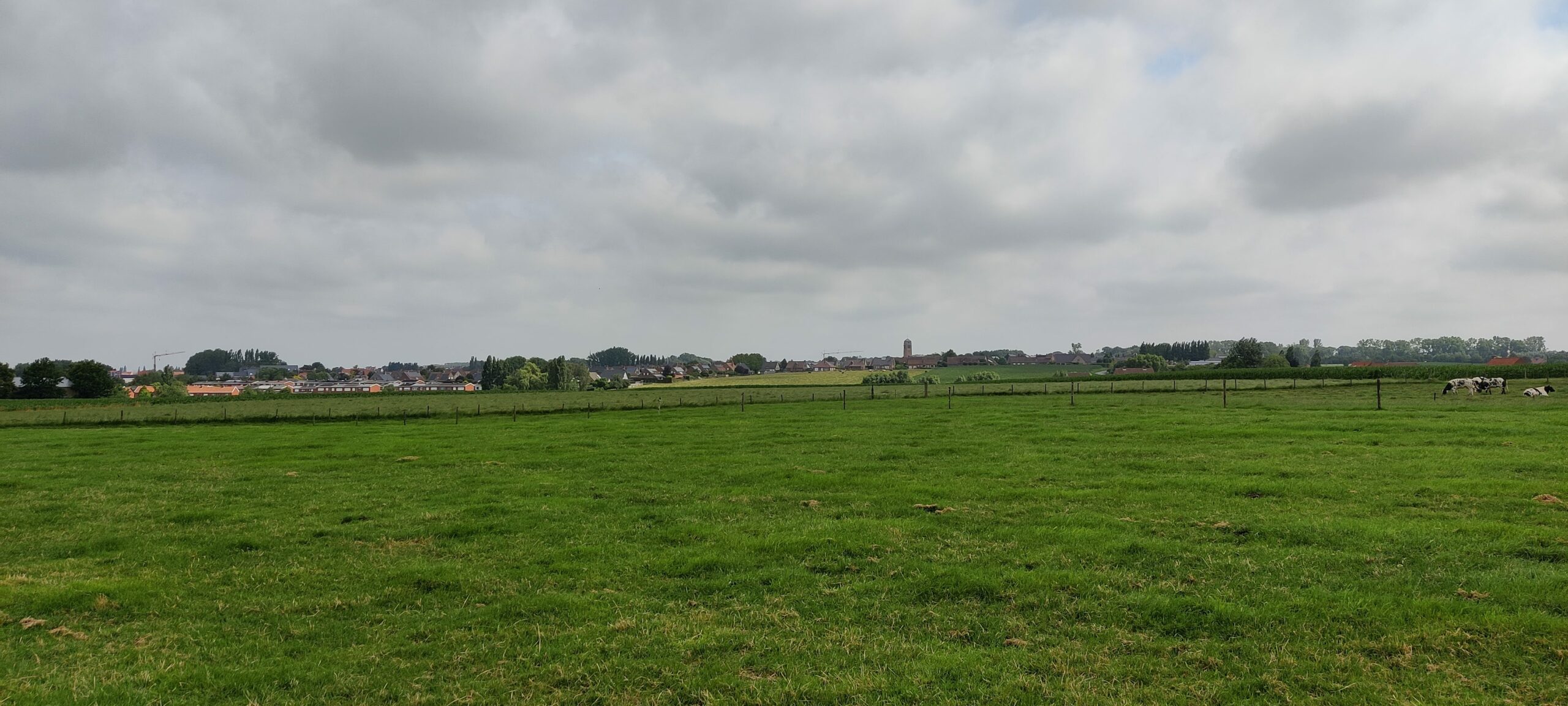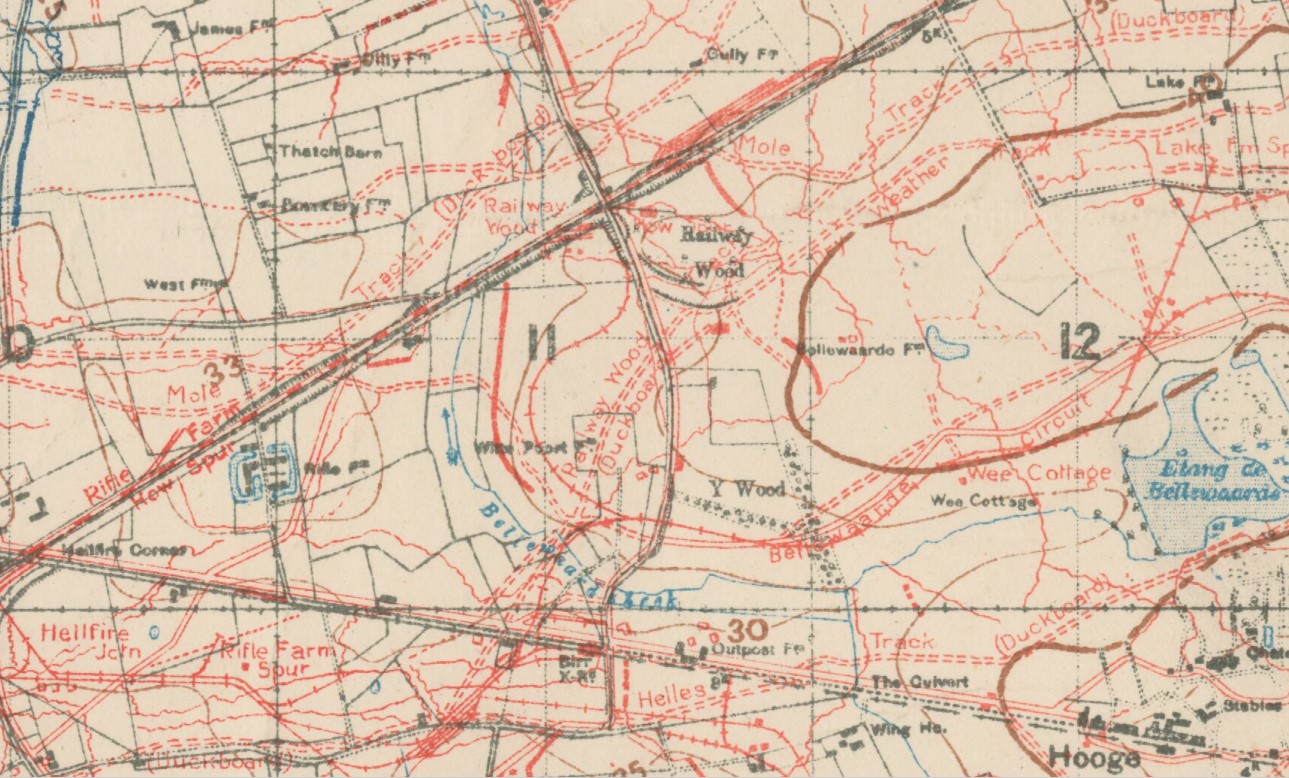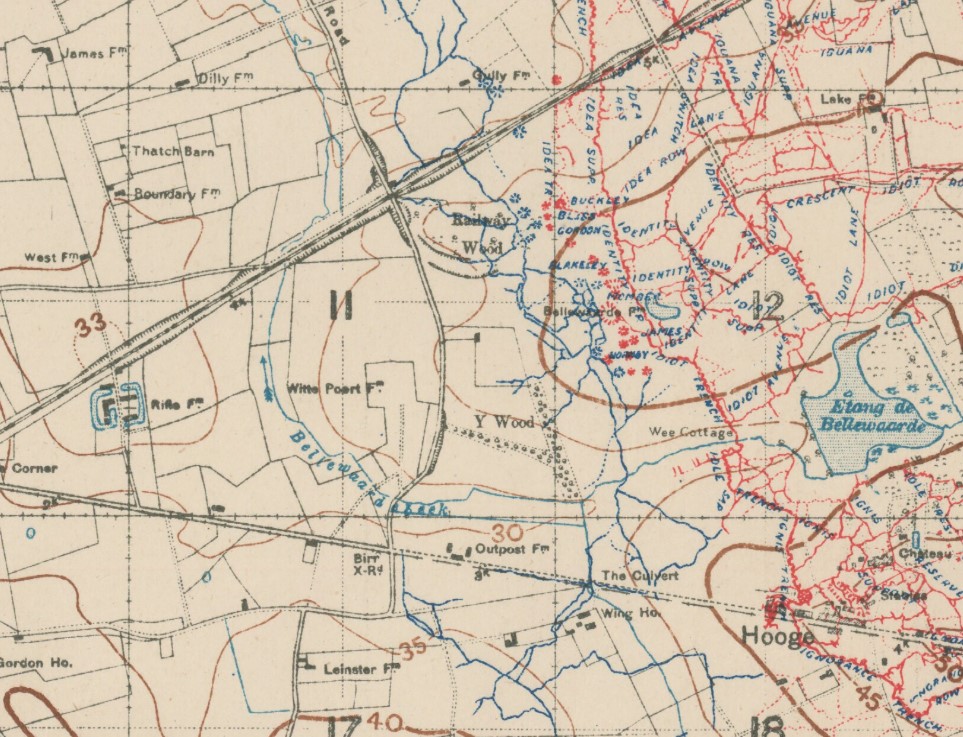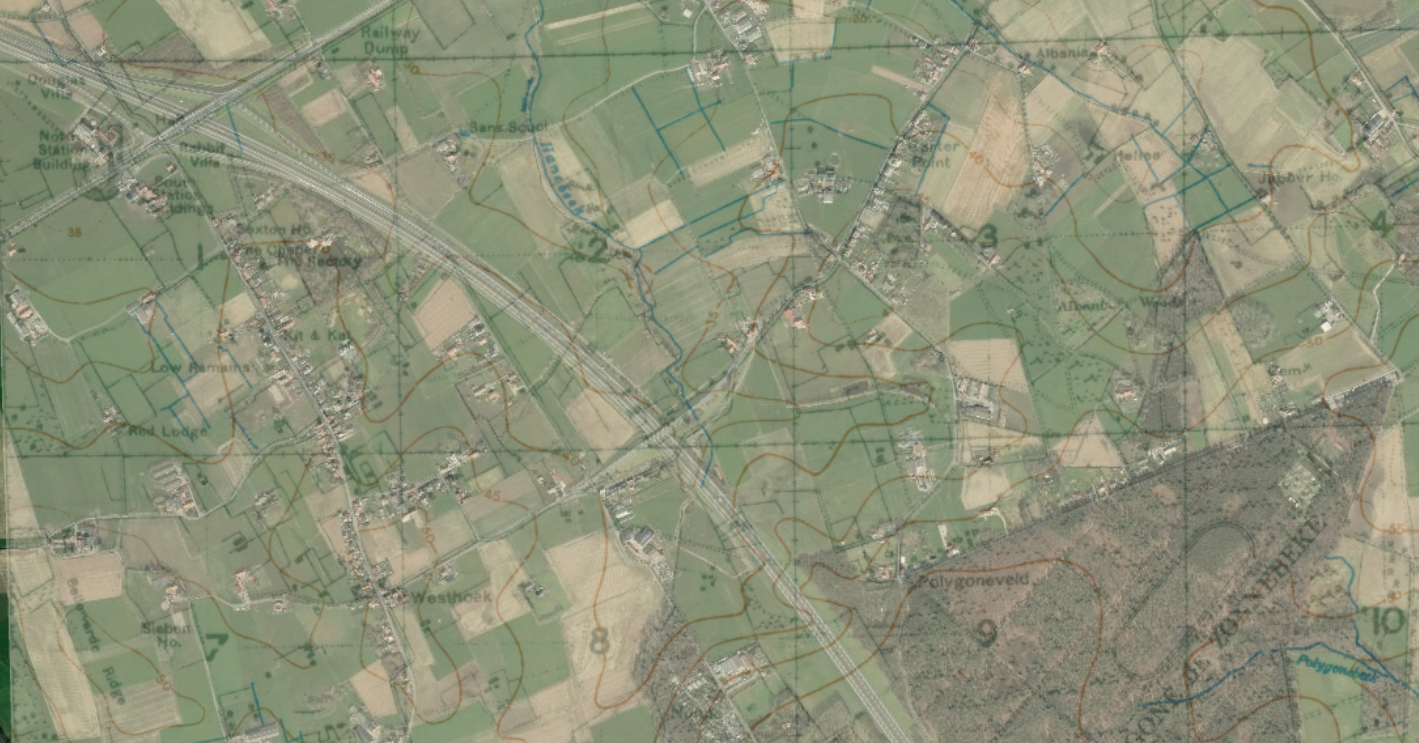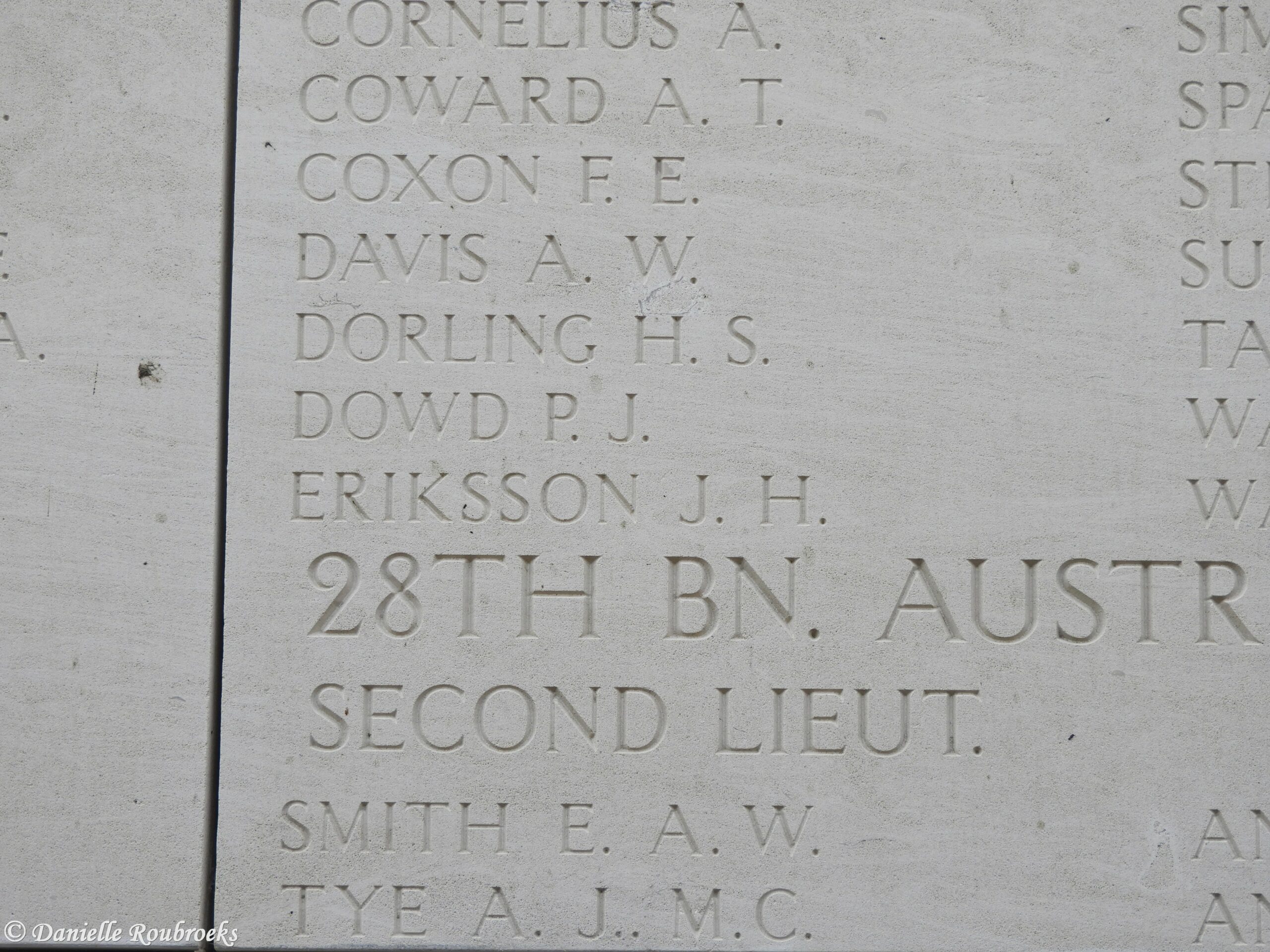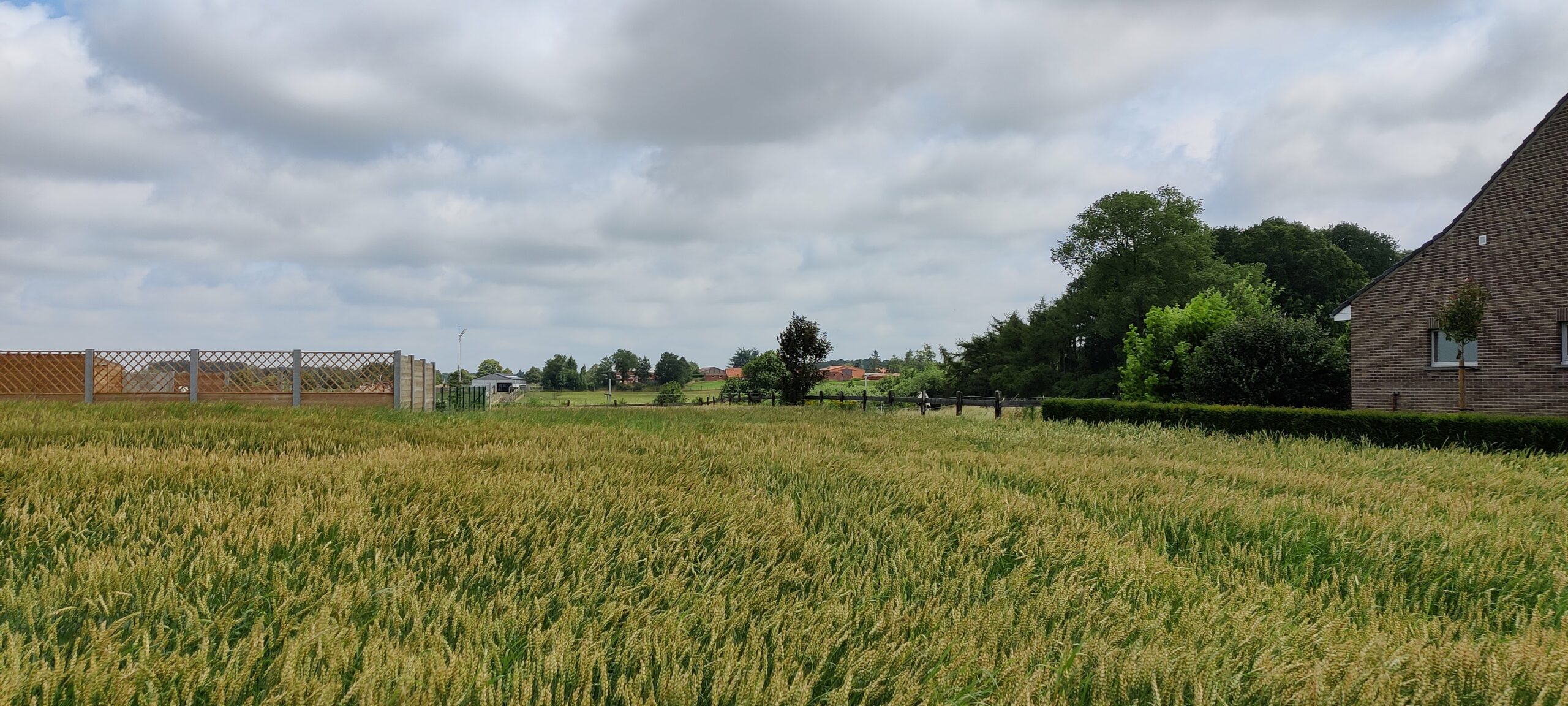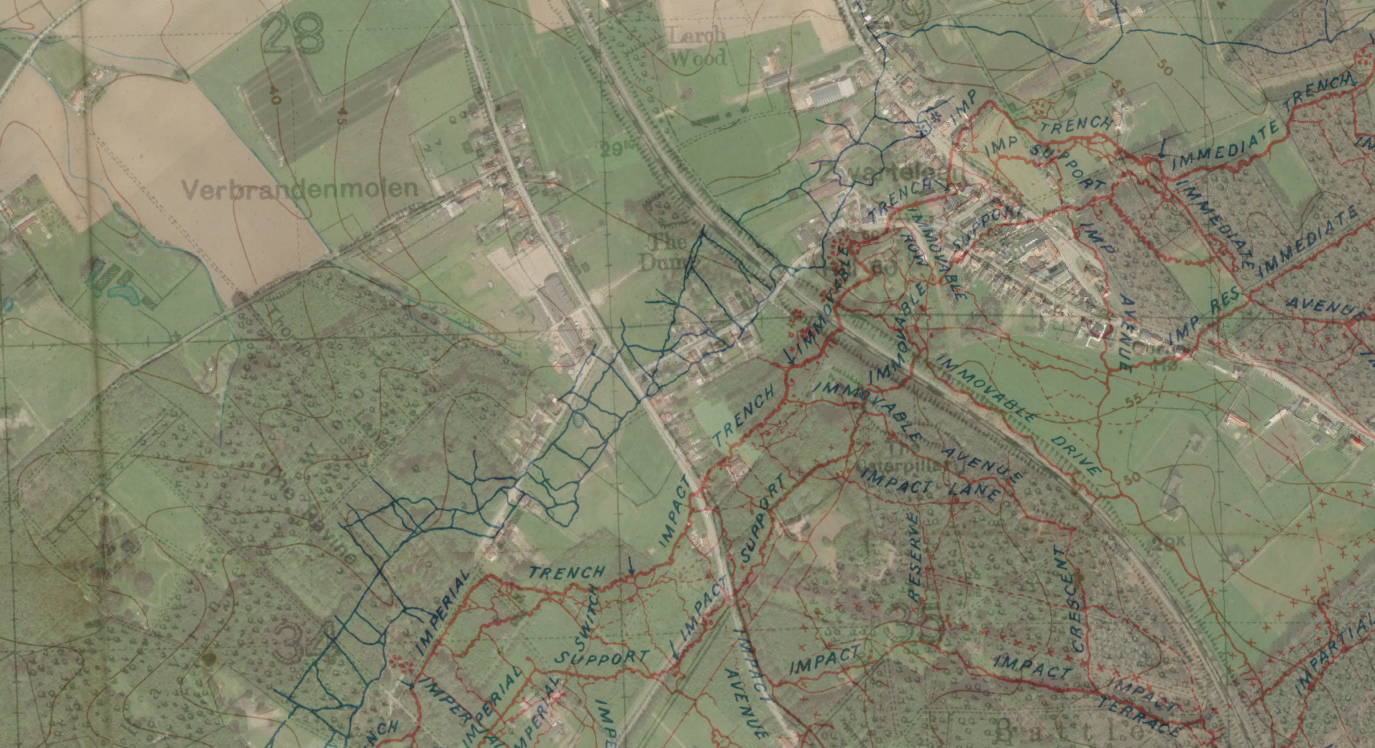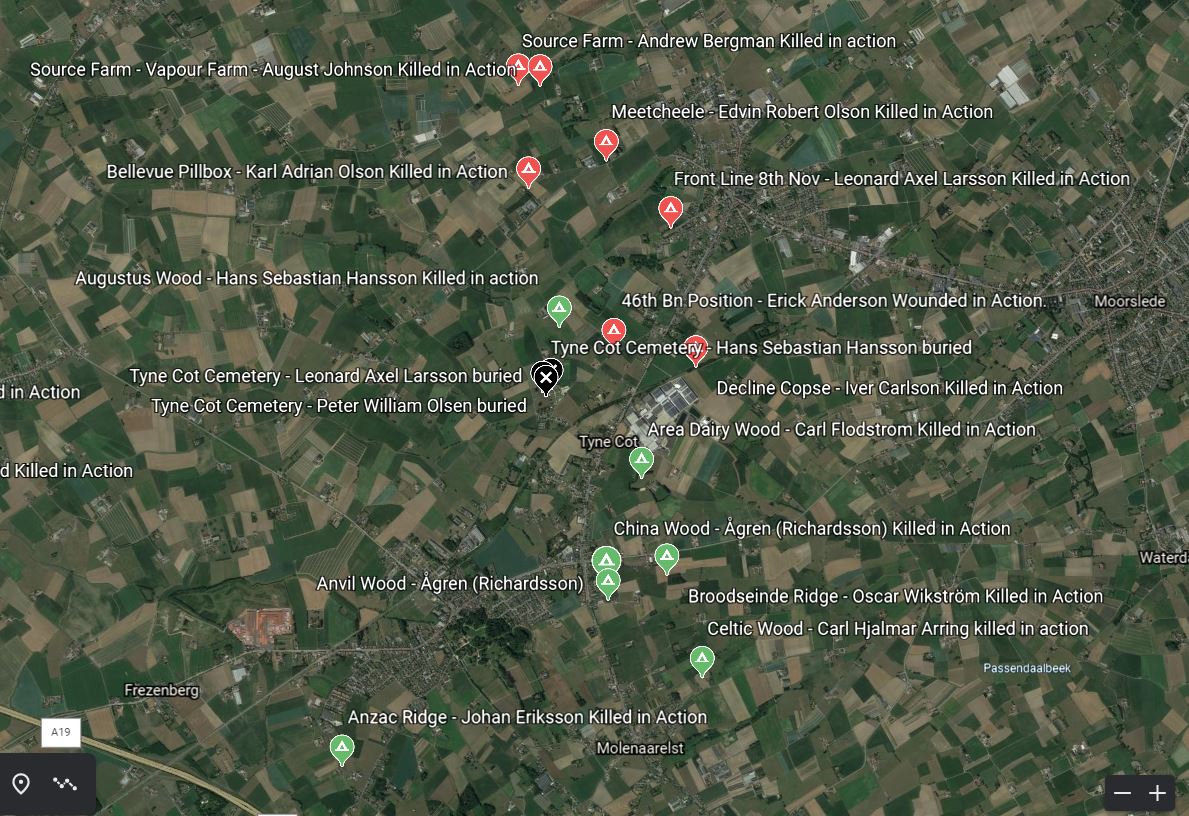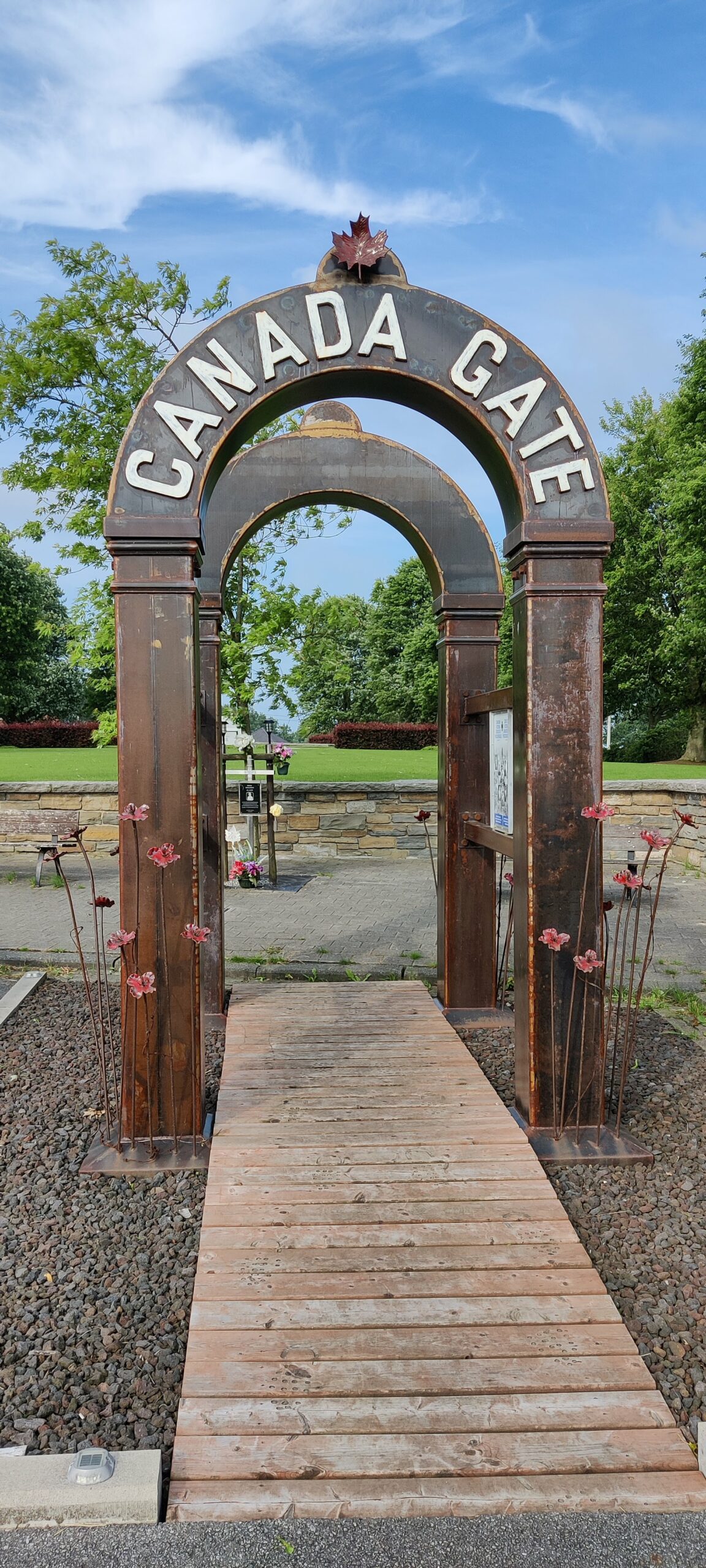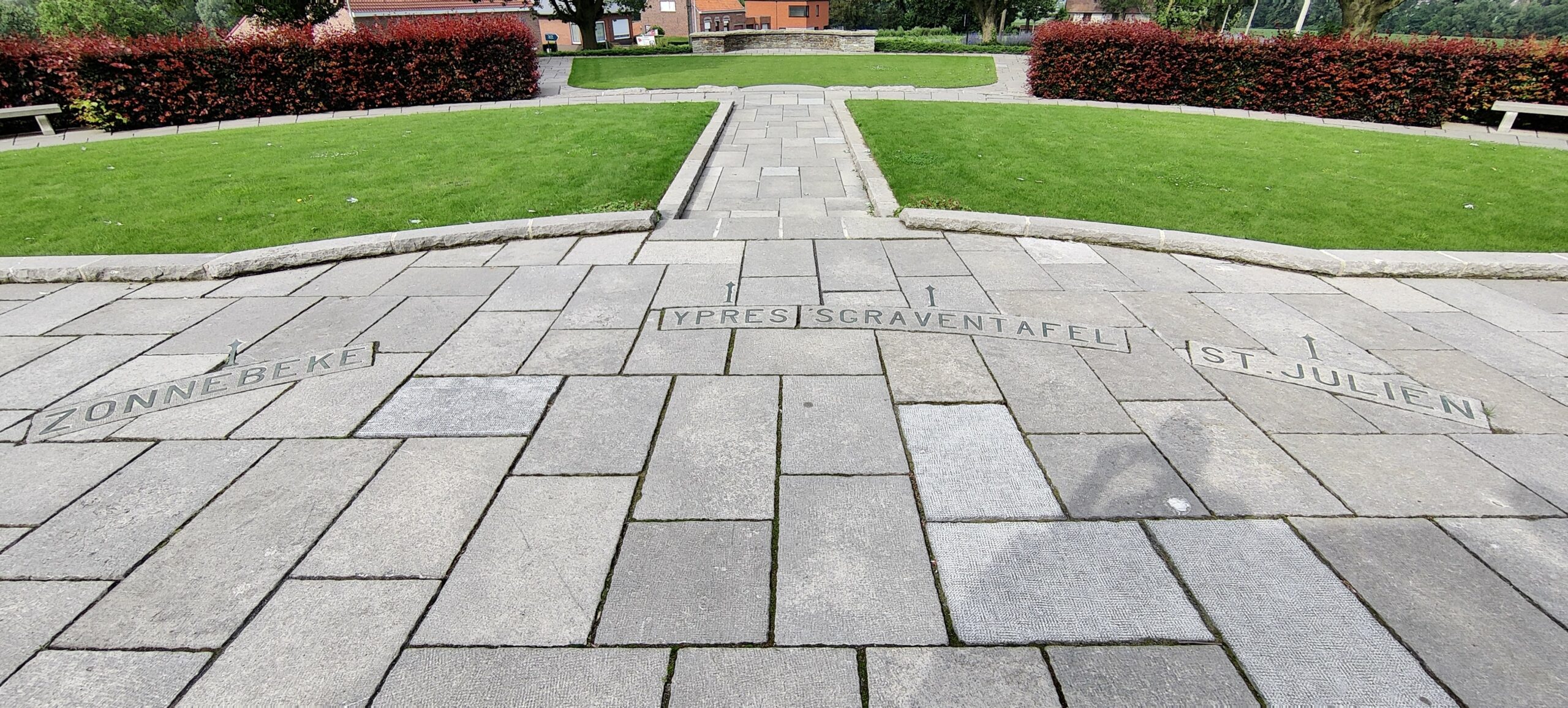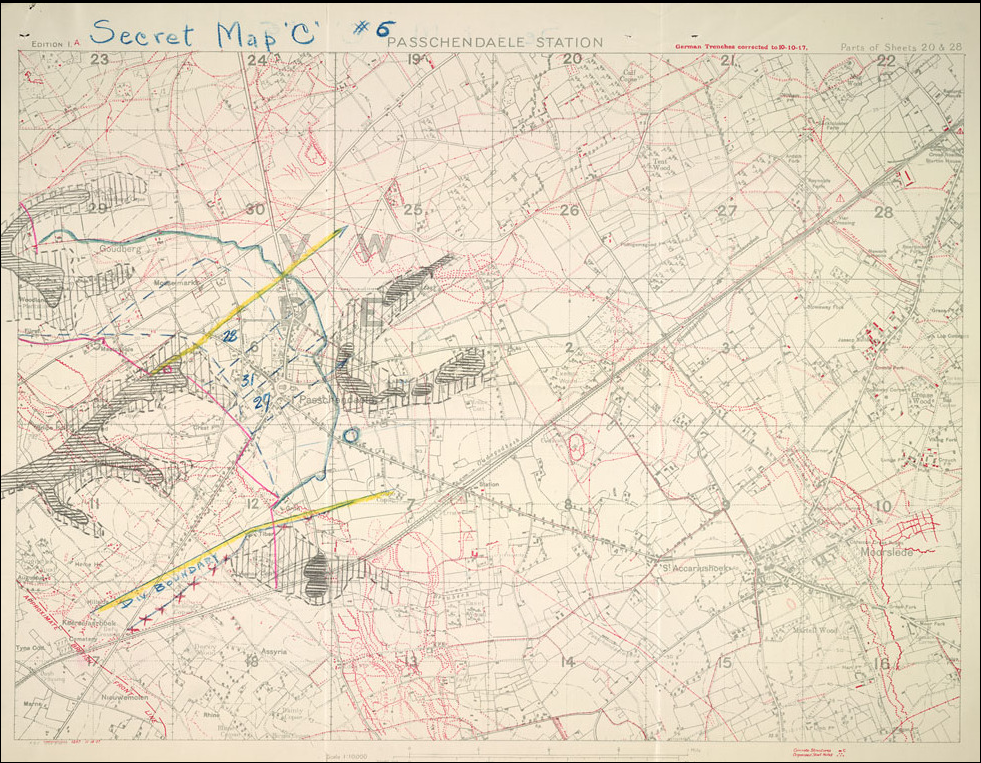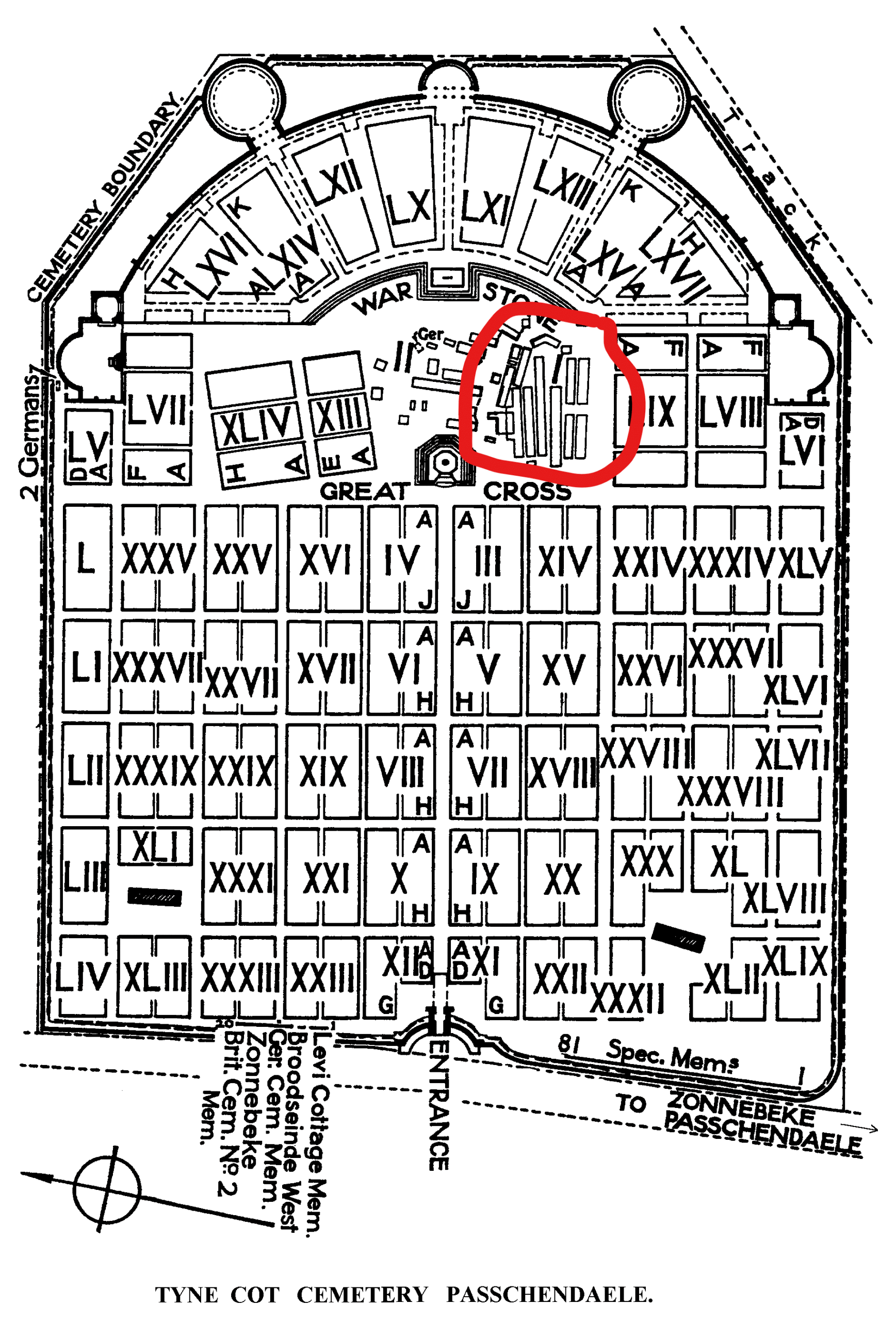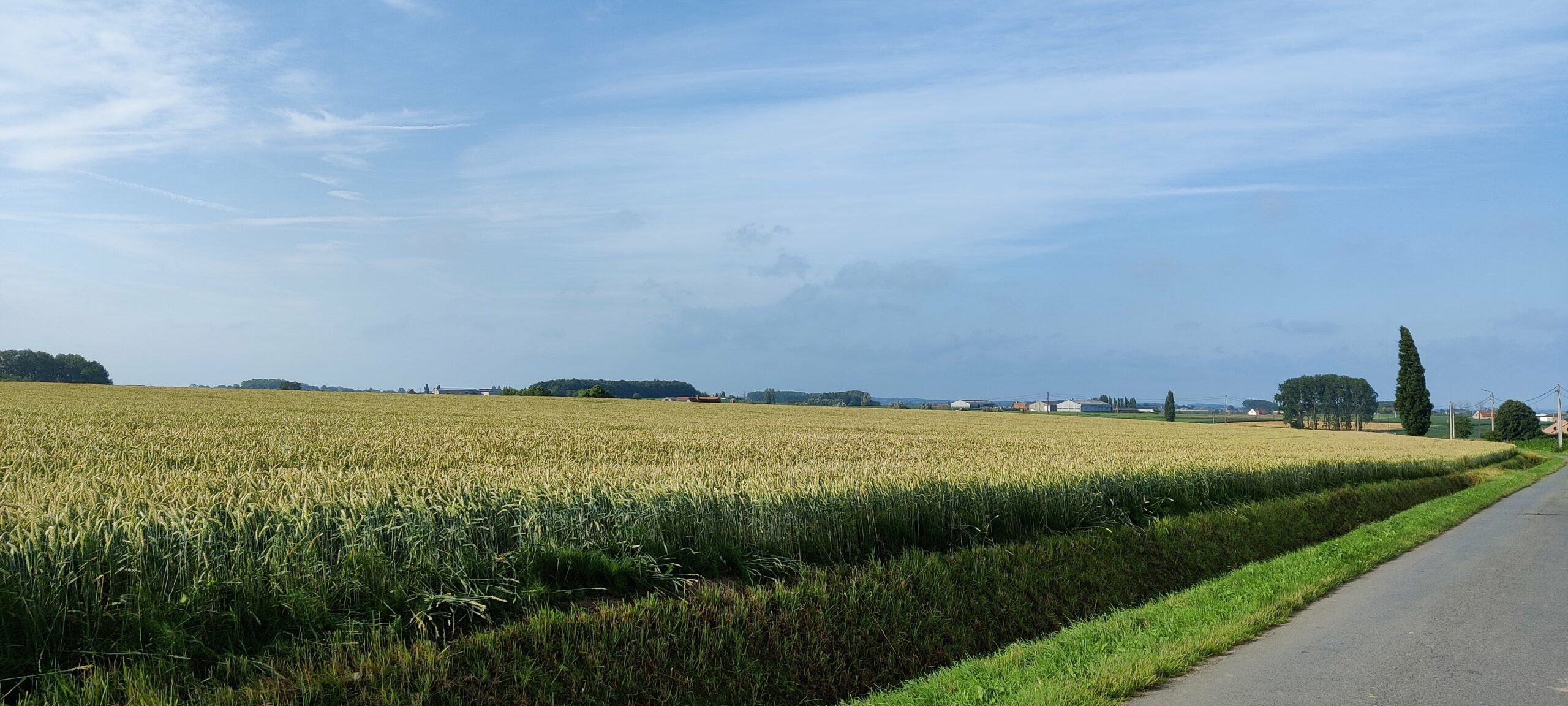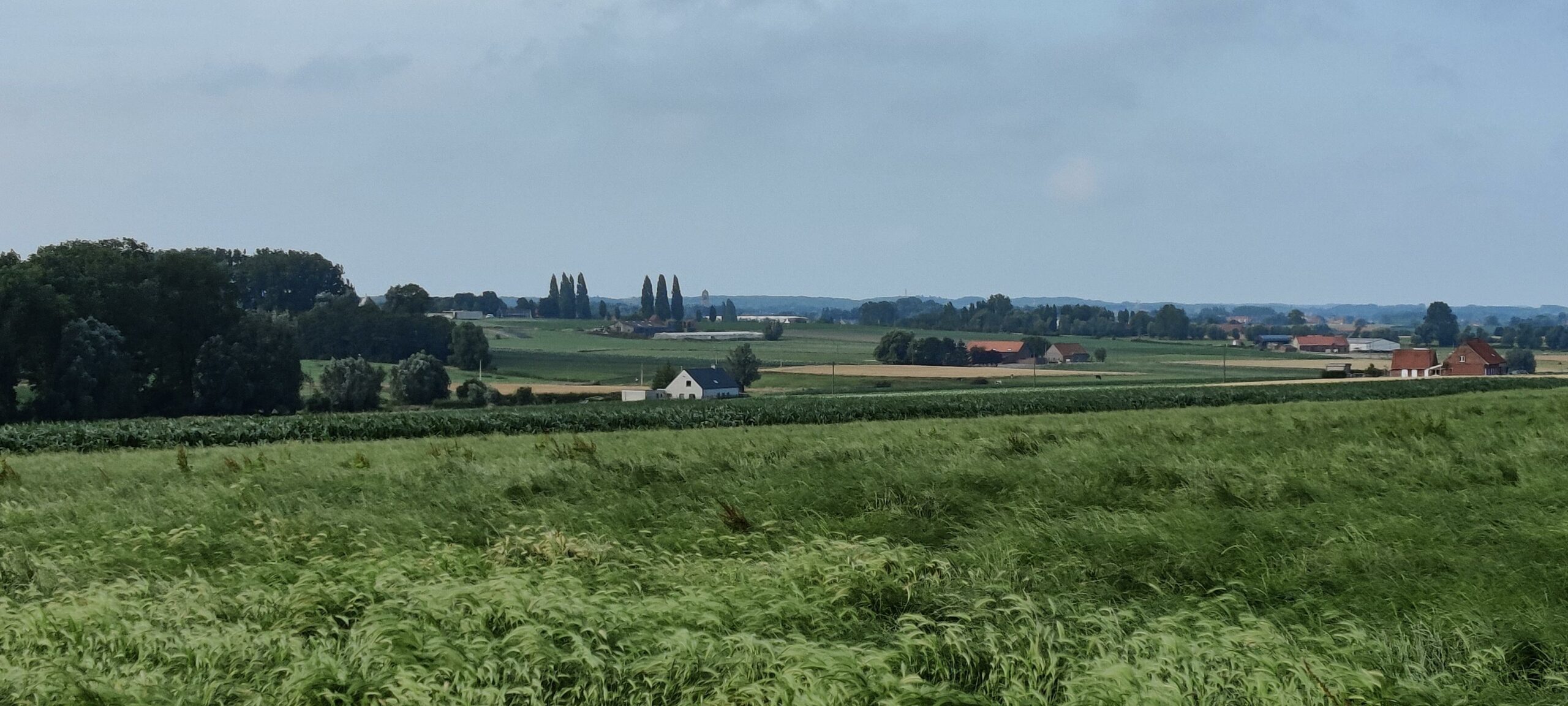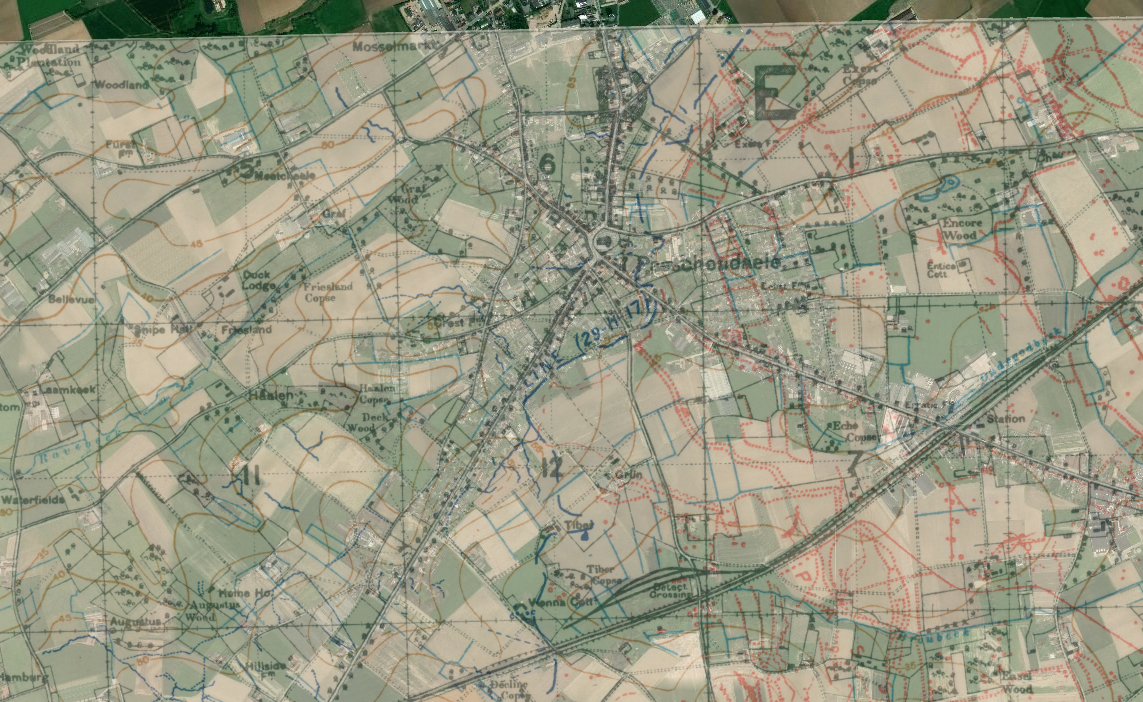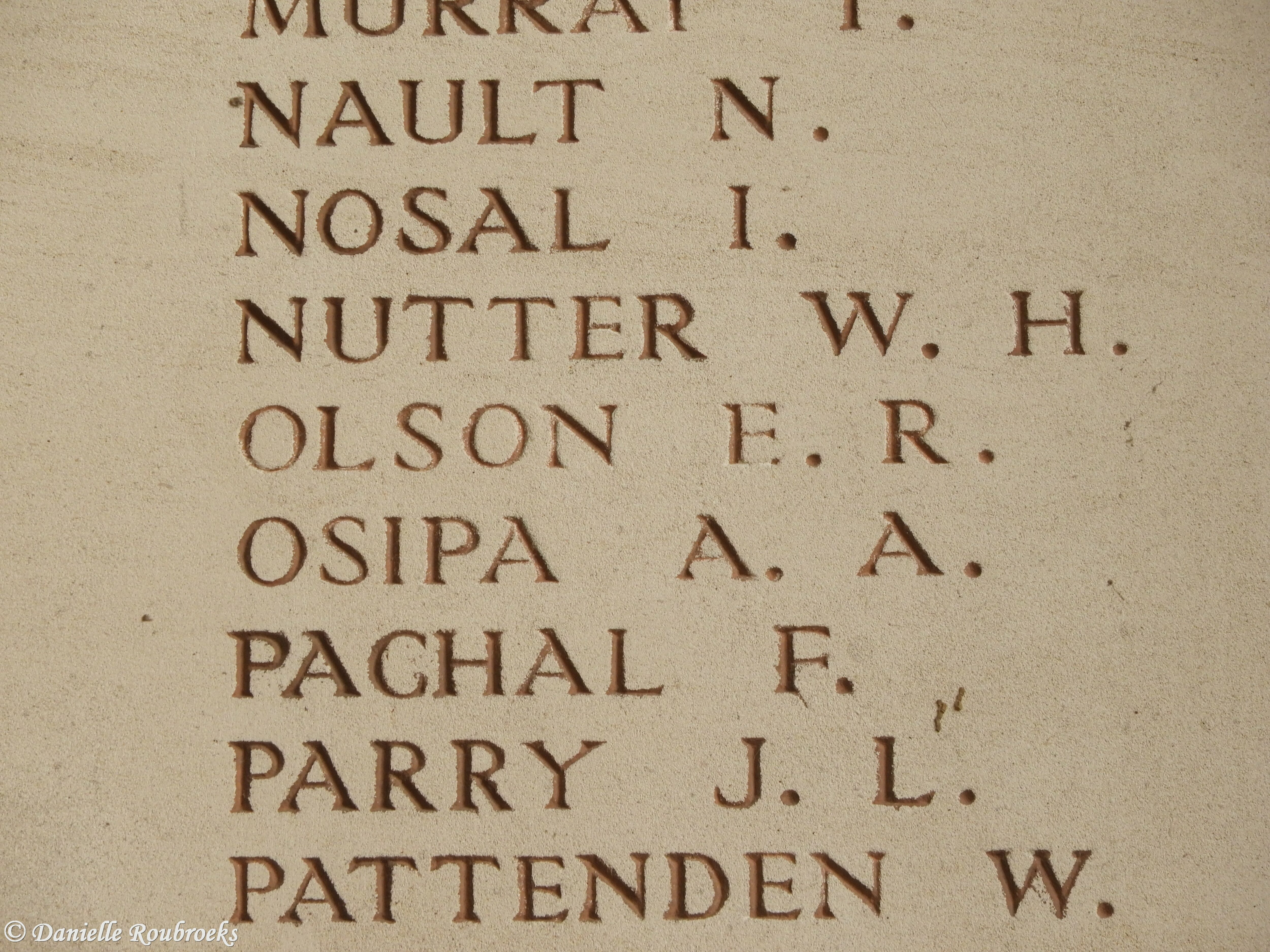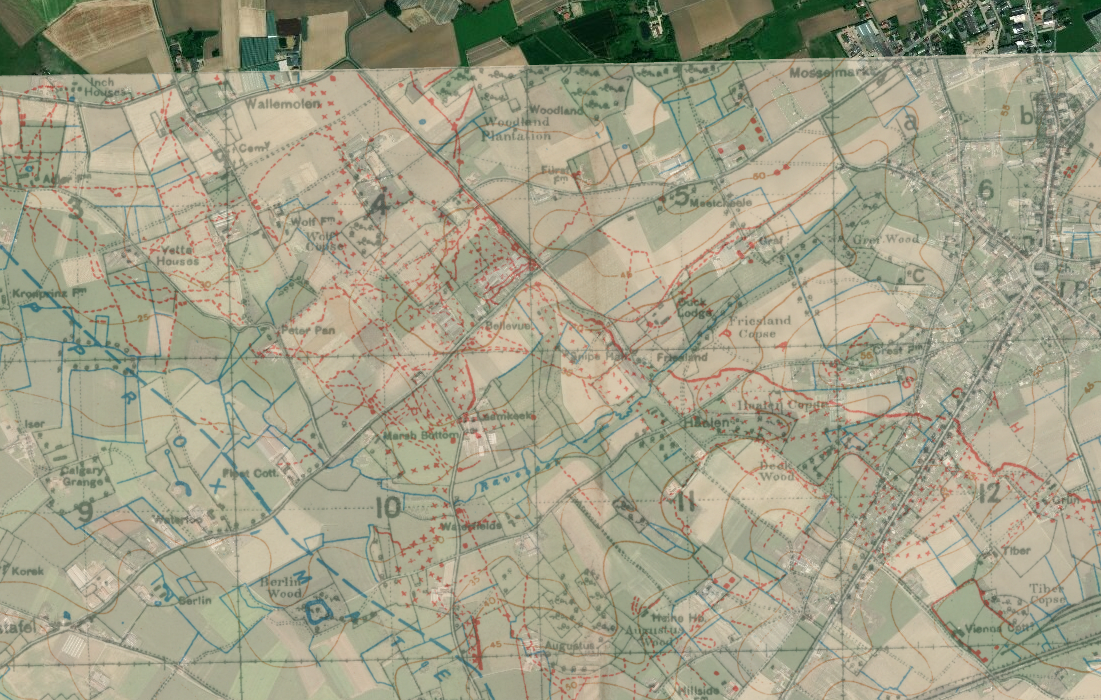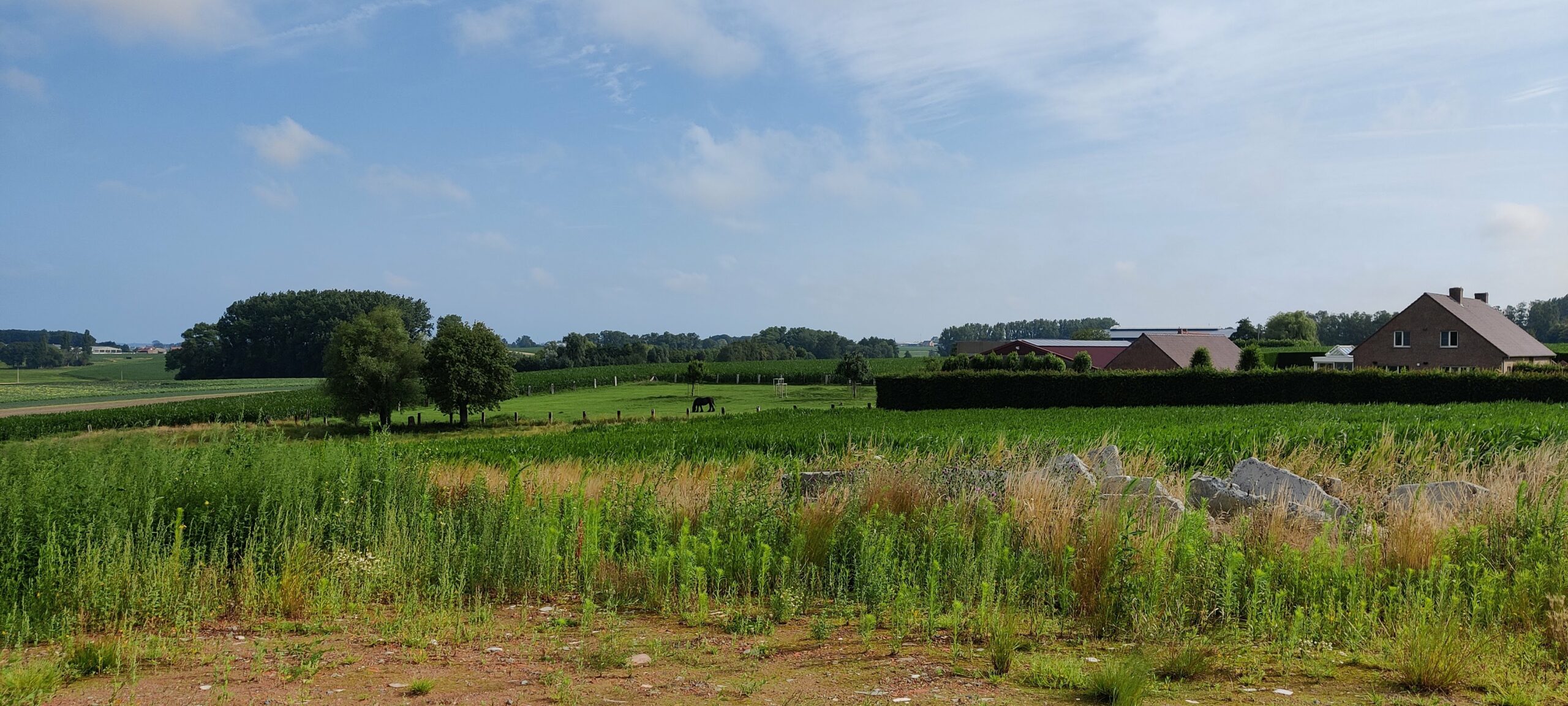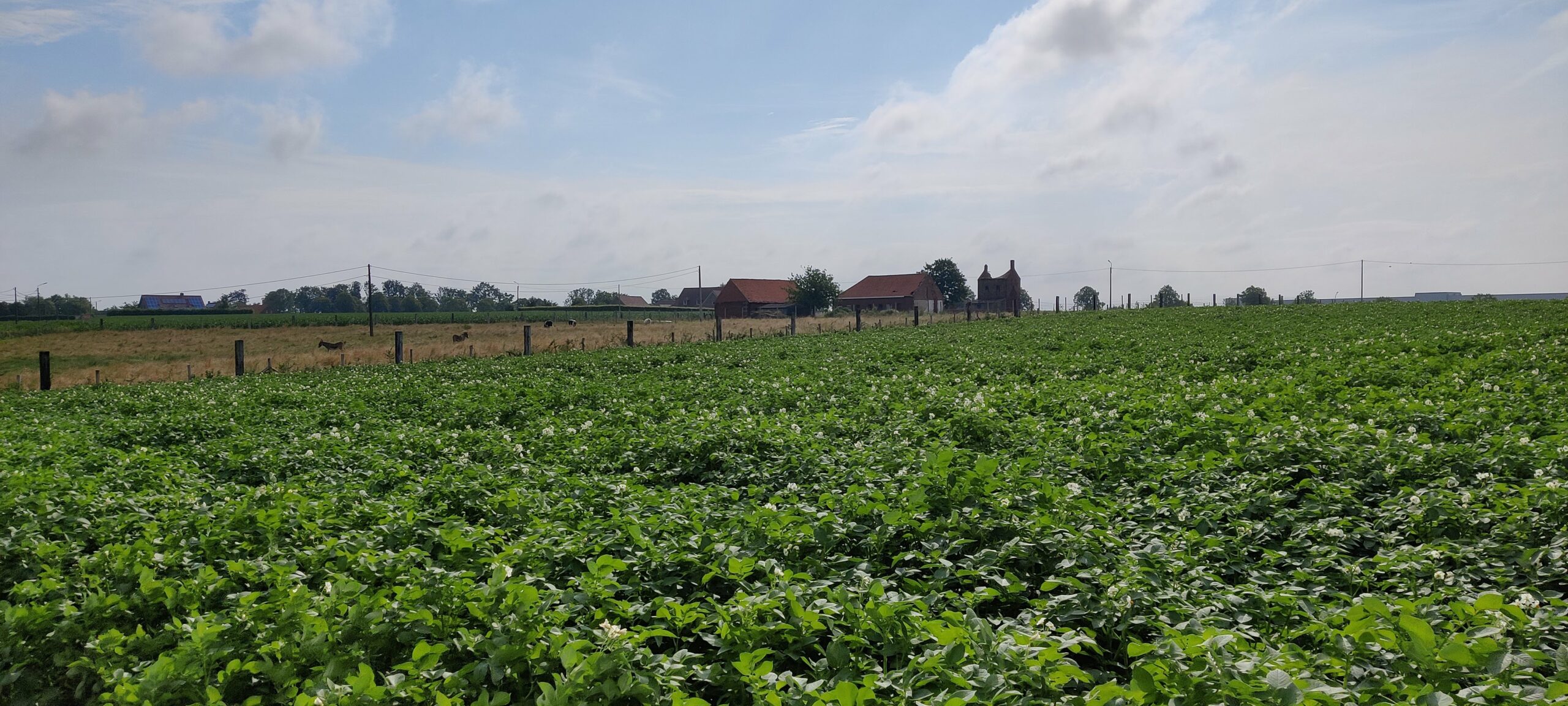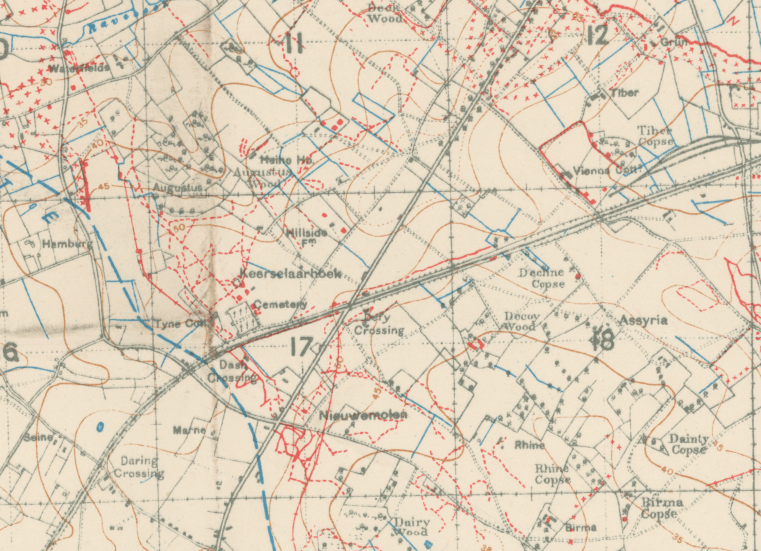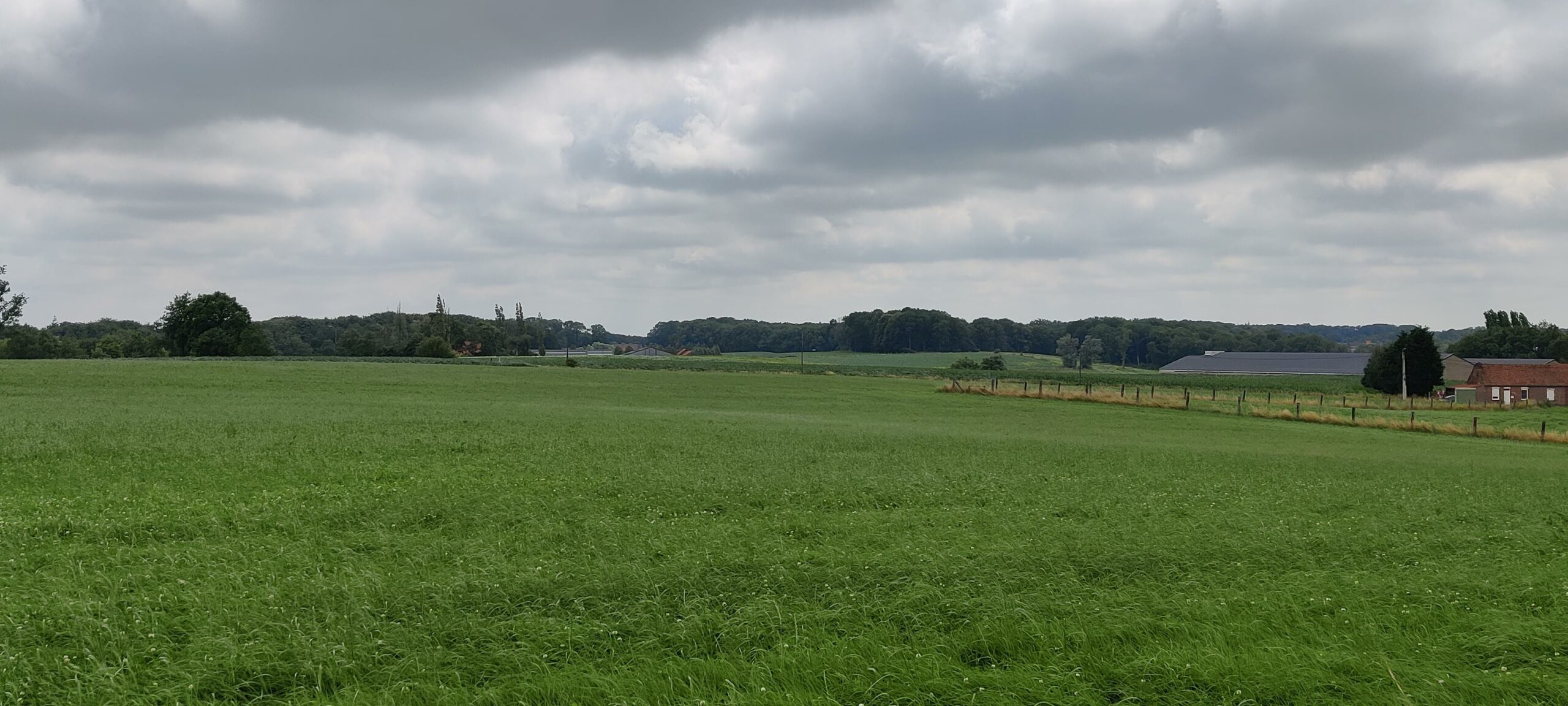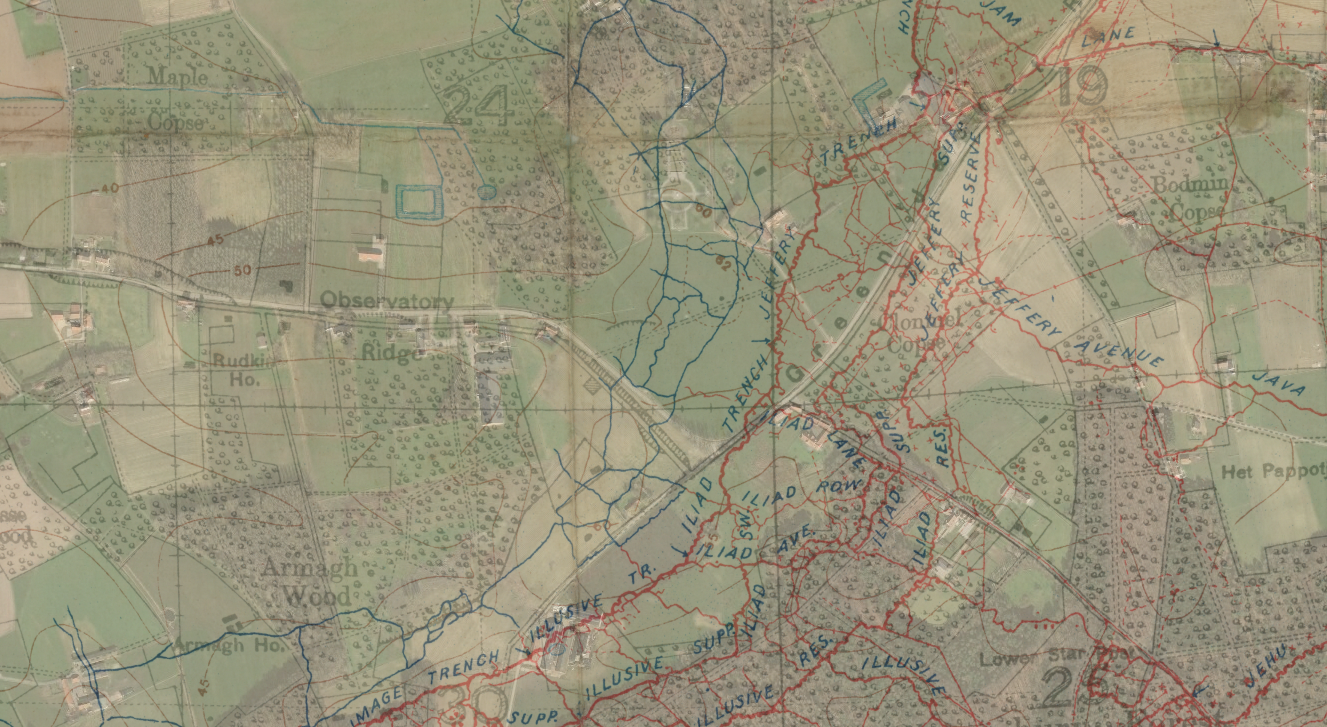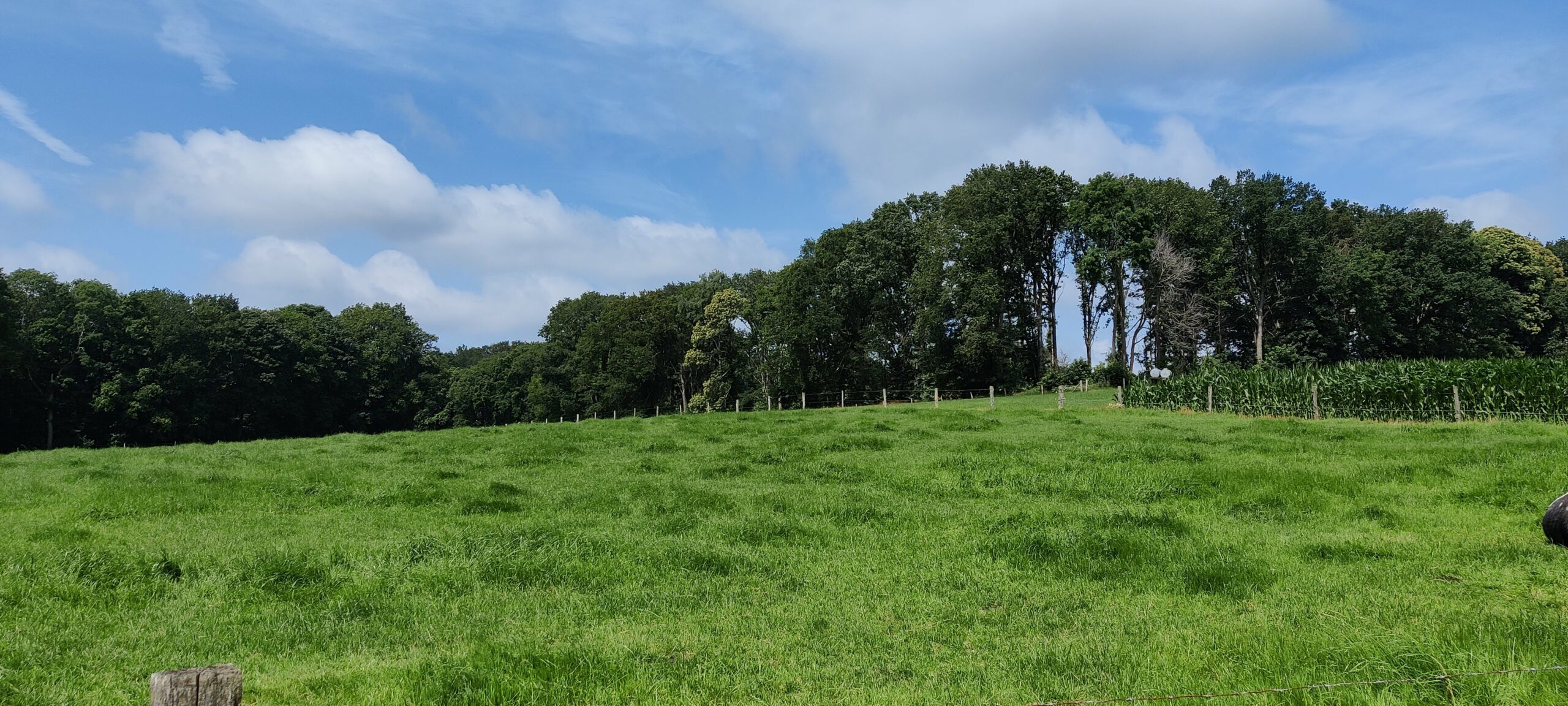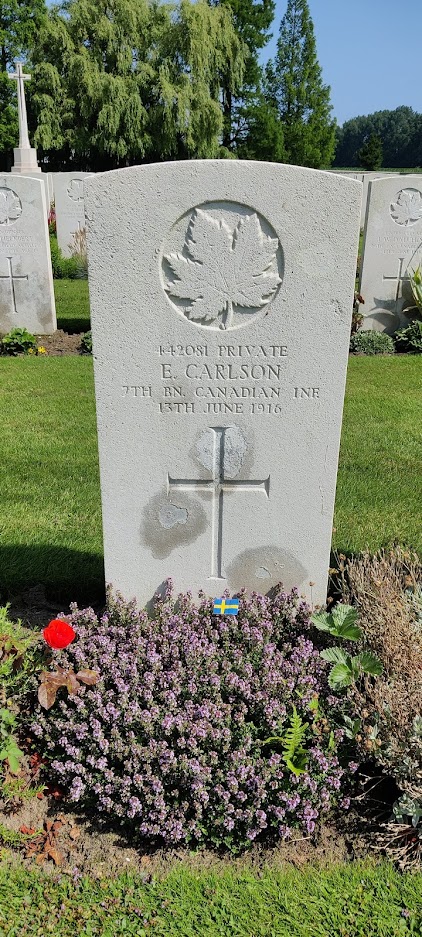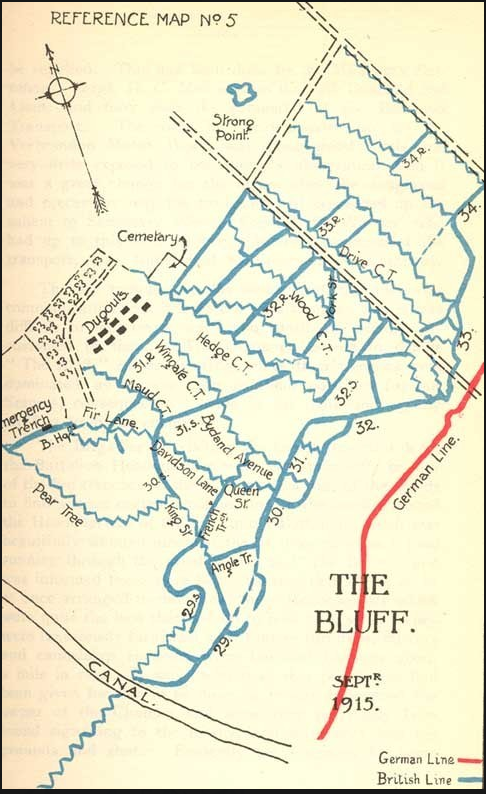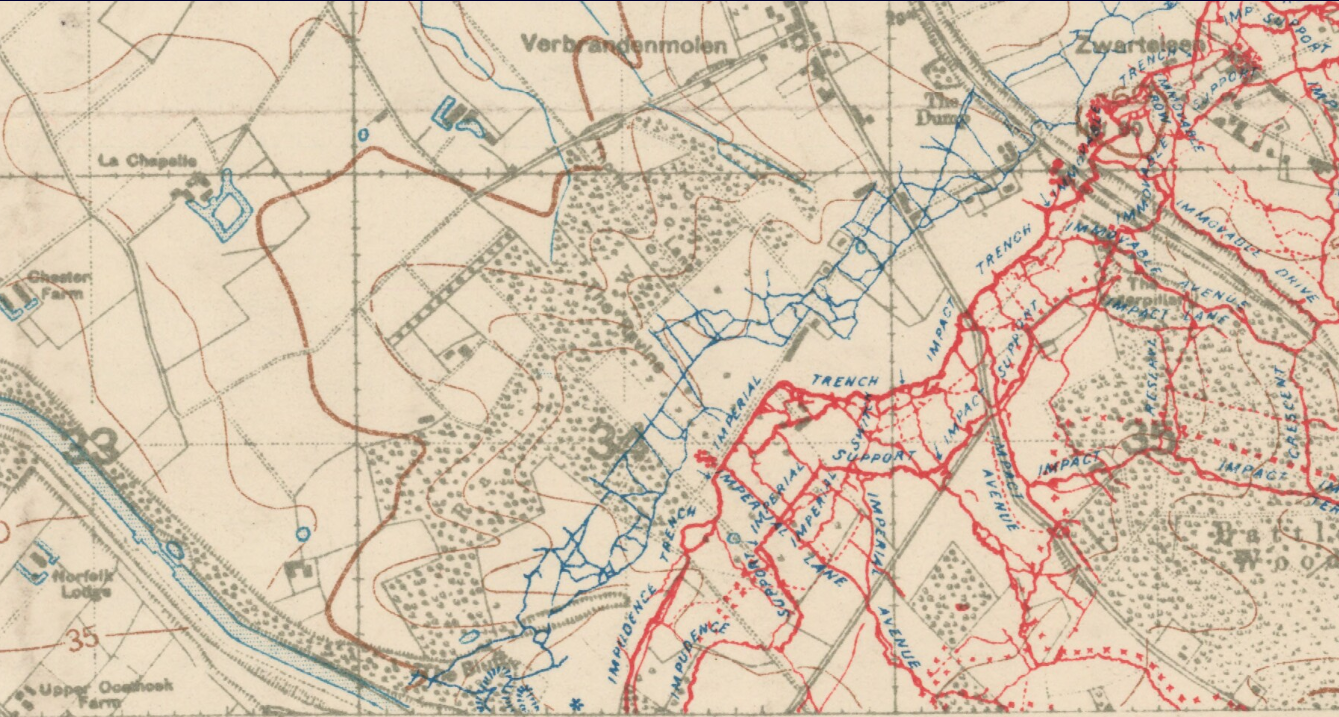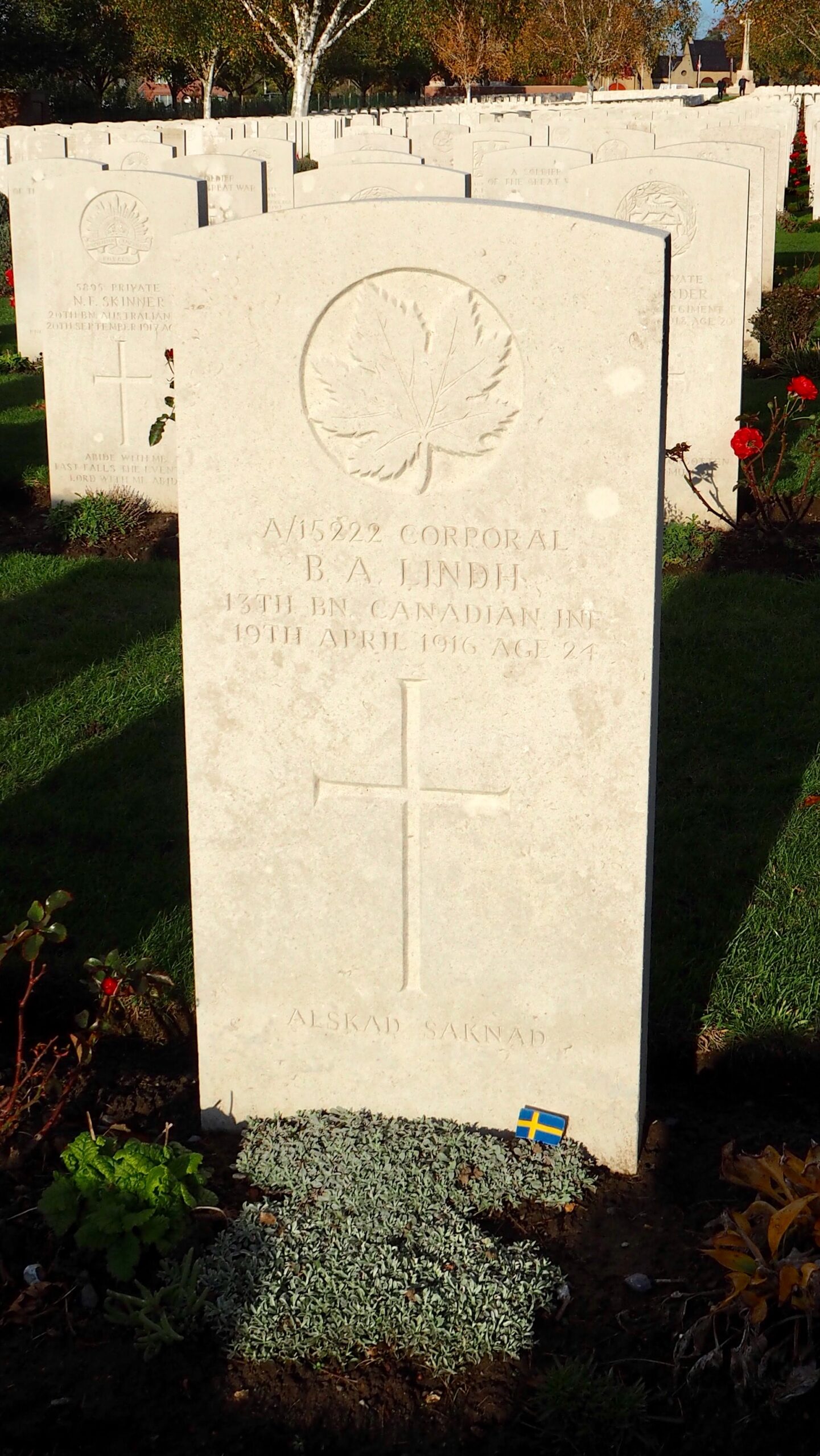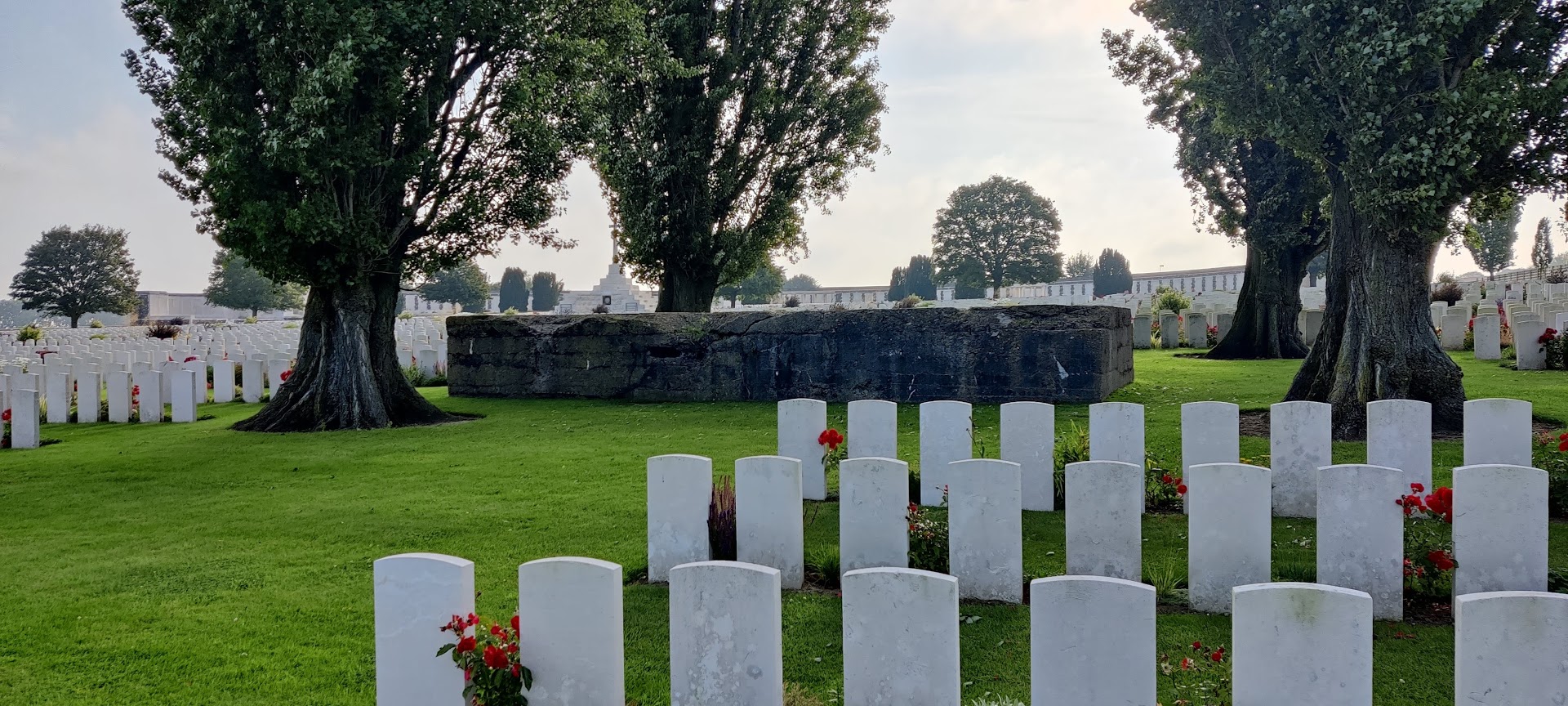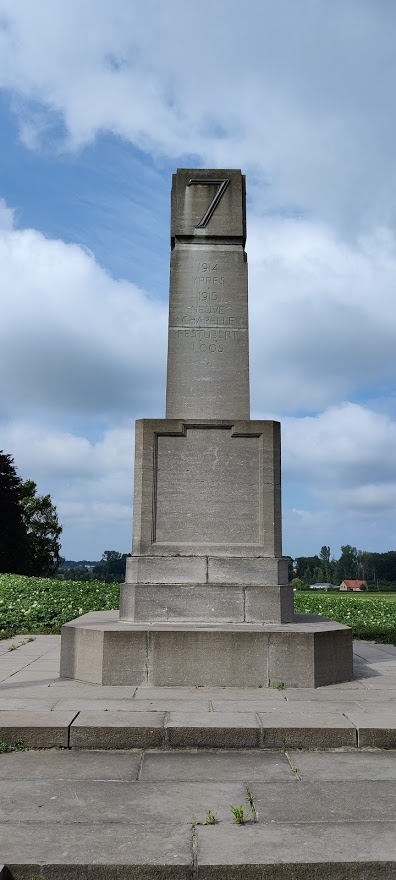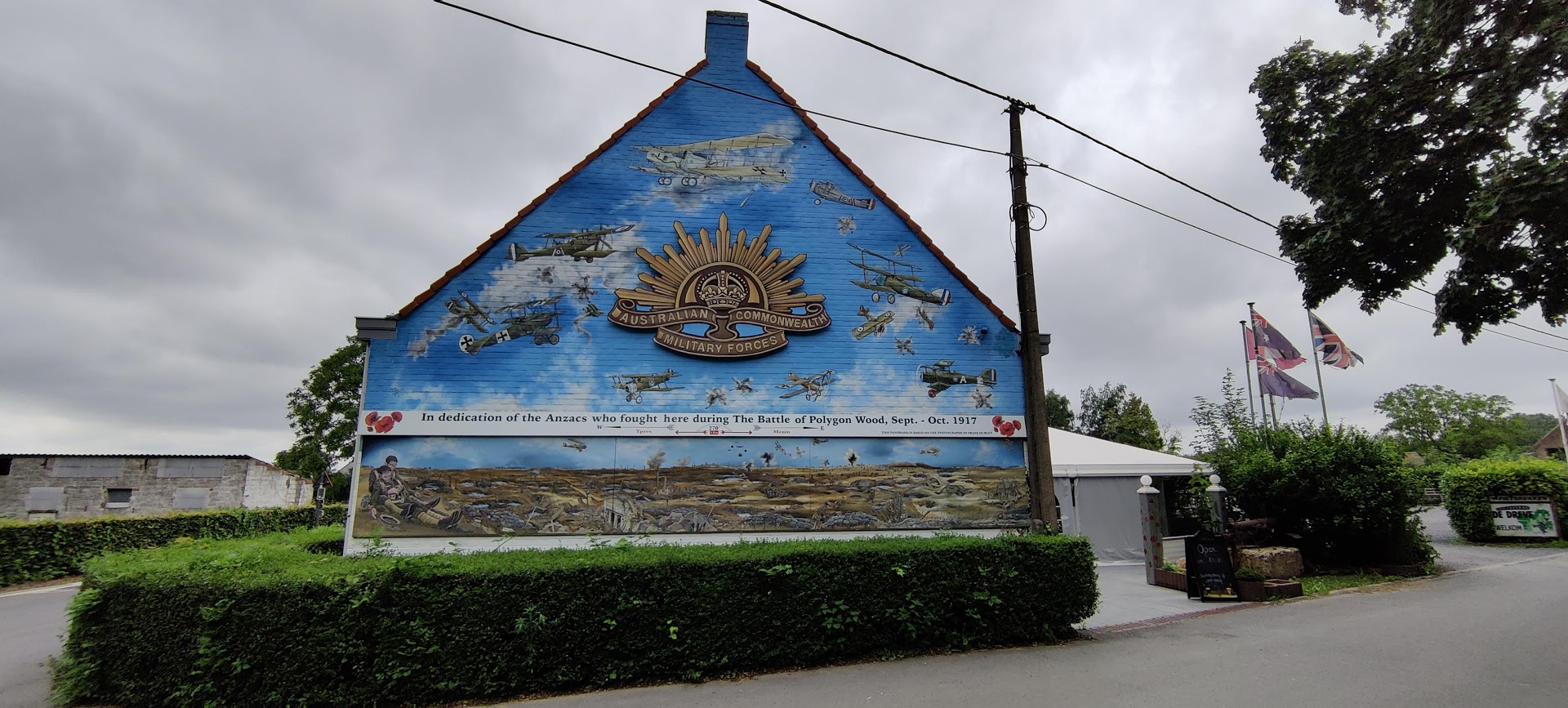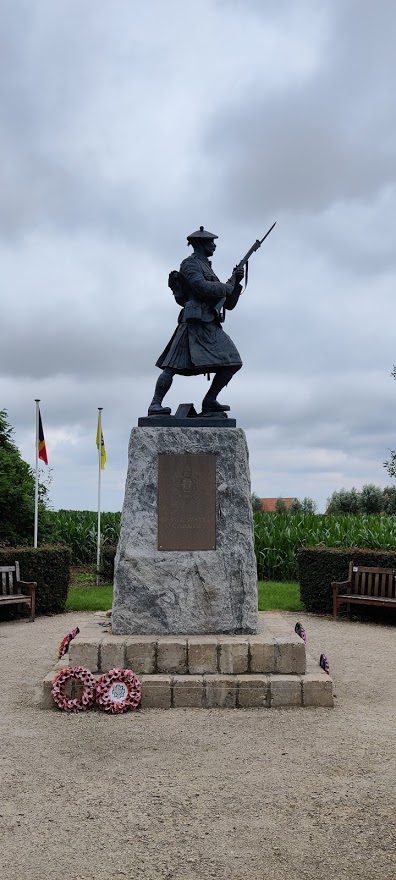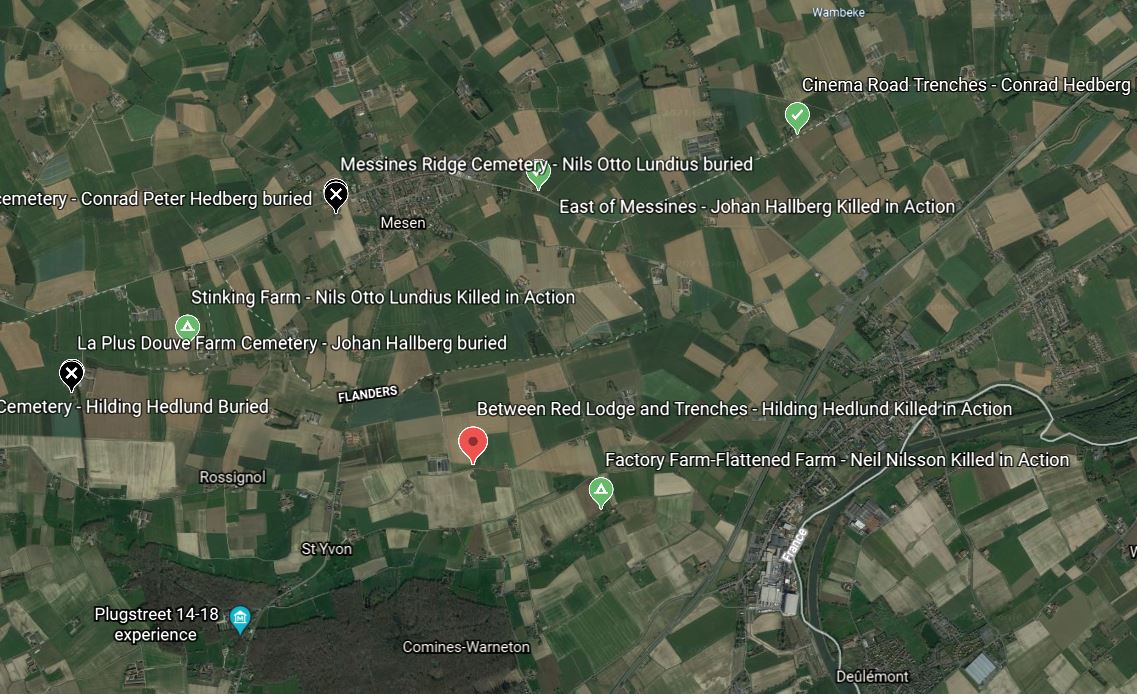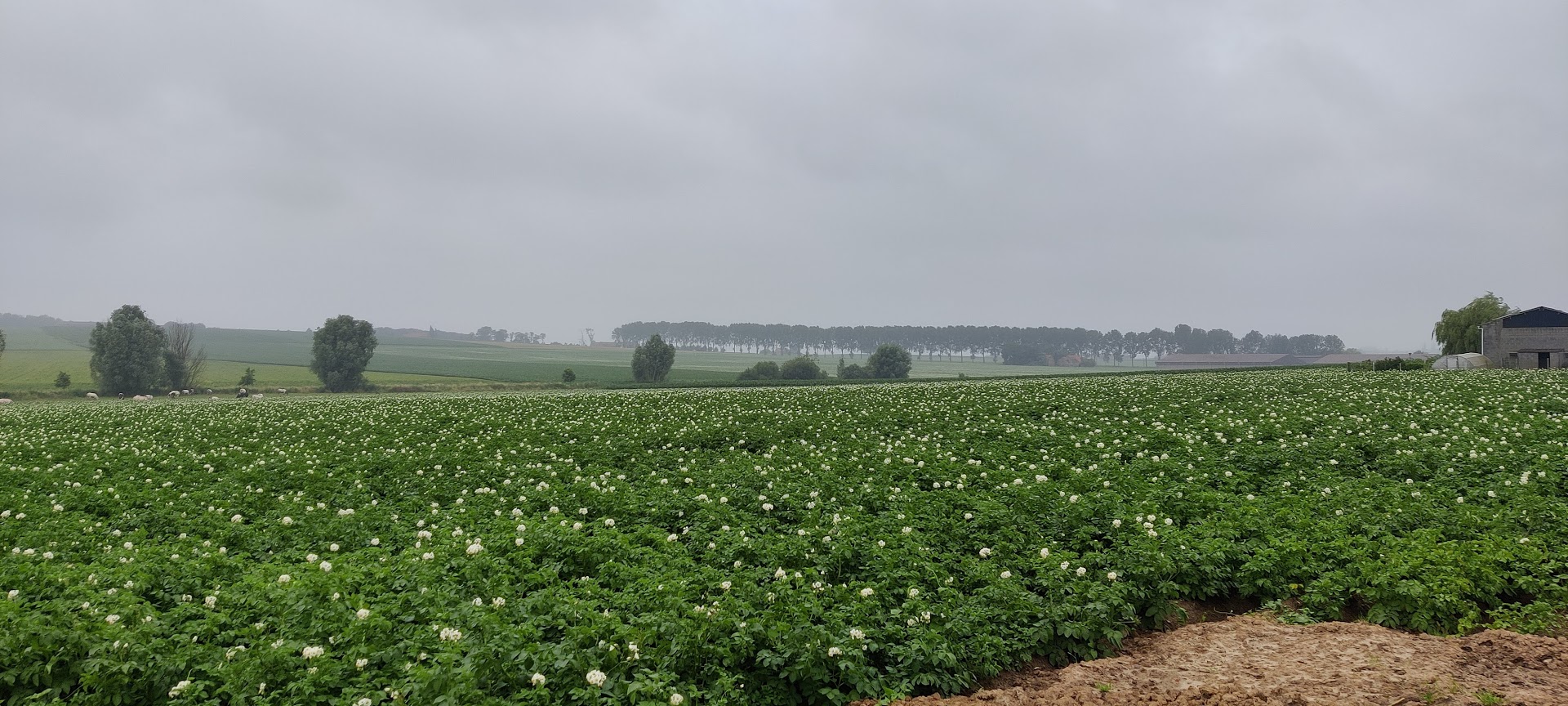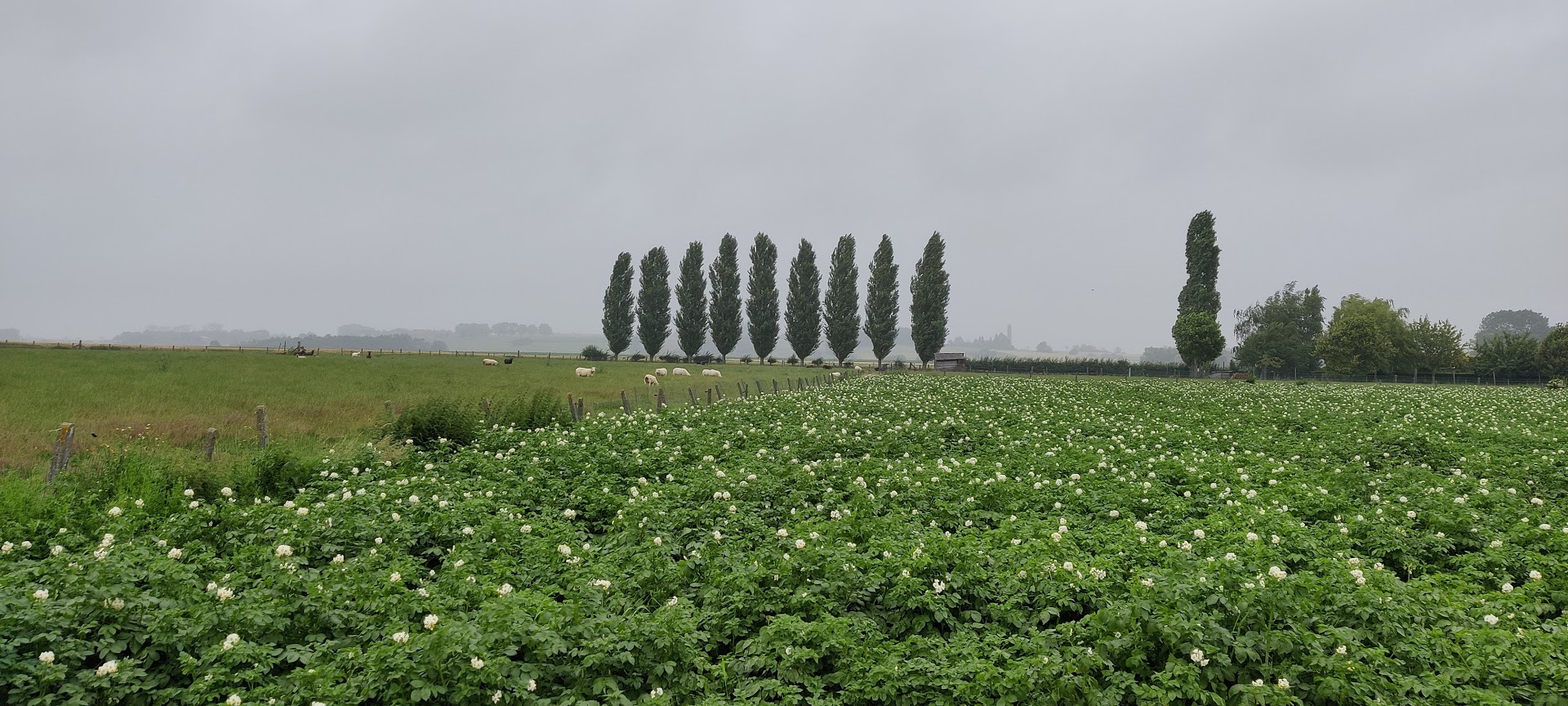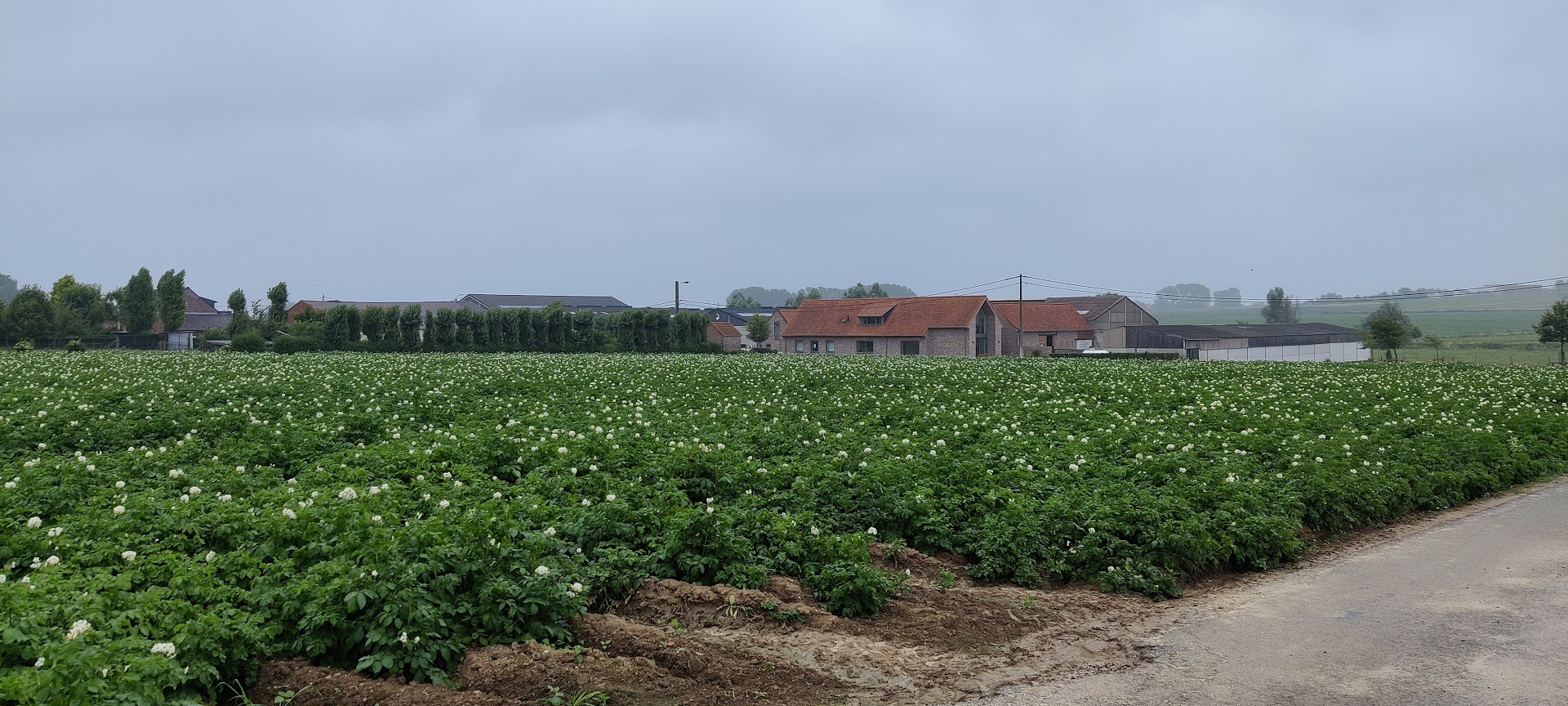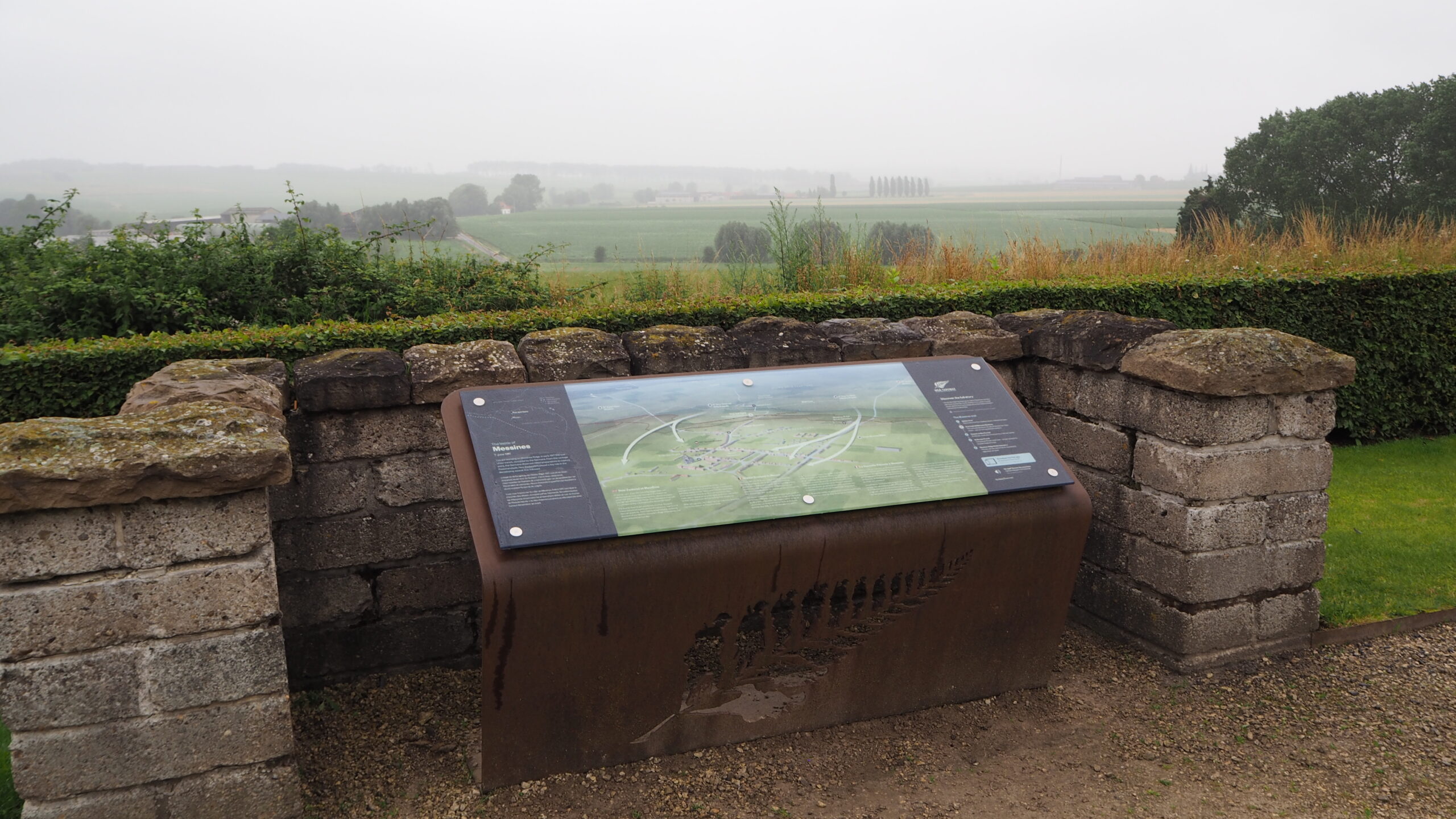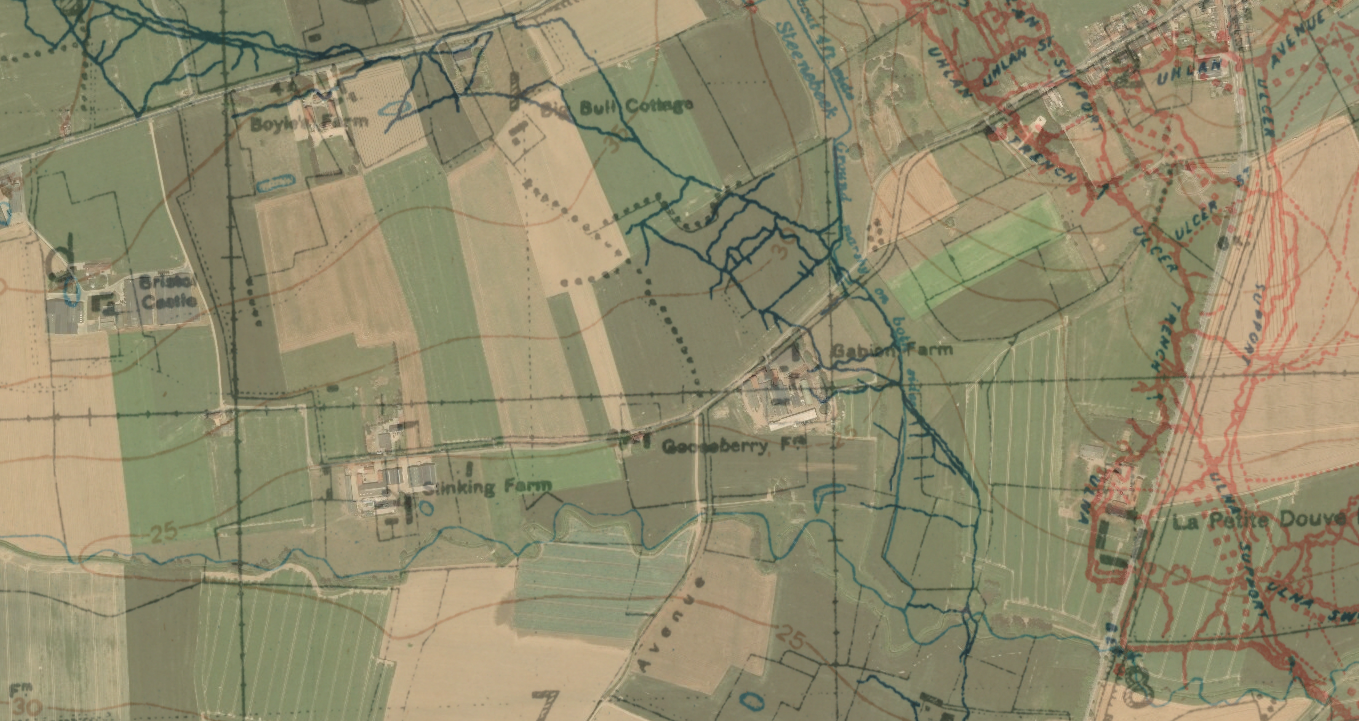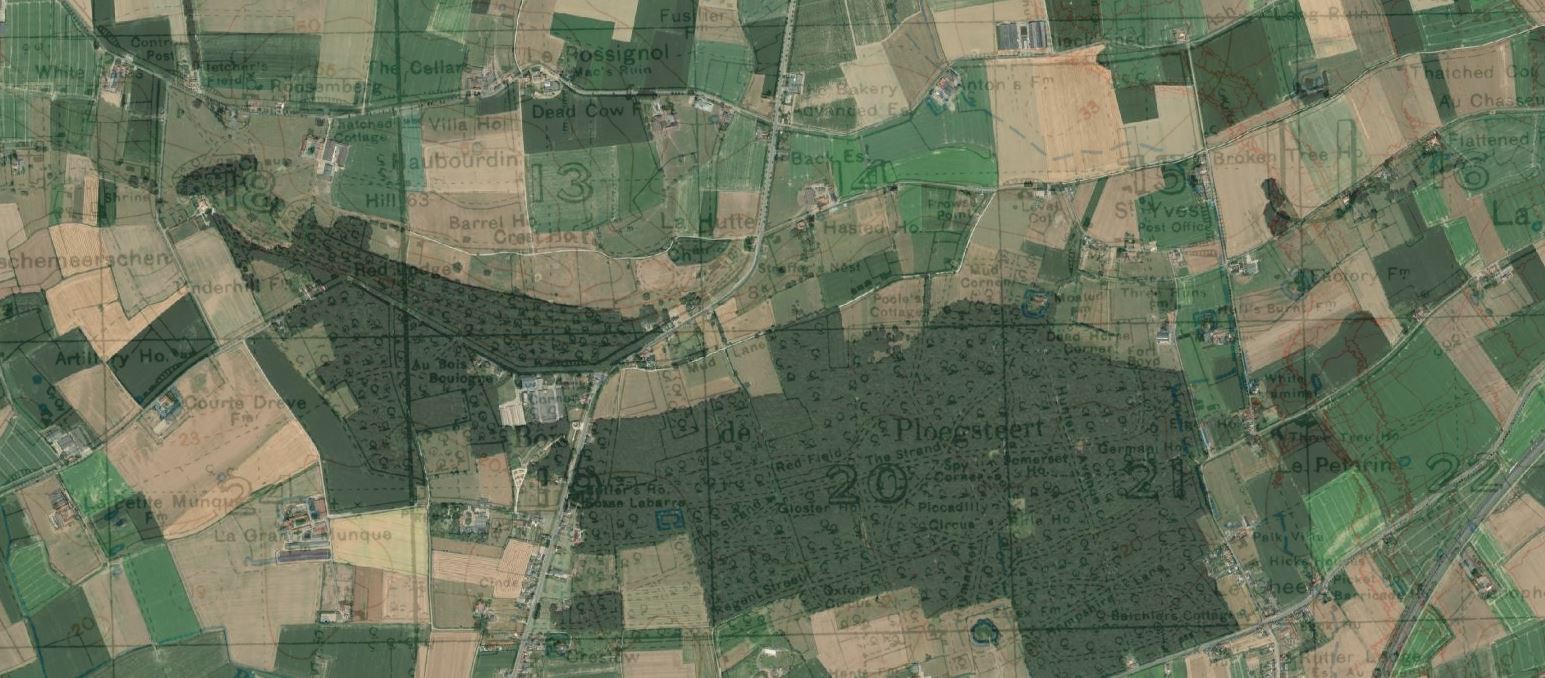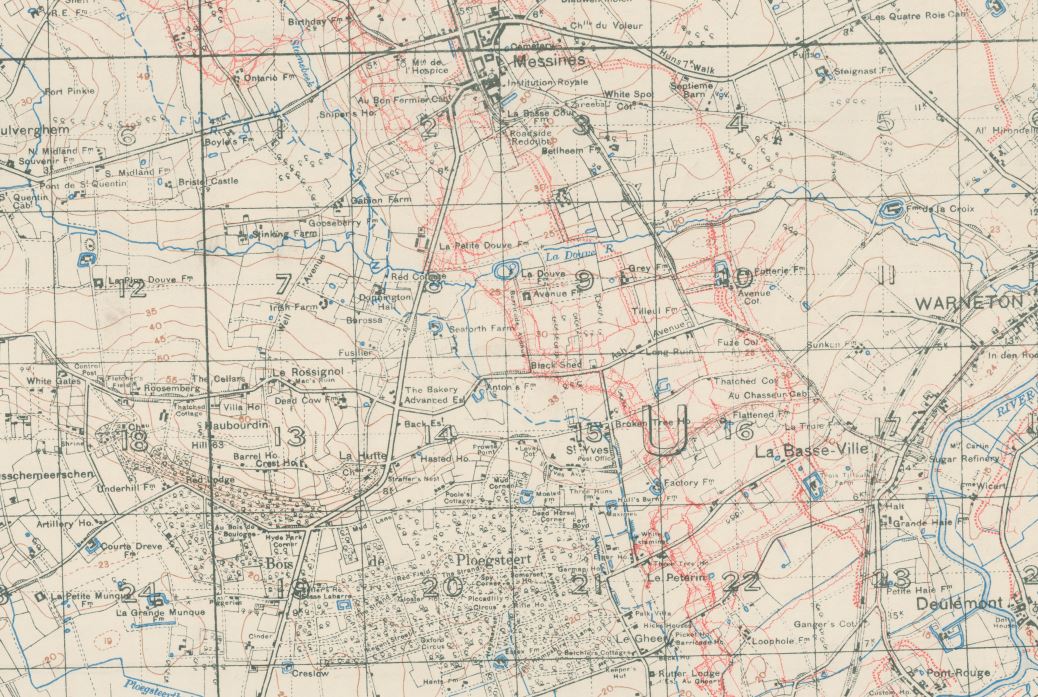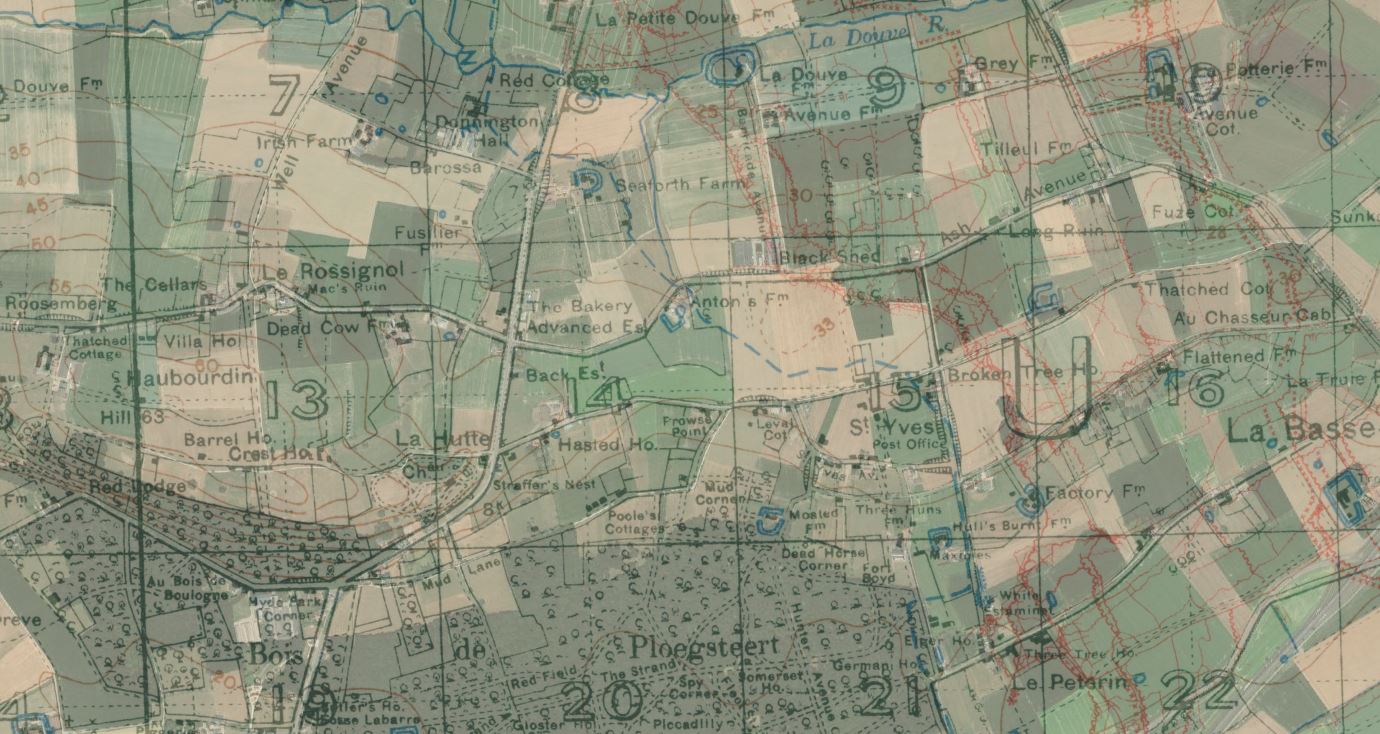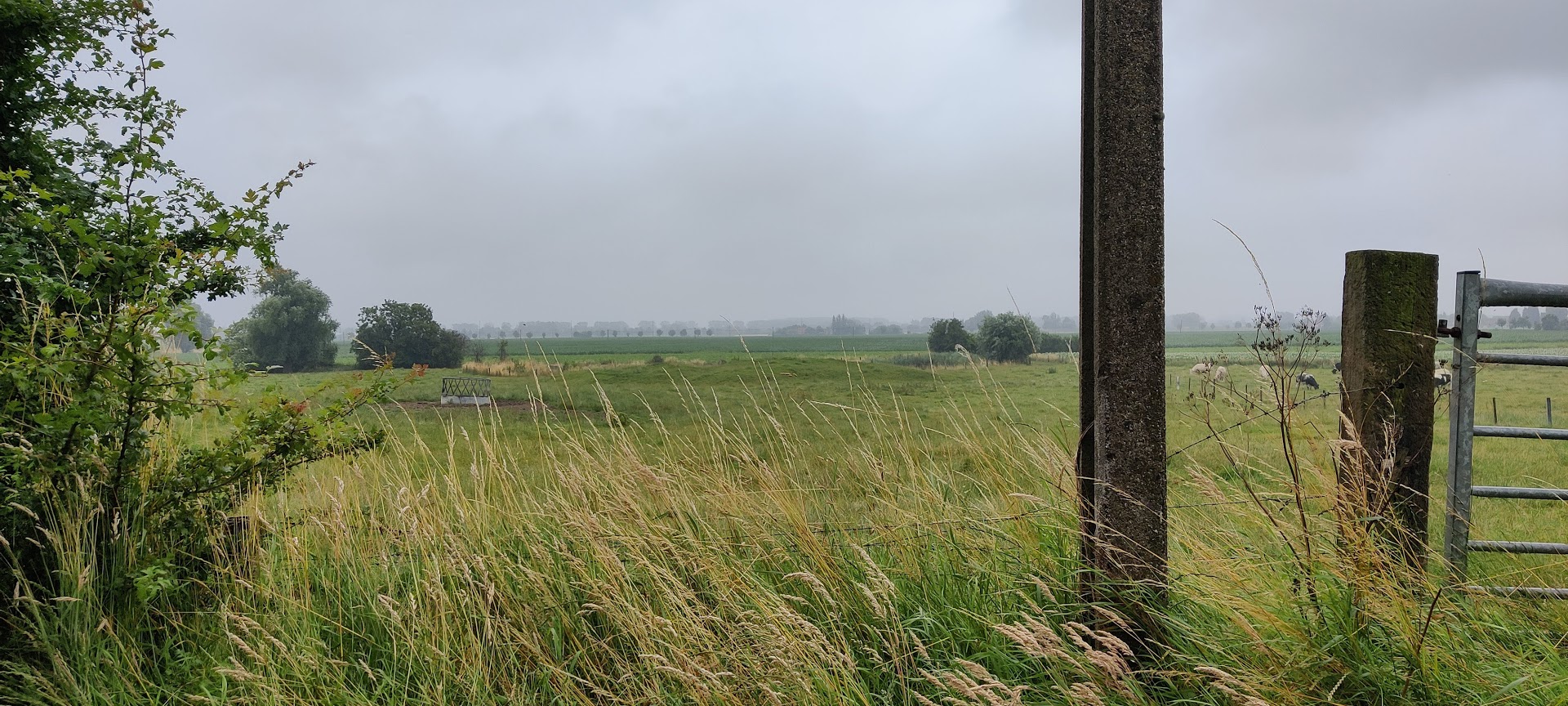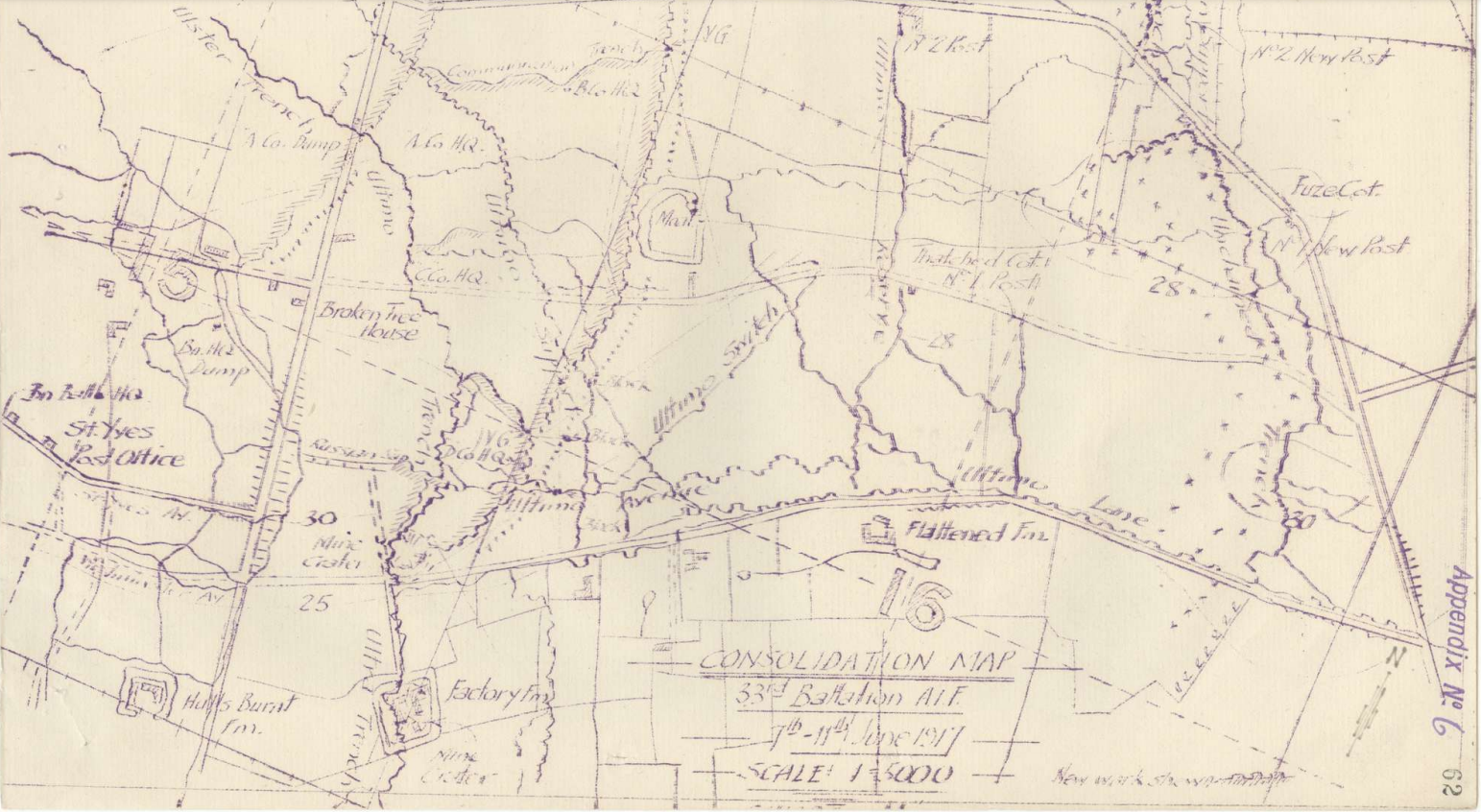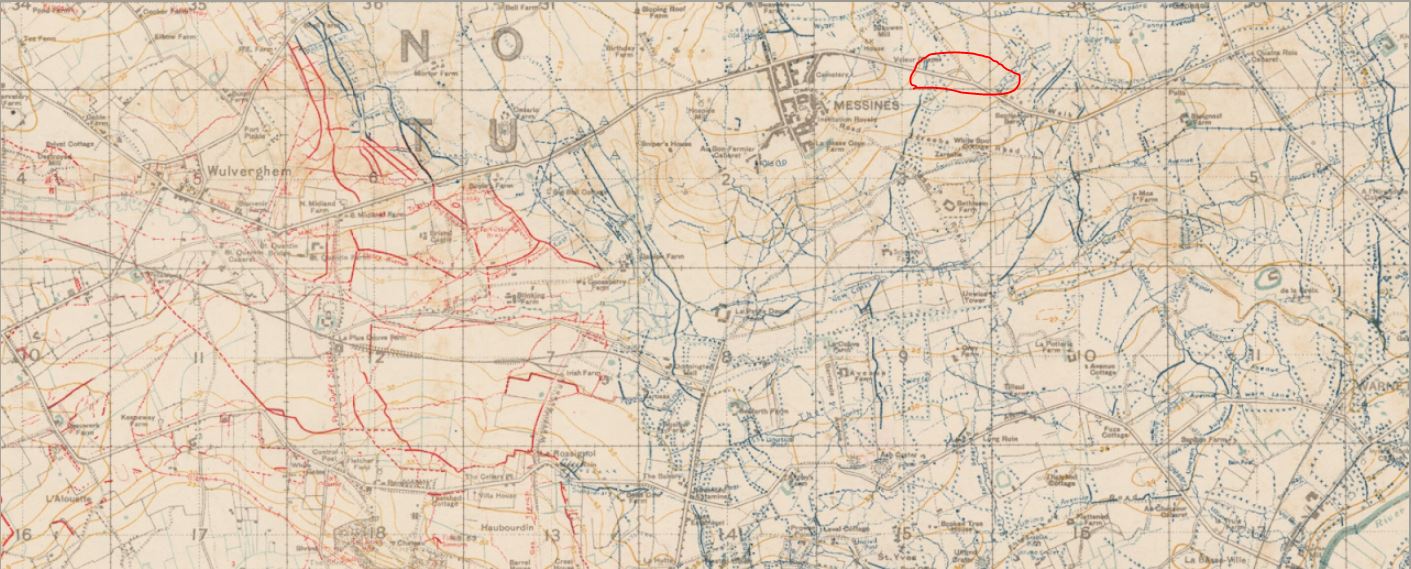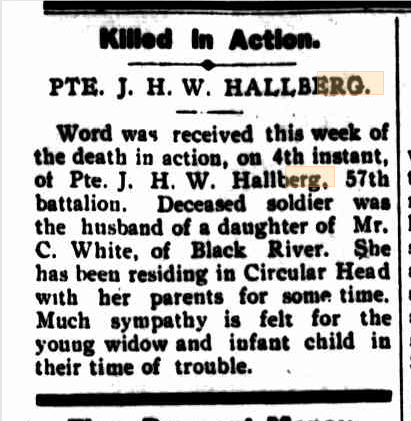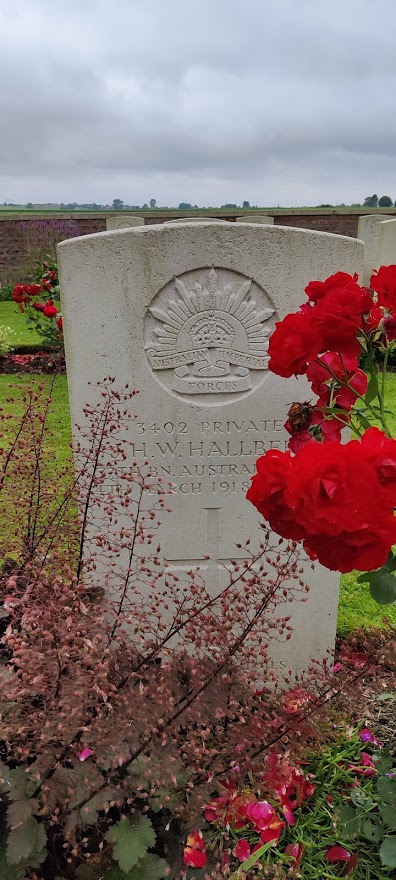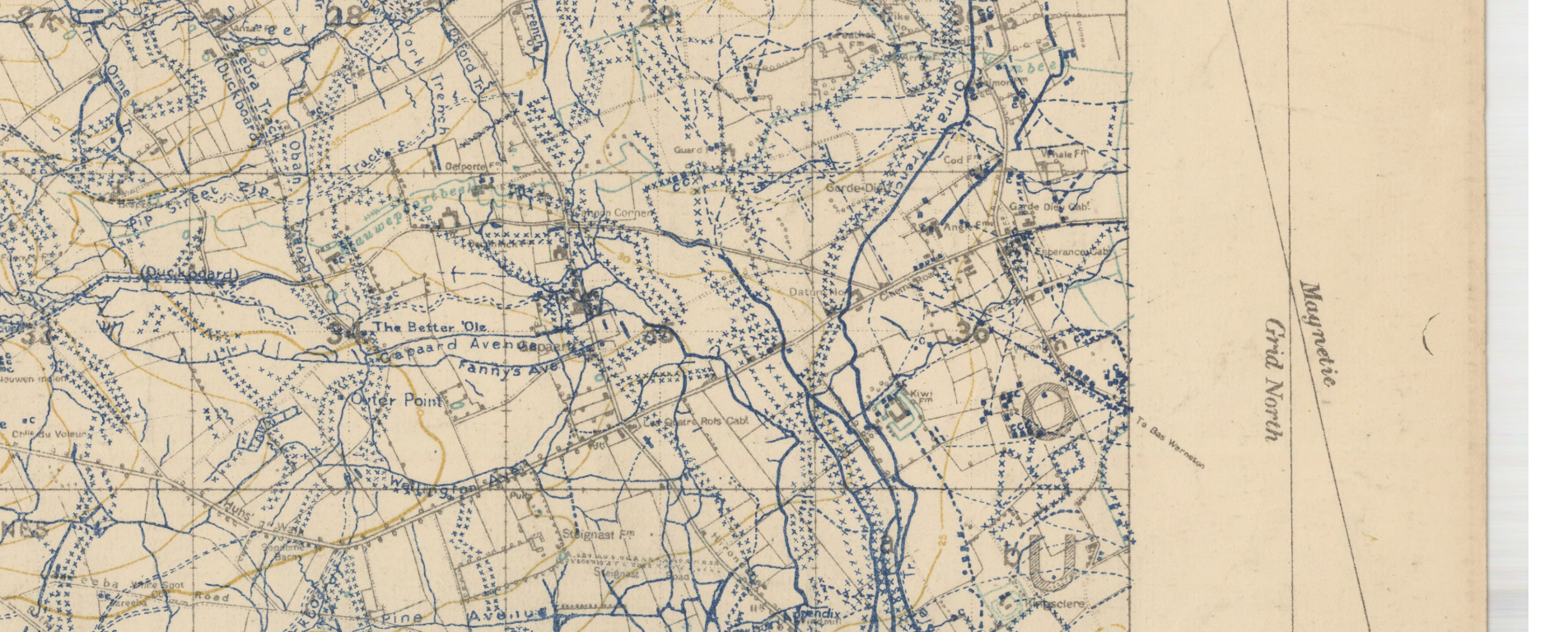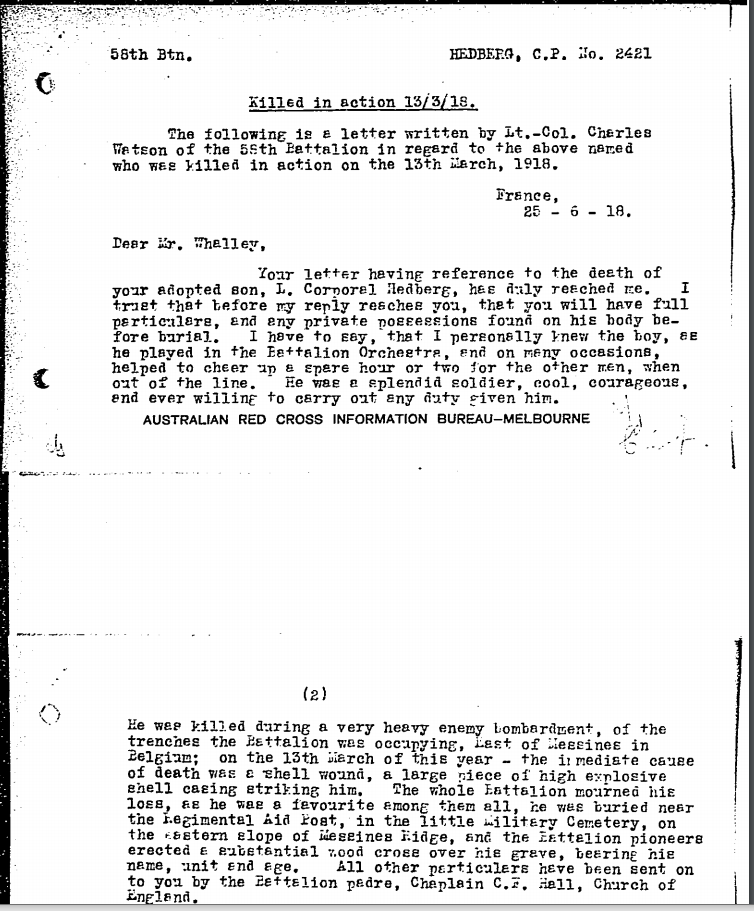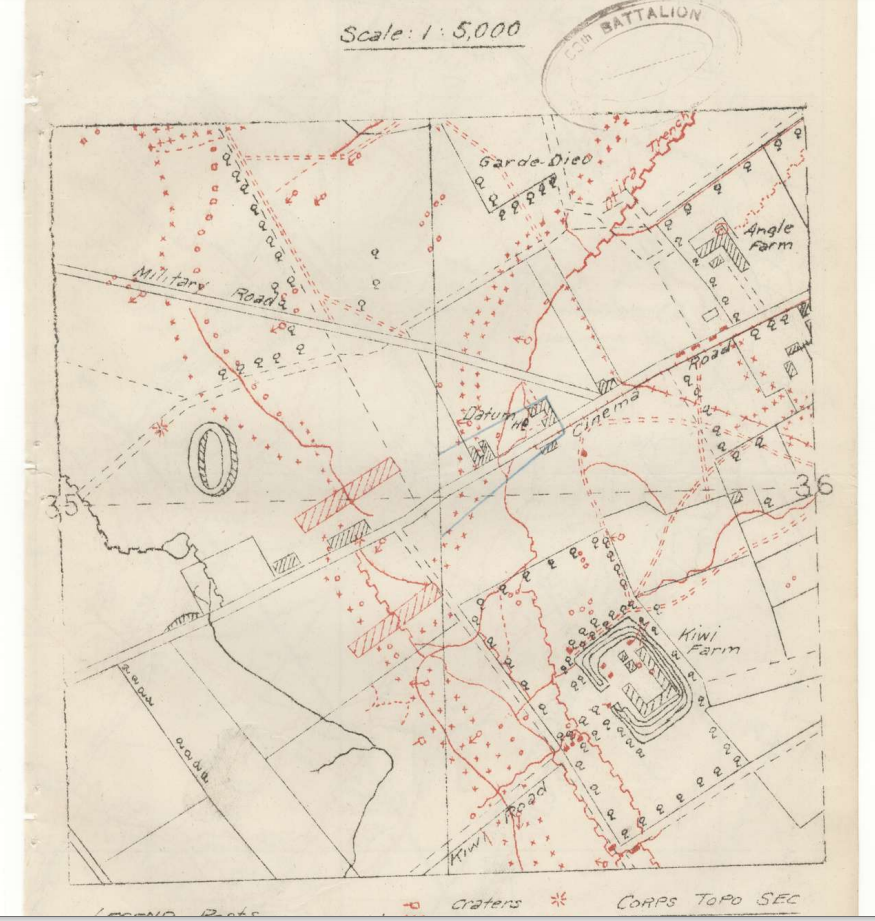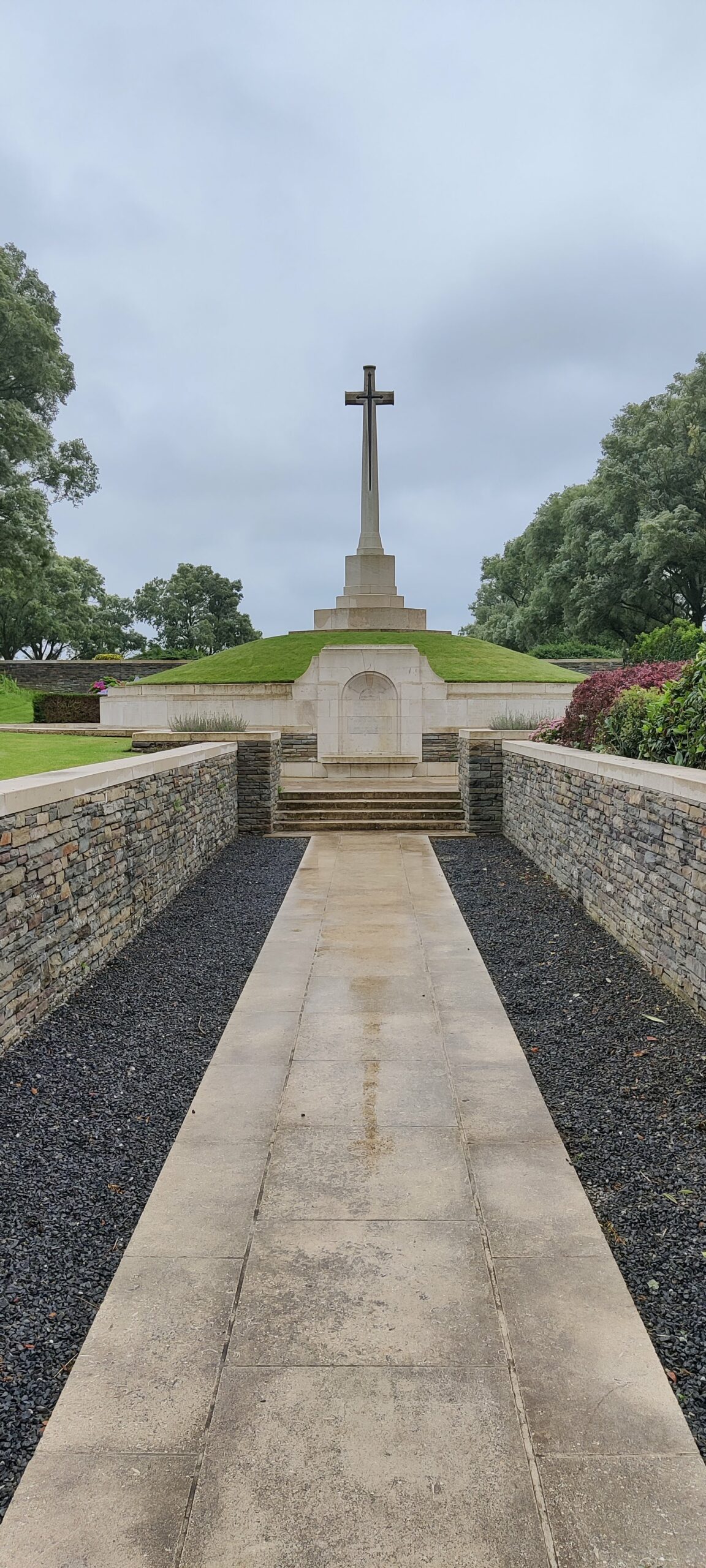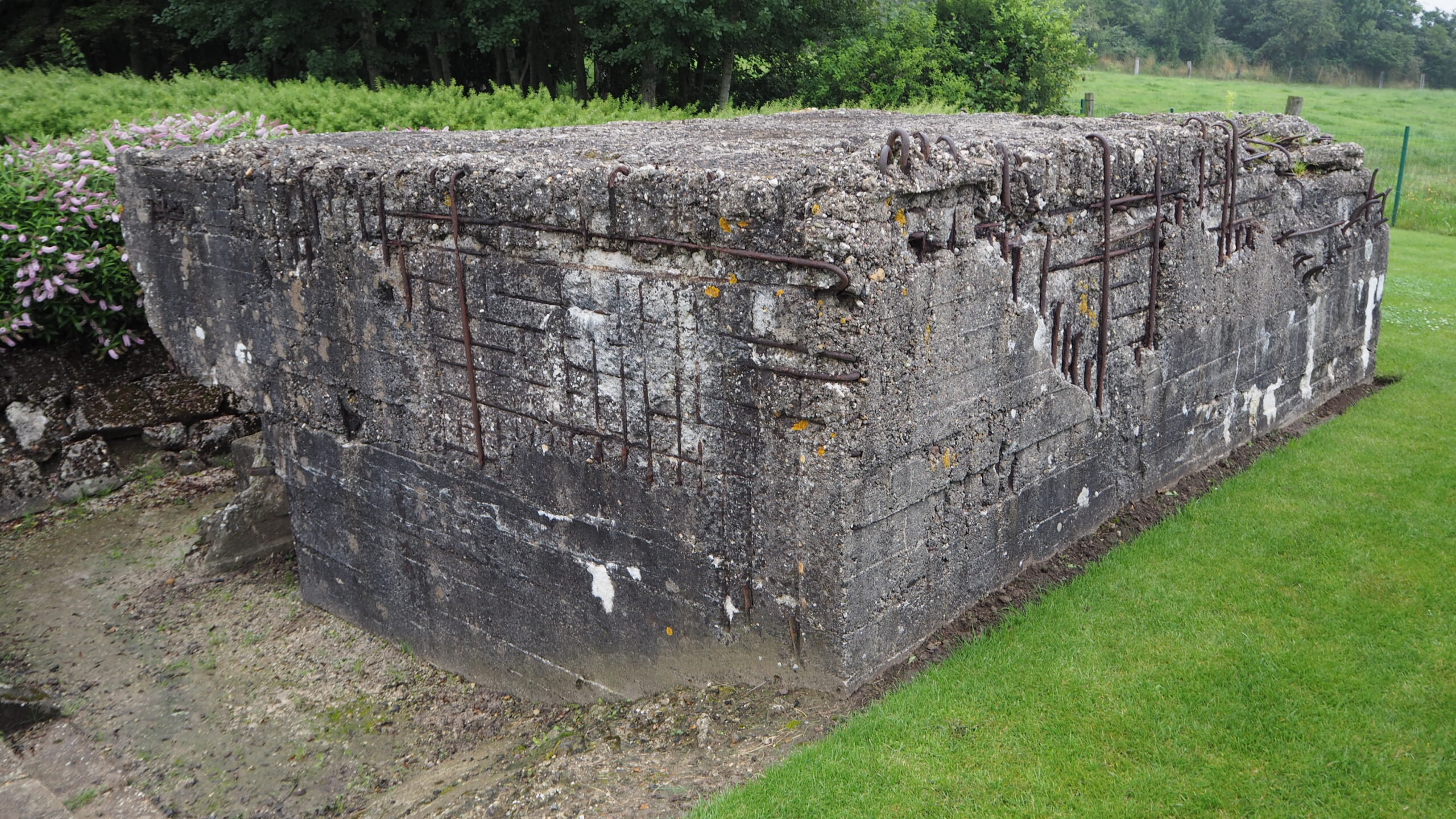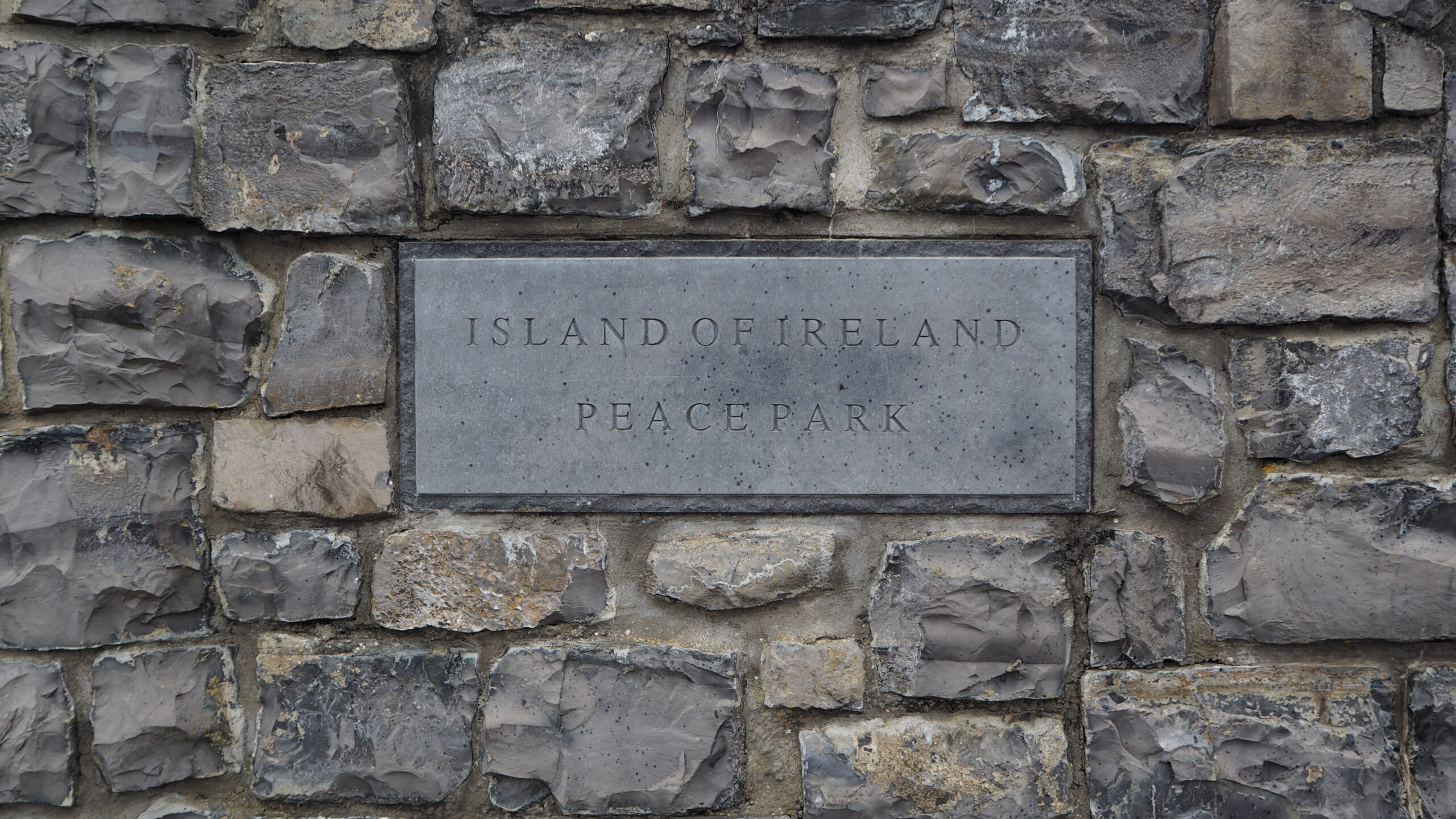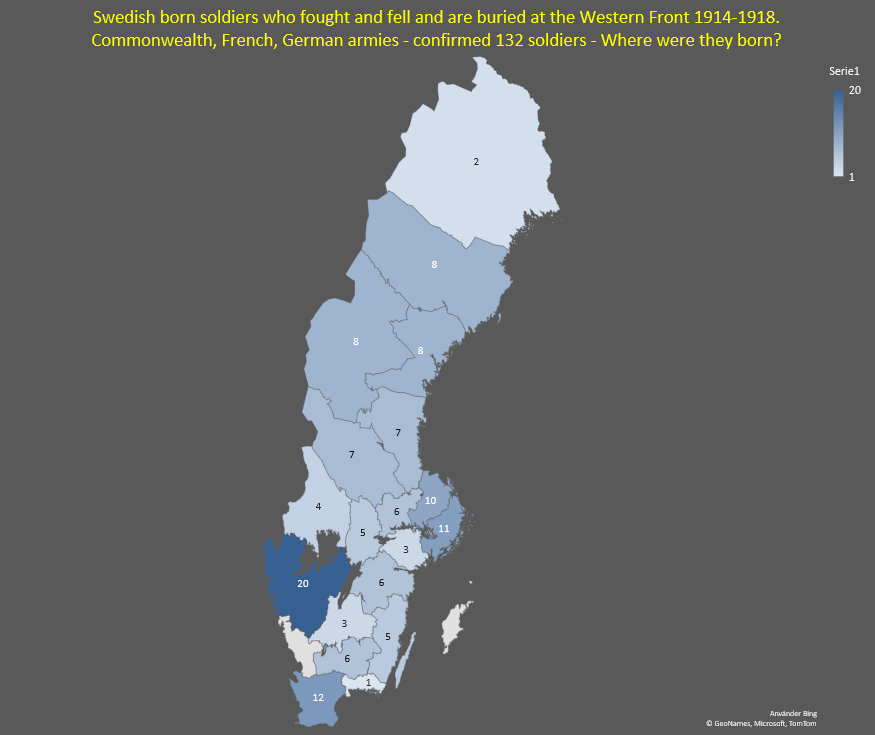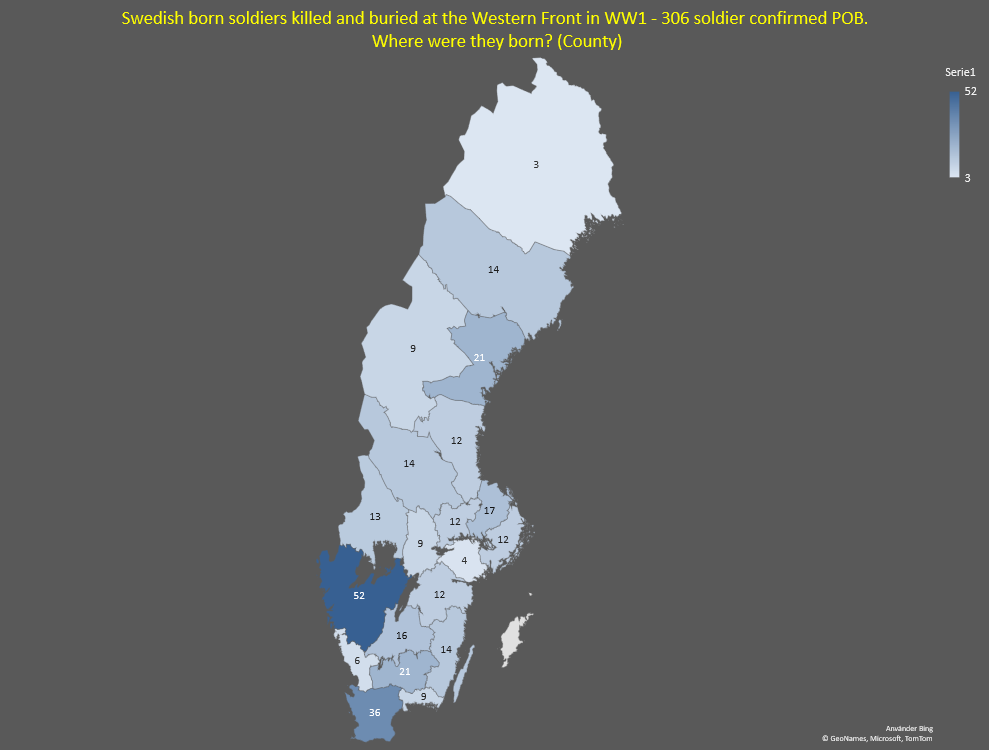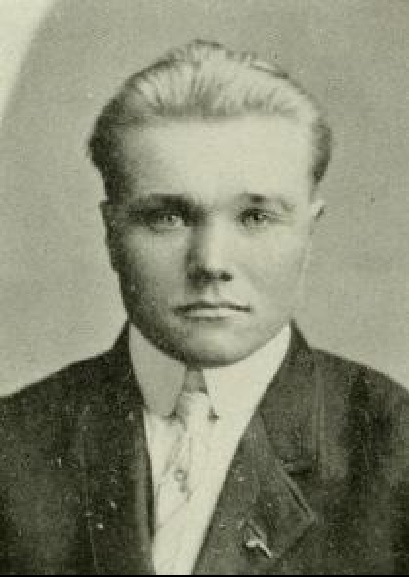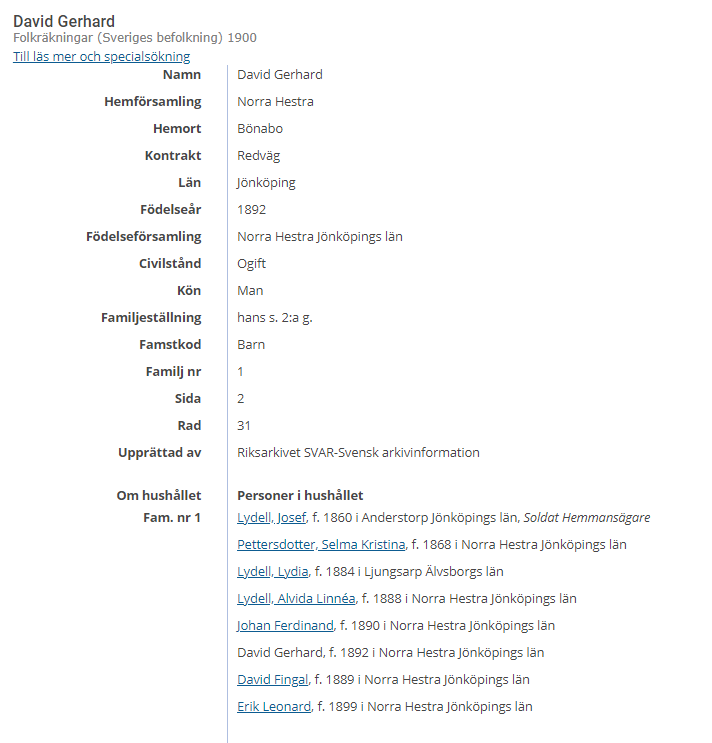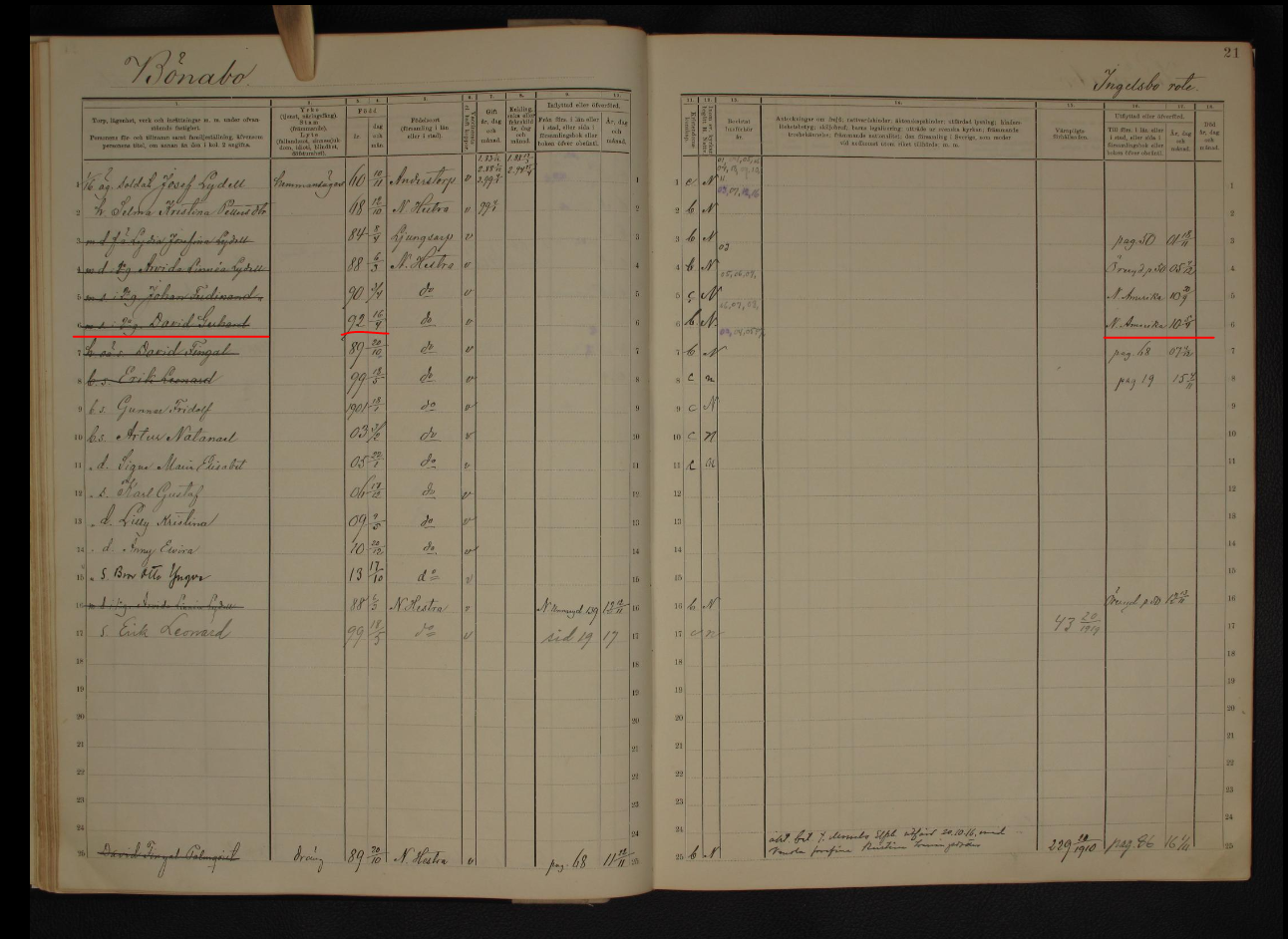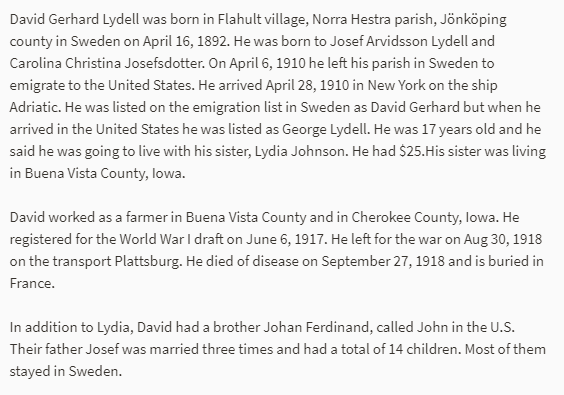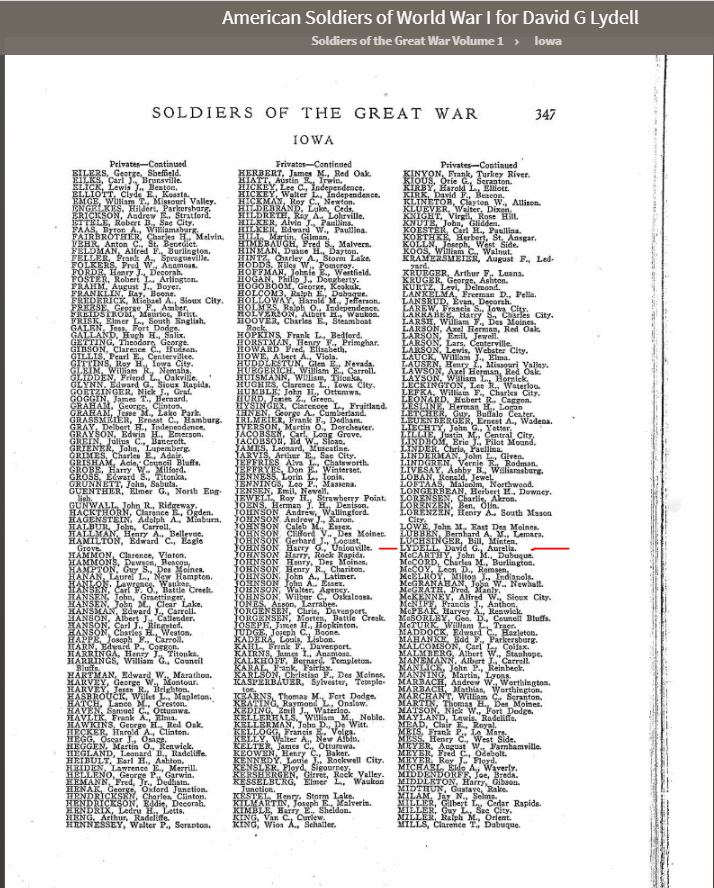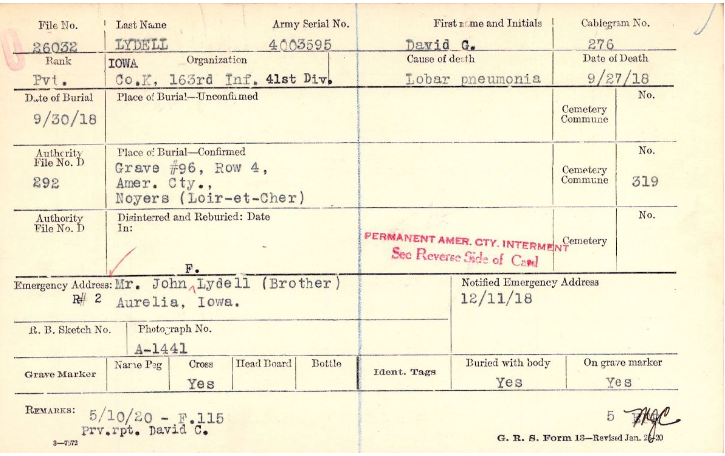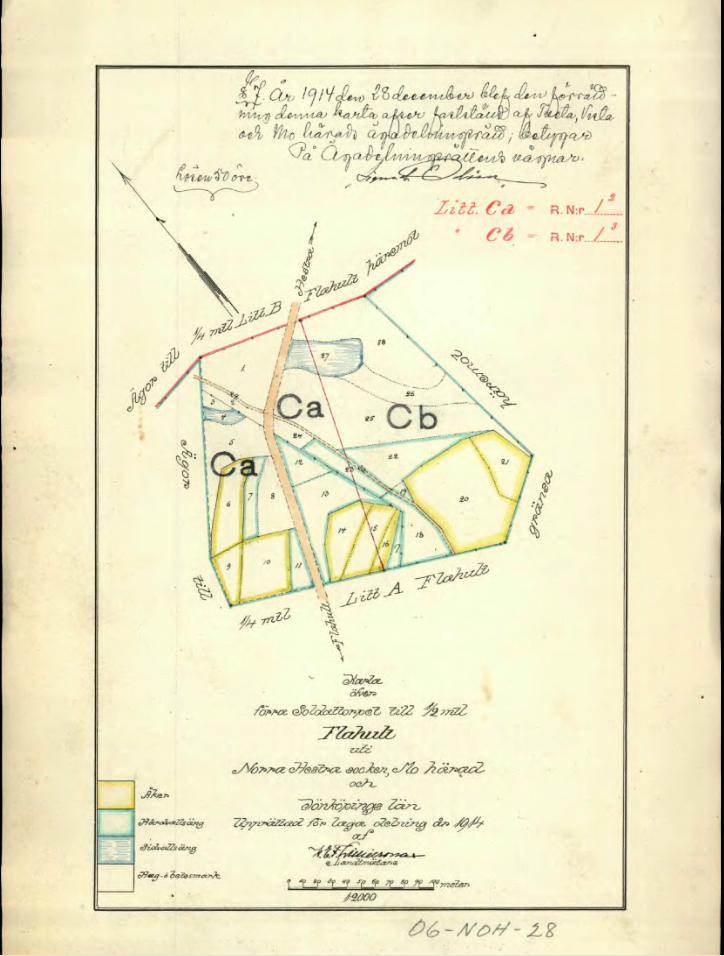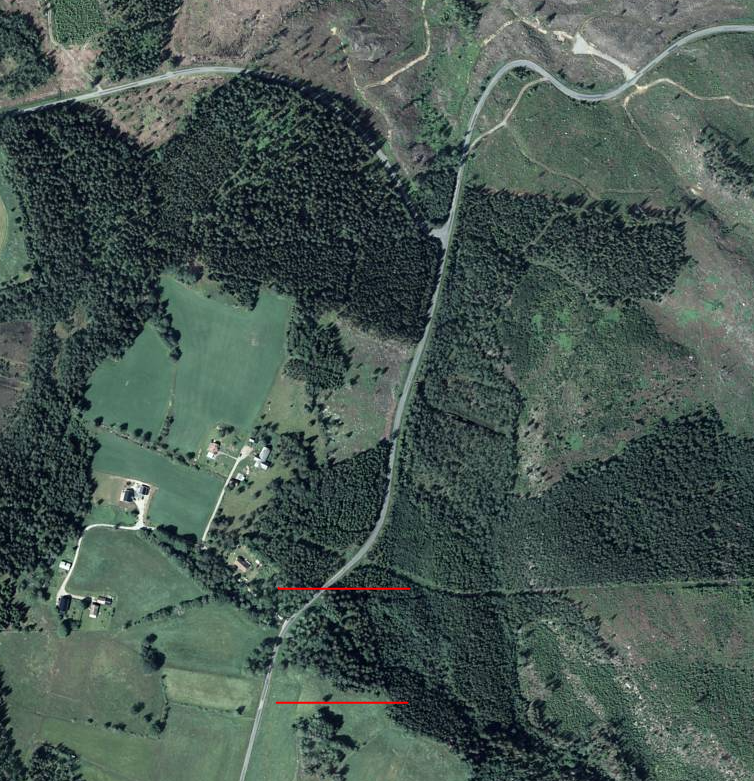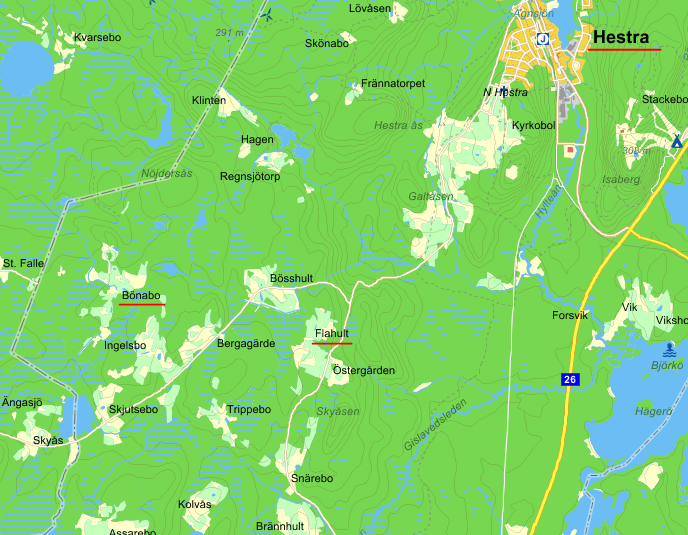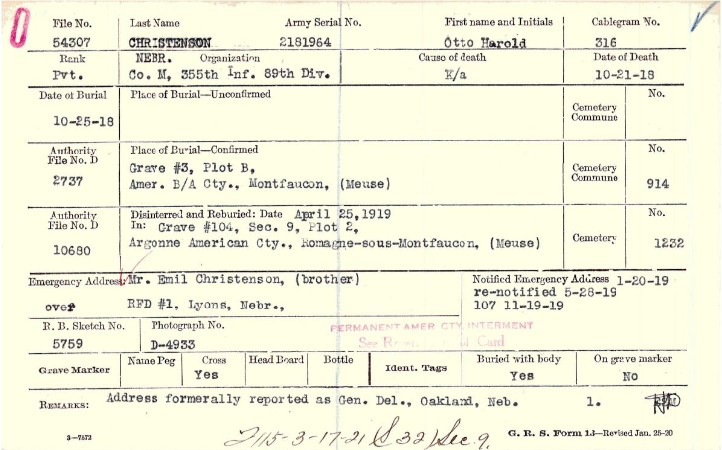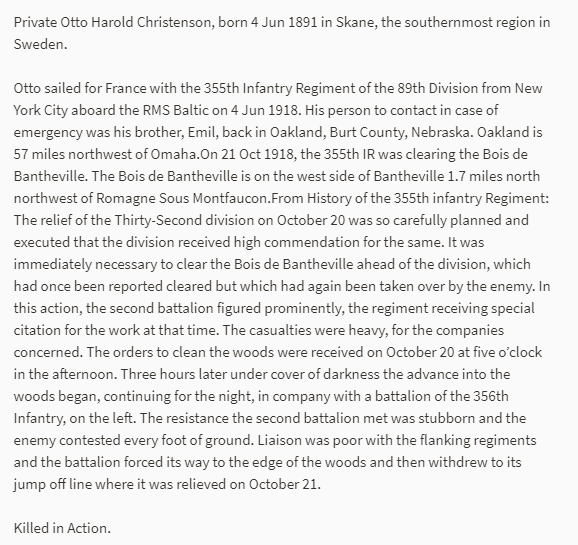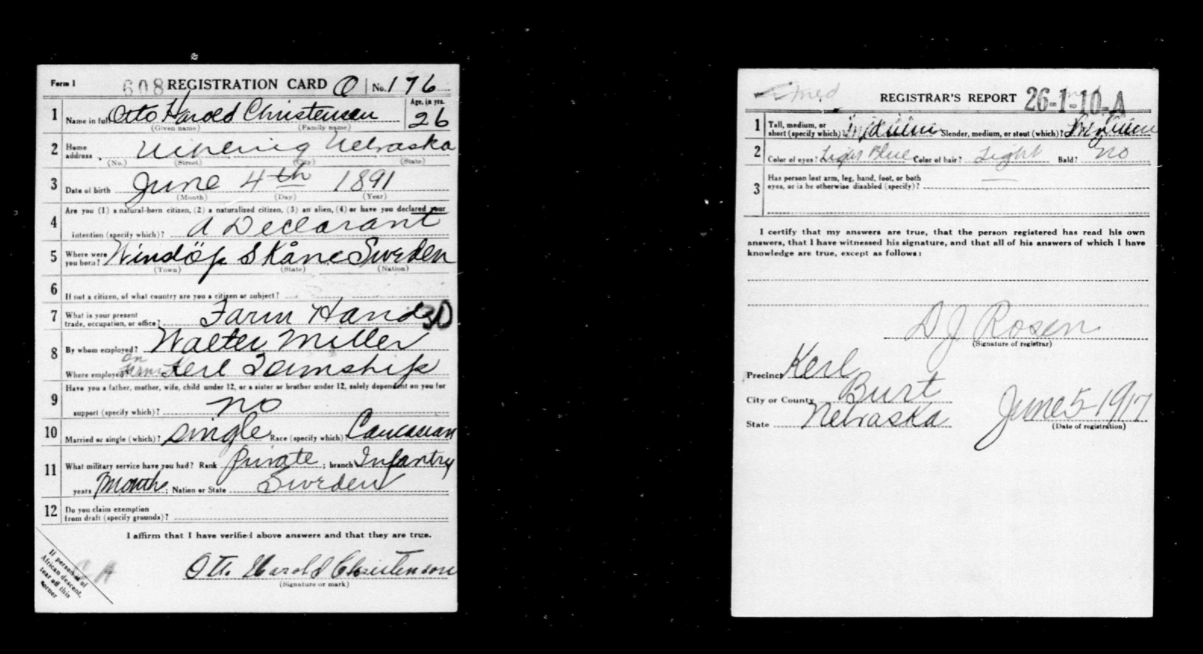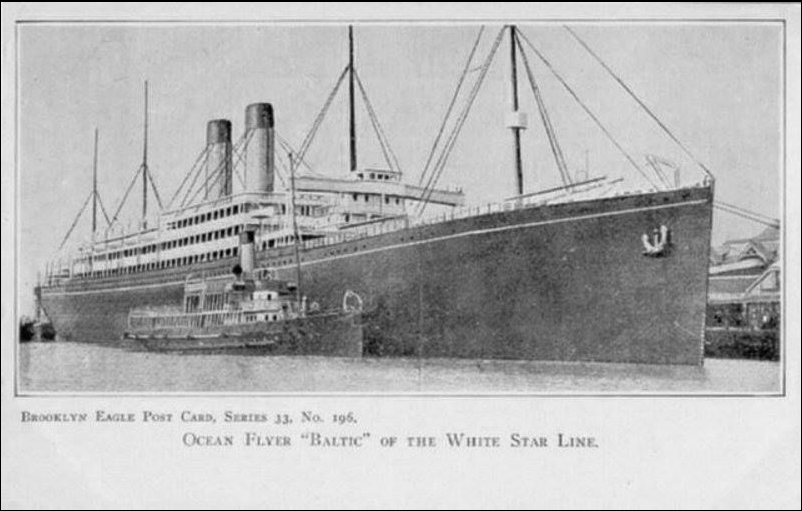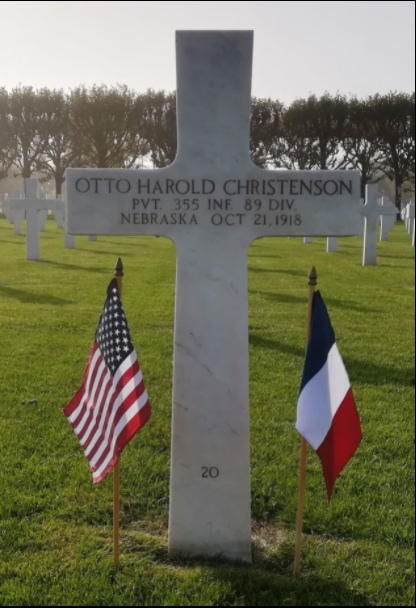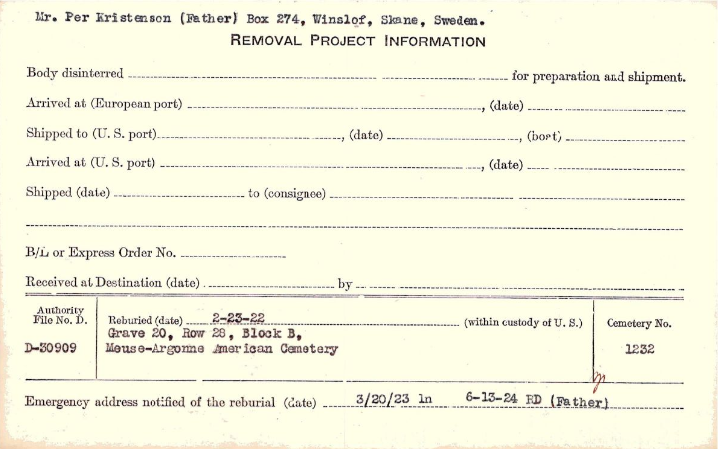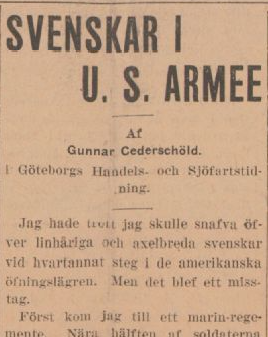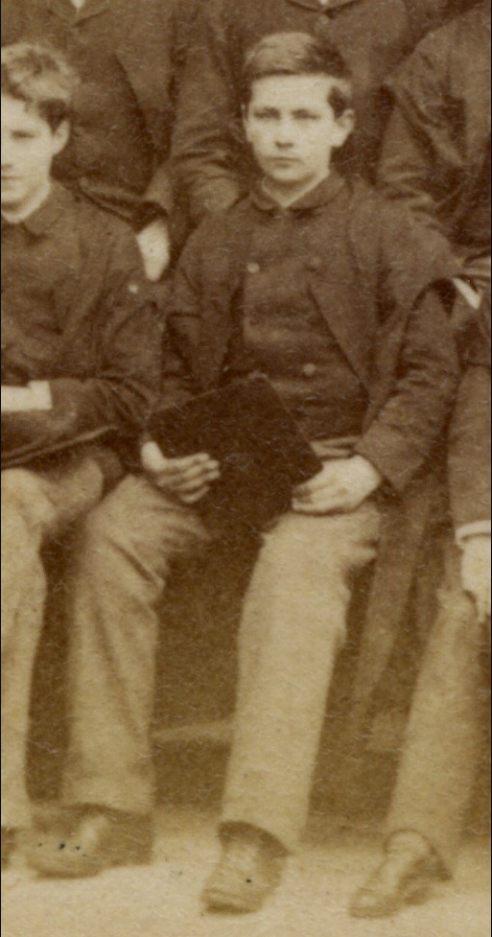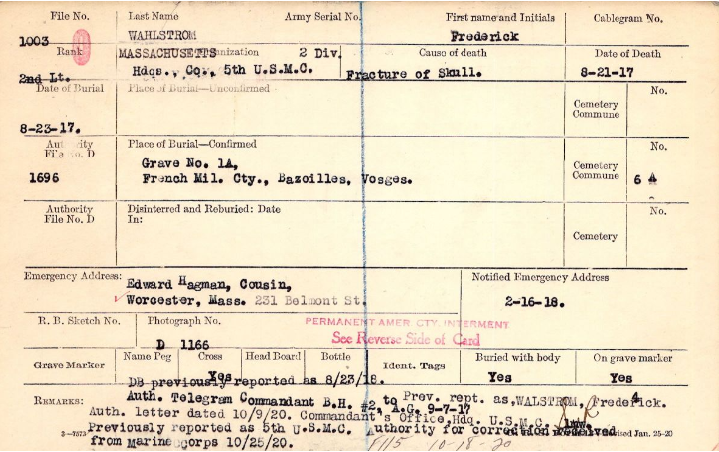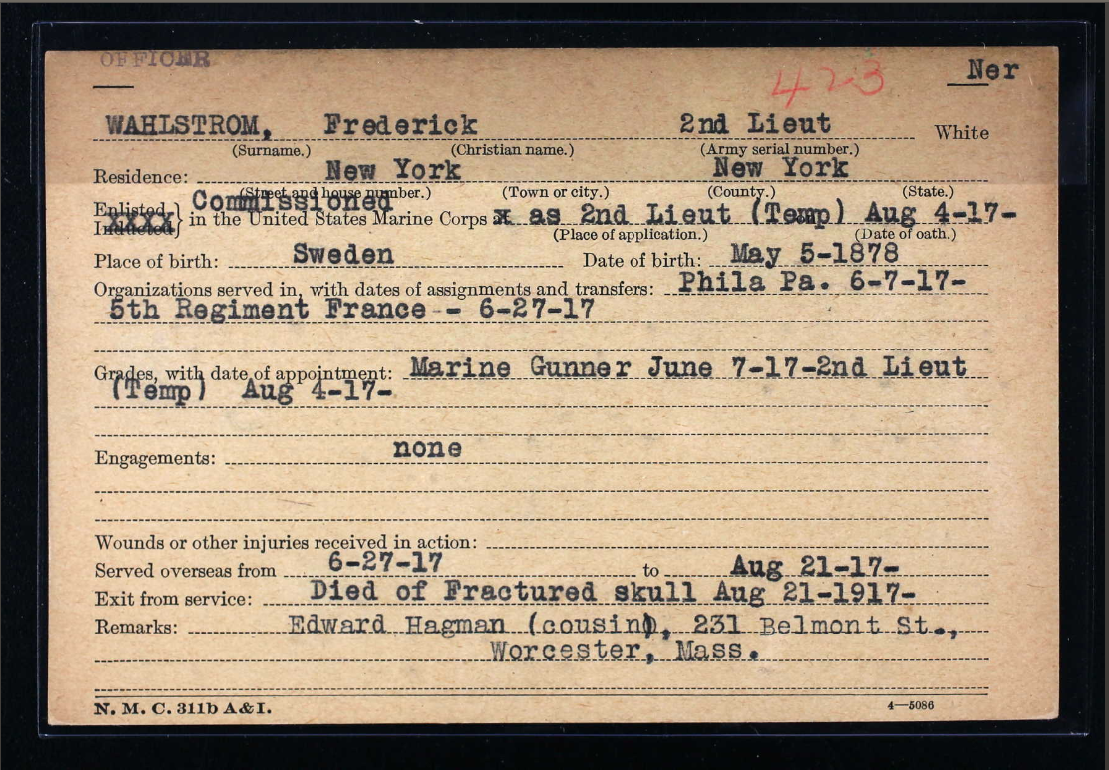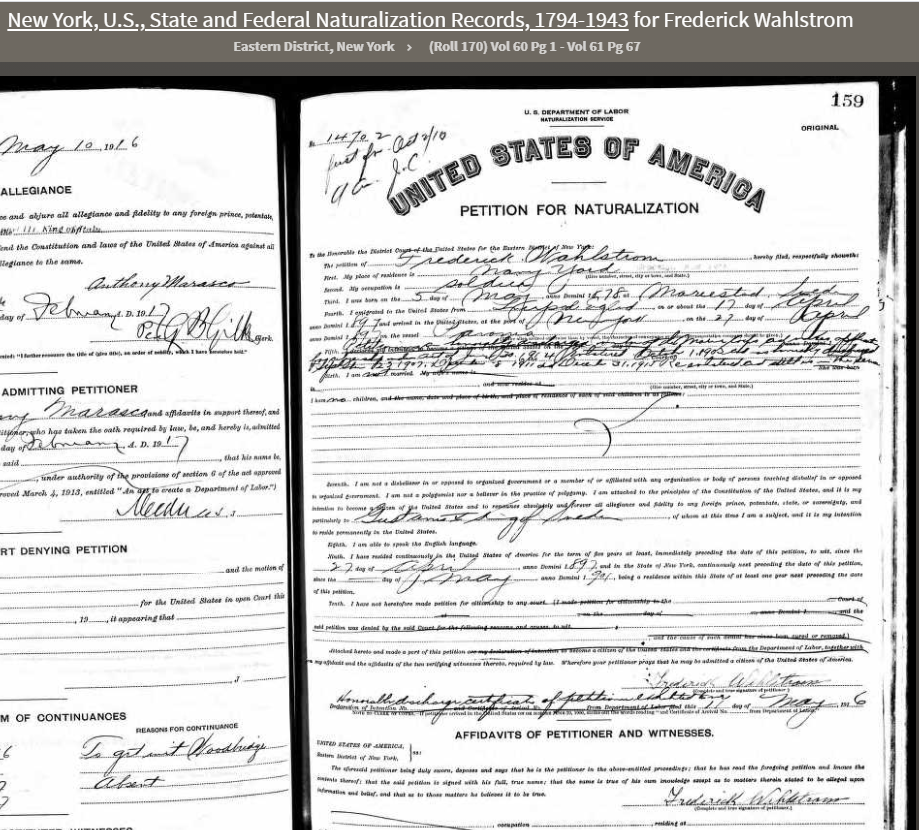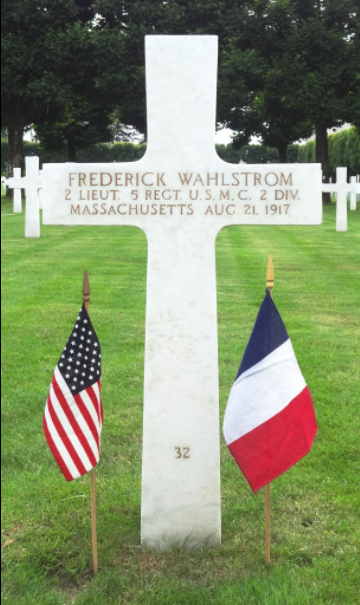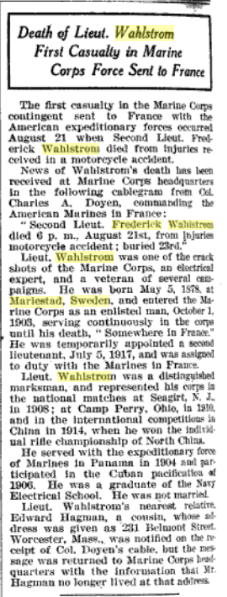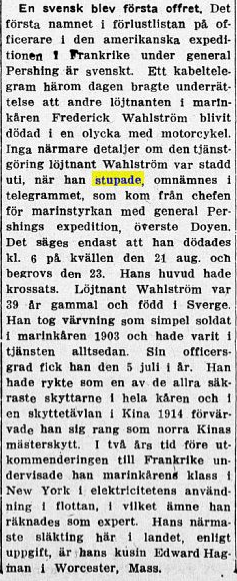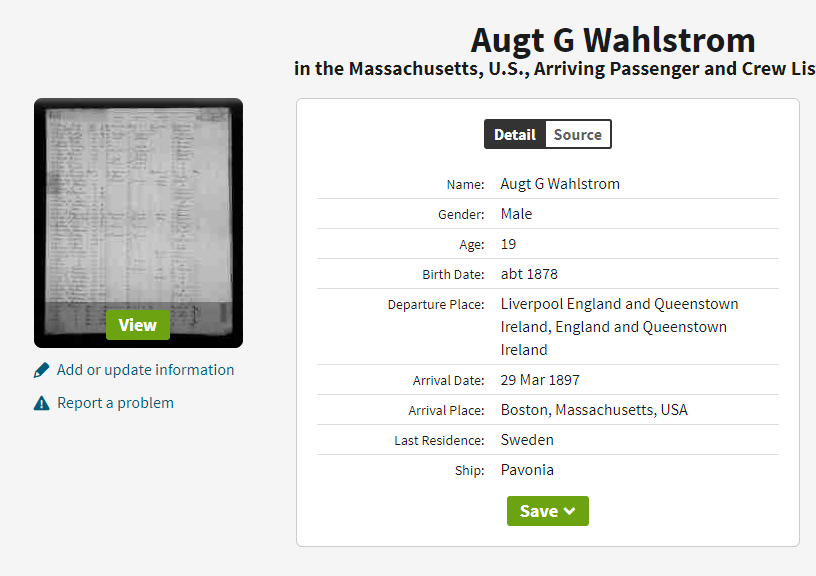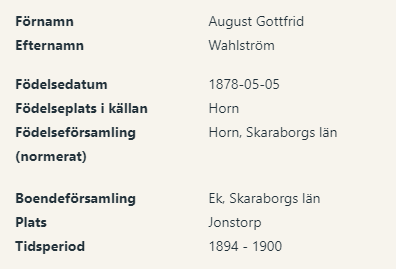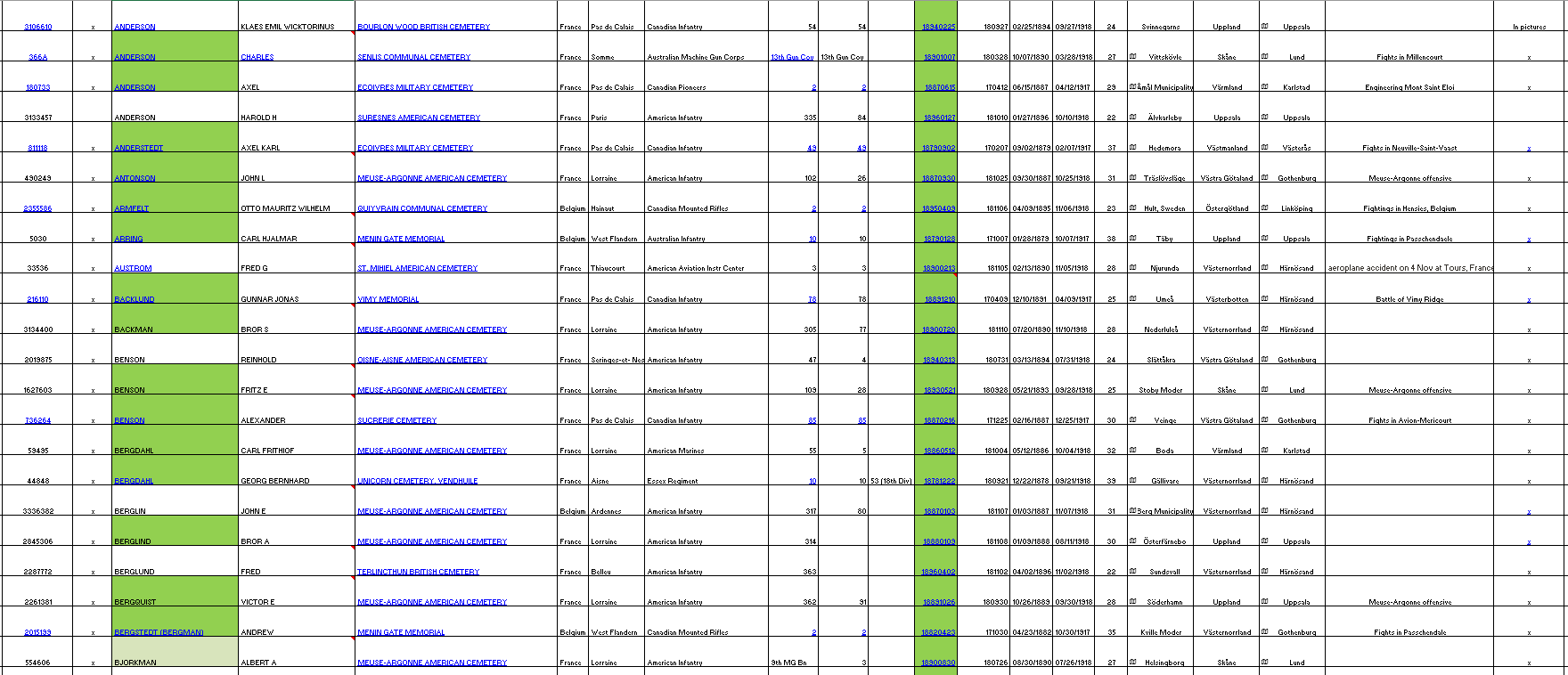A week at the battlefields goes very fast, I am now home again after spending a time in Belgium, both with some leisure but also some trips to the battlefields to follow up the Swedes who fell at the Western Front, within my ongoing project. The last post was about those Swedes who fought for the the Canadian Forces in the area and this post will cover the terrain and places where those who fought for AIF are supposed to have been fallen. Please join me.
We will start from the northern part and go south. Note that thye photos of any old trench maps are from the terrain, and may not cover the speciific time period connected to the soldier.
Augustus Wood – Hans Sebastian Hansson Killed in action
Hans Was born in Malmö, Skåne, Sweden December 24, 1890.
7261 Pvt Hans Sebastian Hansson – 35th Australian Infantry battalion – October 12, 1917
Hans belonged to the 35th Australian Infantry Battalion, that this day, october 12th 1917, was fighting in vicinity of Augustus Wood near Passchedaele. The battalion lost over 400 men this day. Due to the losses the battalion were forced to withdrawn and be built up again for the next upcoming months. Hans was killed this day, age 26, and are buried at Tyne Cot Cemetery.
Dairy Wood Area – Carl Flodström Killed in Action
Carl was born in Nederluleå, Västerbotten, Sweden, March 26, 1883
3076A Pvt Carl Flodstrom – 13th Australian Infantry battalion – October 21, 1917
Carl Flodstrom are assessed to have been near the area of Dairy Wood, mentioned in the Intelligence summaries and in the patrol reports. Carl is killed in action 21st of october 1917 in the battle of Passchendaele. Carl is commemorated at the Menin Gate Memorial in Ypres.
Broodseinde Ridge – Oscar Wikström Killed in Action
Oscar was born in Helsingborg, Skåne, Sweden January 8, 1897
2271A Pvt Oscar Wikstrom – 50th Australian Infantry battalion – October 15, 1917.
Oscar Wikstrom fights with his unit around Broodseinde in the third battle of Ypres, which started on October 12, 1917. Oscar was buried in the masses of grenades that hit nearby. He is found injured by his comrades but dies of his injuries within an hour. They bury Oscar on the spot, but do not mark the spot. Oscars are not found, as many others are not found in this region. He died October 15, 1917 and is remembered in Menin Gate in Ypres. October 1917 was the worst period for the AIF during the entire war.
China Wood – Tage Ferdinand Ågren (Richardson) Killed in Action
Tage was born in Nosaby, Skåne, Sweden, July 14, 1890
Killed in Action from trenches near China Wood 10th of October 1917. The diary states that they received light caliber fire from the area between China Wood and Anvil Wood, and the place at the map are the place where Tages unit could have been. Tage is not found under the name Agren (Ågren), as he was called another family name, Richardson, which you find under the R page in the cemetery folder. He is buried at The Huts Cemetery near Dikkebus, southwest of Ypres.
2085 Gunner Tage Ferdinand Agren (Richardson) – 102 Field Artillery Battery – October 10, 1917
Celtic Wood – Carl Hjalmar Arring killed in action
Carl was born in Täby, north of Stockholm, Sweden.
The diary states that the unit were in the area of Celtic Wood, and it can also be the place where Carl was killed in 7th of October 1917. Carl surname wasnt found in any archive, but finally I found him under Eriksson in the church book, that mention all his other data, and he lived in the part of Täby that was called Arninge, and probably he took that name after the region he came from. Carl Hjalmar has no known grave and is commemorated at Menin Gate Memorial in Ypres.
5030 Pvt Carl Hjalmar Arring – 10th Australian Infantry battalion – October 7, 1917.
Anzac Ridge – Johan Eriksson Killed in Action
Johan is born in Norberg, Västmanland, Sweden January 17, 1894.
Johan Eriksson falls in battle in the area between Railway Wood and Anzac Ridge October 5th, 1917, before the battalion retreats to Steenvorde. The day before the British fights in the battle of Broodseinde north of this place. Battle of Broodseinde Ridge starts on October 4, the day before Eriksson dies in battle, and his position is judged to be between this place and Broodseinde Ridge. Johan does not have his own grave, and is therefore mentioned on the wall at Menin Gate memorial in Ypres.
3105 Pvt Johan Henrik Eriksson – 27th Australian Infantry battalion – October 5, 1917
Ravine Wood – Larch Wood – Eric Larson Killed In Action
Eric was born in Lindesberg, Örebro, Sweden.
Eric Larson fought for the 4th AIF Infantry battalion in the area of Ravine Wood and Larch Wood. By the time he was killed he was attached to the divisional baths, and in that situation killed in action 22nd of March 1918. It has been hard to find any information about that type of unit, but as far as I understand, he was transported to this unit after have been wounded, for some more easy duty. Eric is buried at the Lindenhoek Chalet Military Cemetery, one of two Lindenhoek Cemeteries.
7017 Pvt Eric Larsson – 4th Australian Infantry Battalion – March 22, 1918
In my next post I will cover the story about two Swedish born soldiers who fought for the Canadian units, Peter and Edward, who fought in the Area of Sint-Juliaan, north of Ypres, in 1915.

